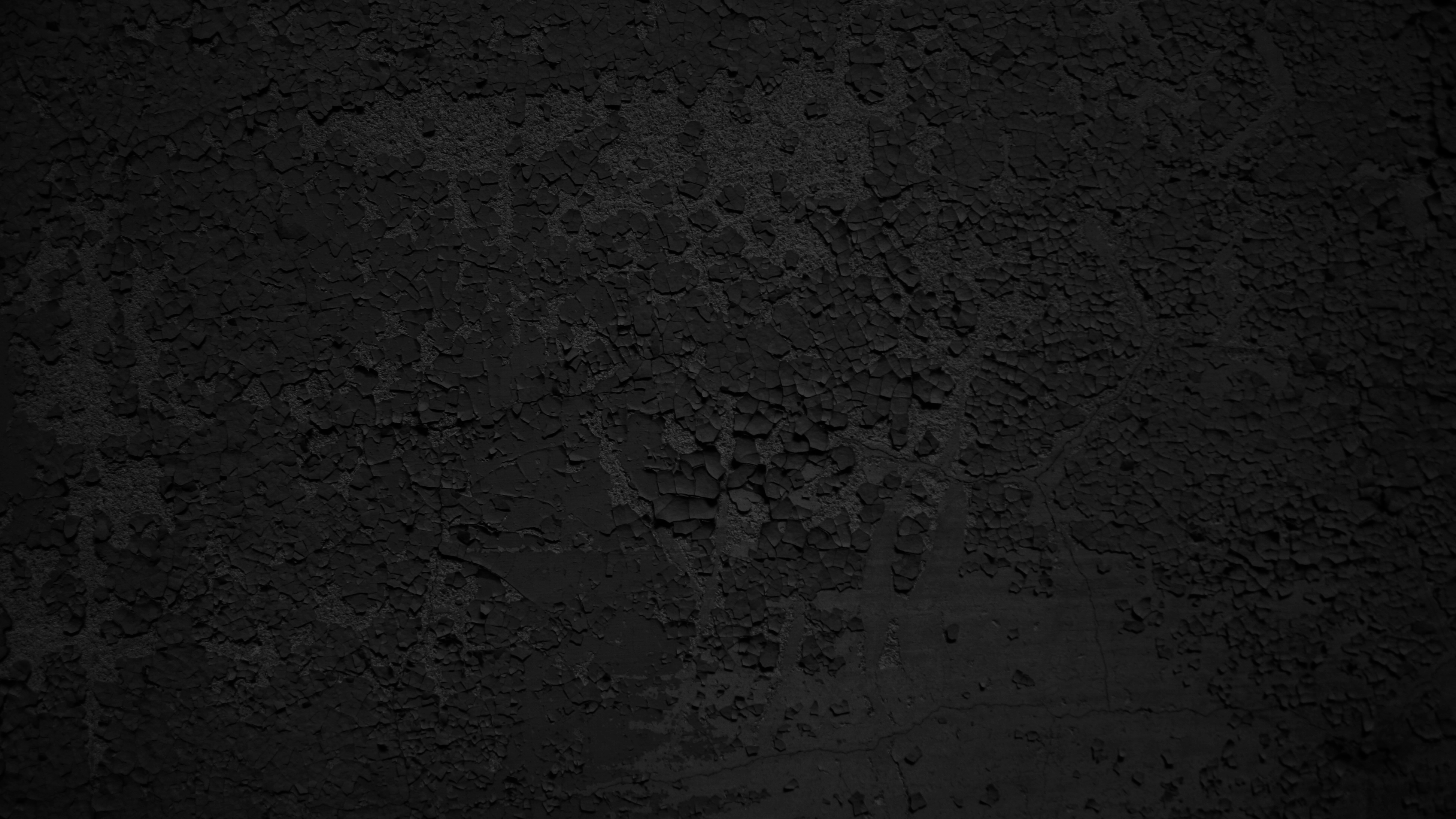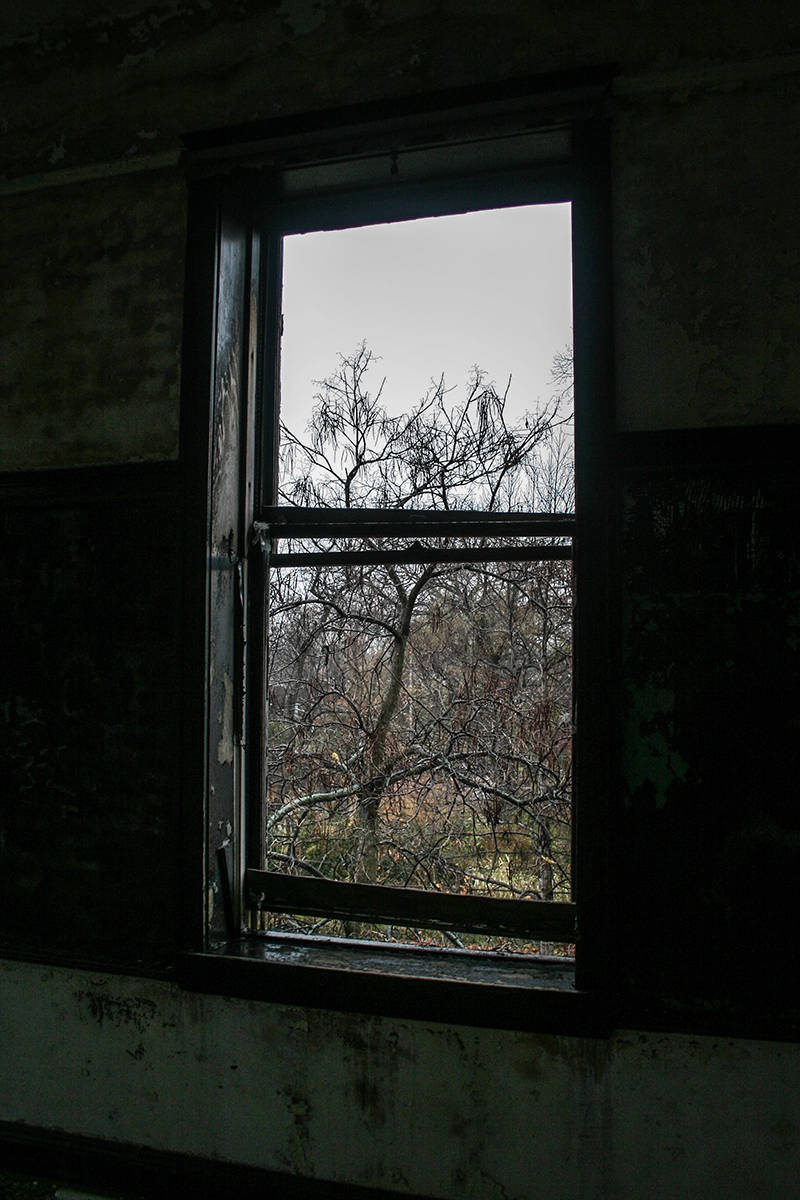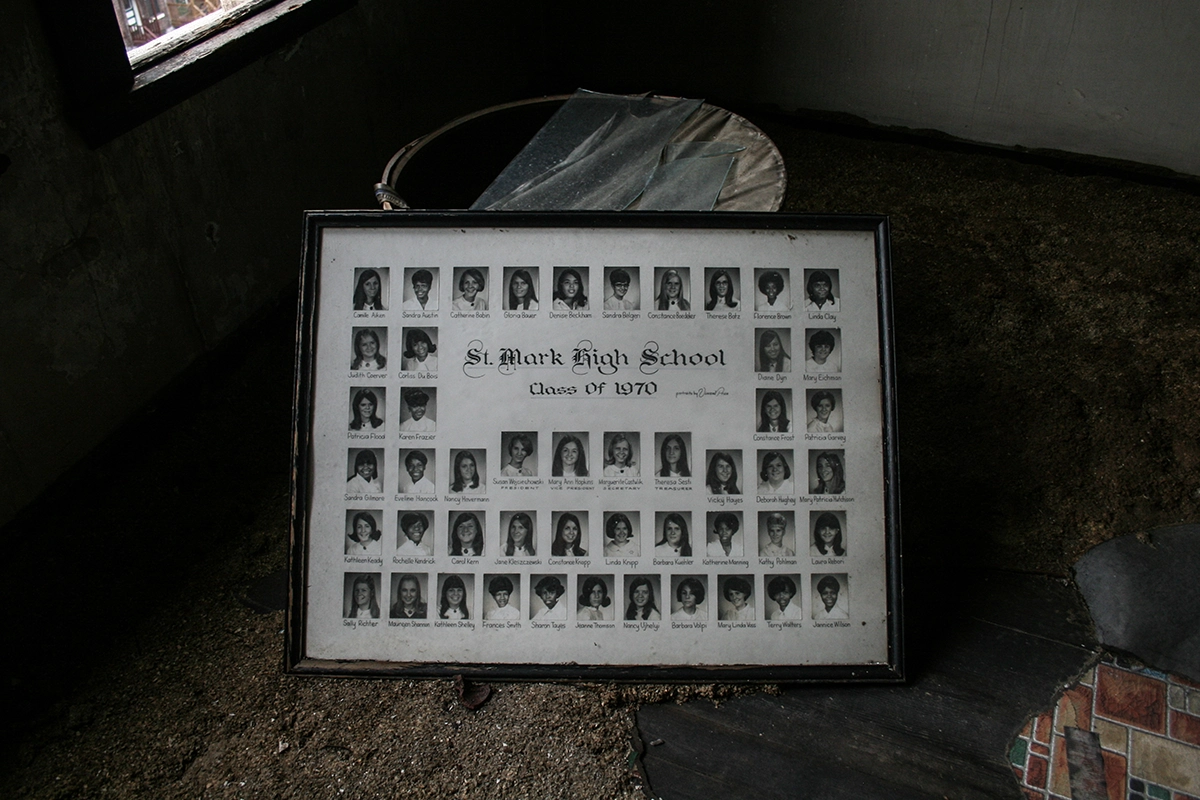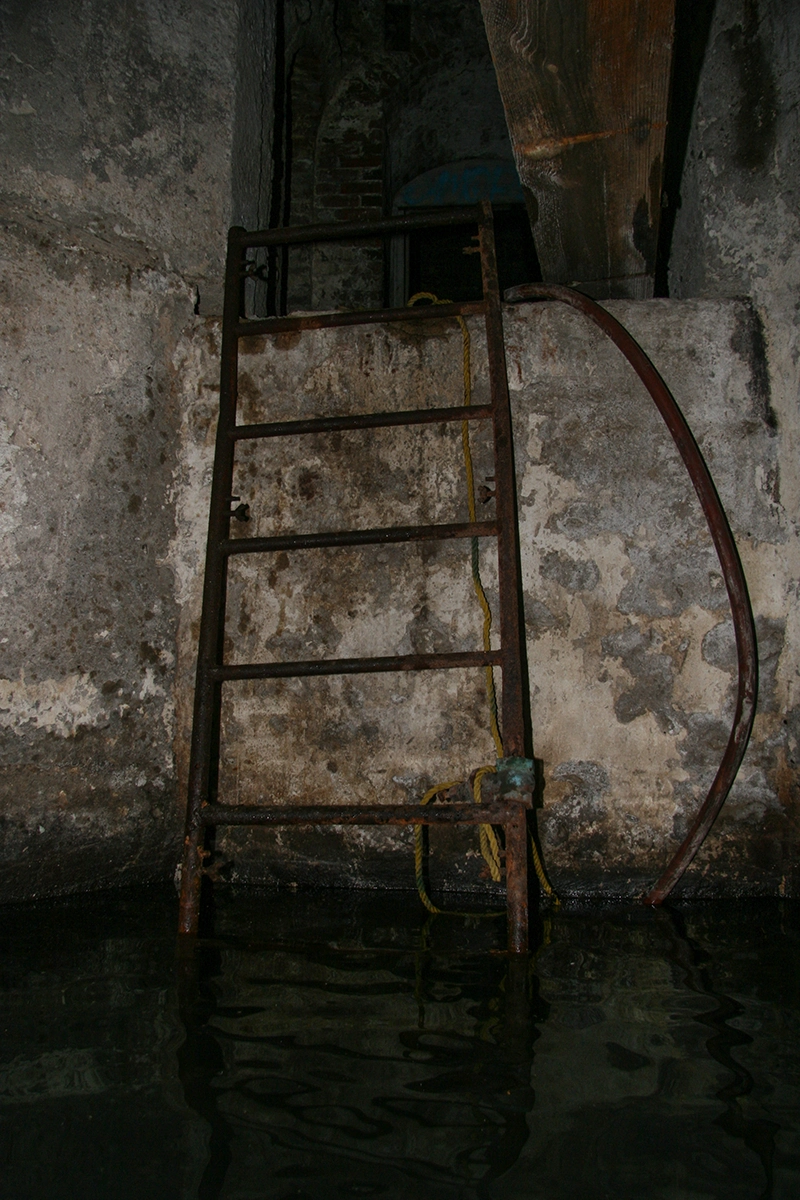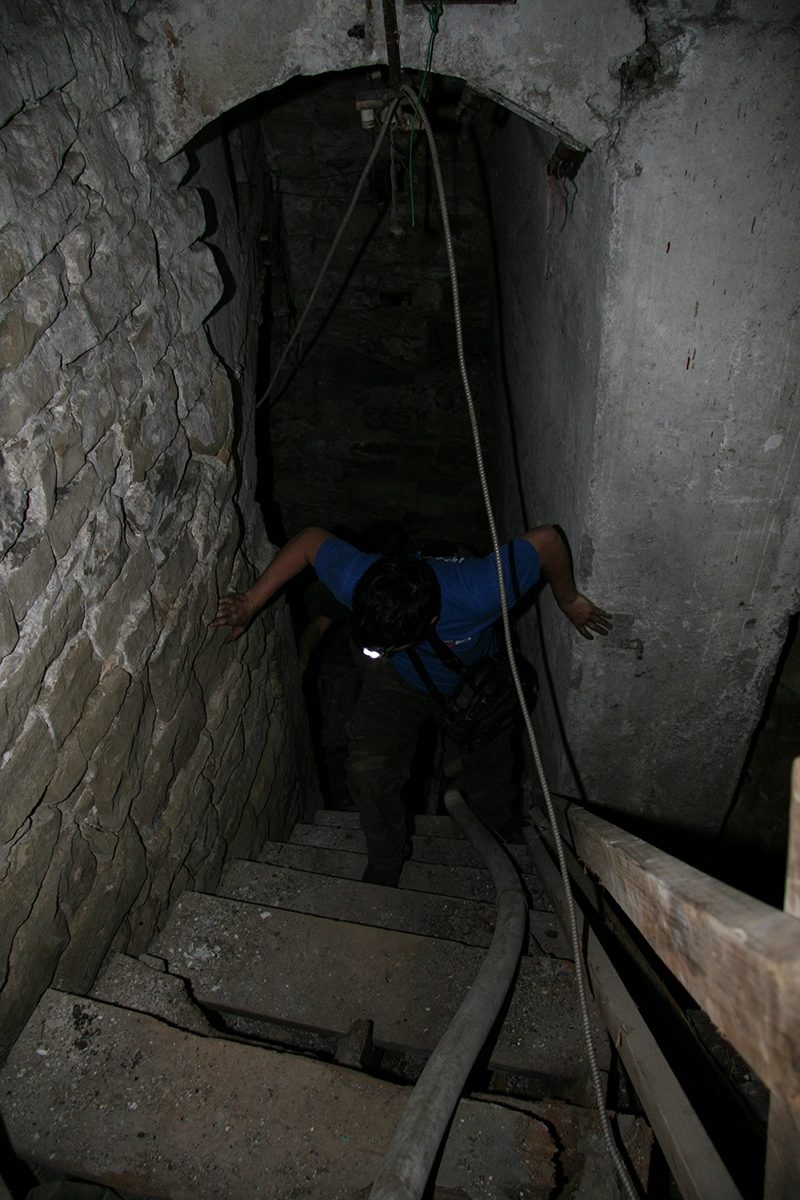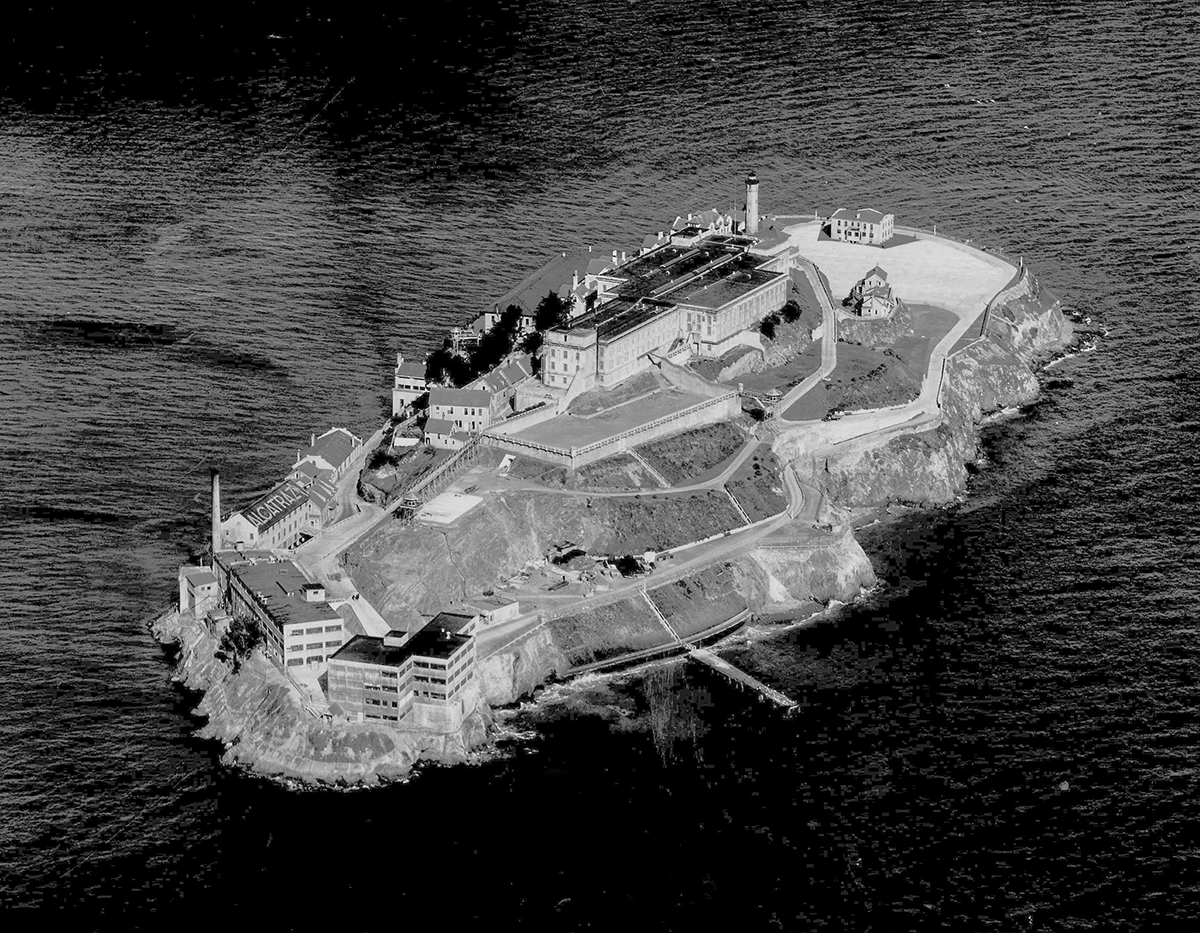Sunday, November 20, 2011
St. Mark's School was constructed in 1909 and features Gothic Revival architecture. This all-girl's school opened on September 15, 1909 with 180 pupils. In 1910, the Sister-Teachers formed a High School department due to the lack of available all-girl high-schools in the area, forming St. Mark's Academy. The education was highly regarded and students came from as far as St. Ann and Glasgow Village, Missouri to attend school here.
St. Mark's was always funded solely by the members of its congregation or through the cost of tuition. But their numbers began to decline throughout the 1960s as more people moved out of the city and fewer women chose religious vocations as nuns. Ultimately, it closed its doors in 1975 due to lack of funding.
Source: NROHB
Historic Photos of St. Mark's School Saint Louis
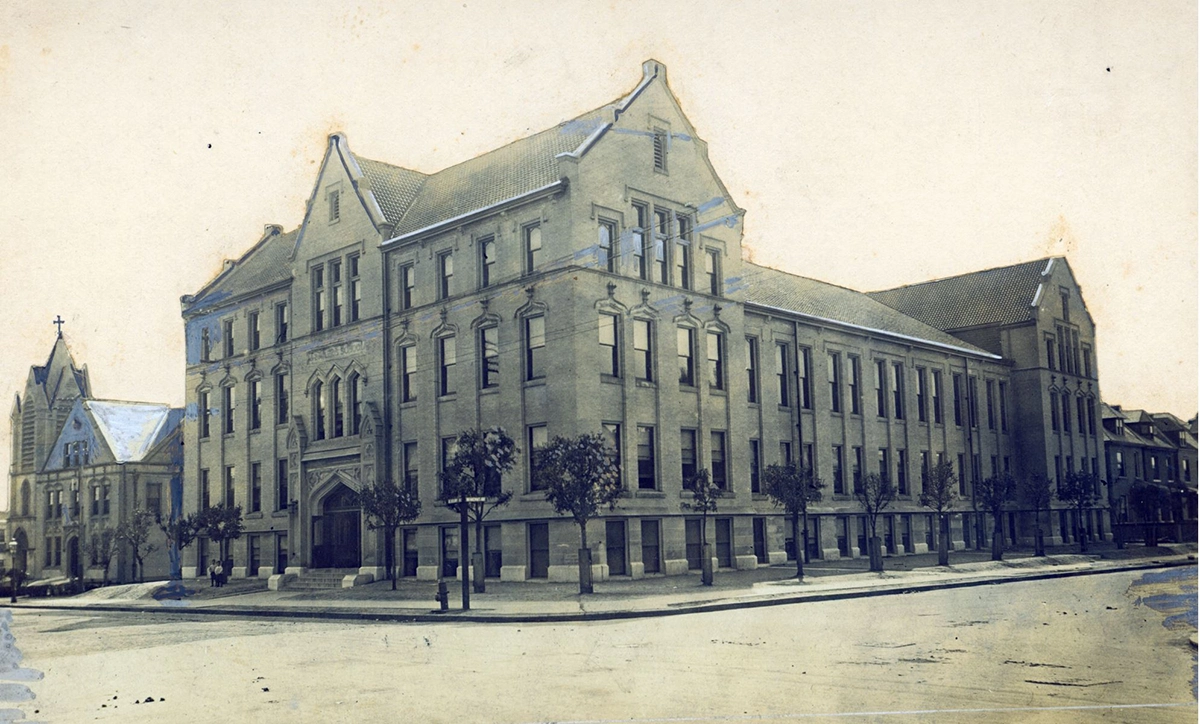
Begin Historic Photos
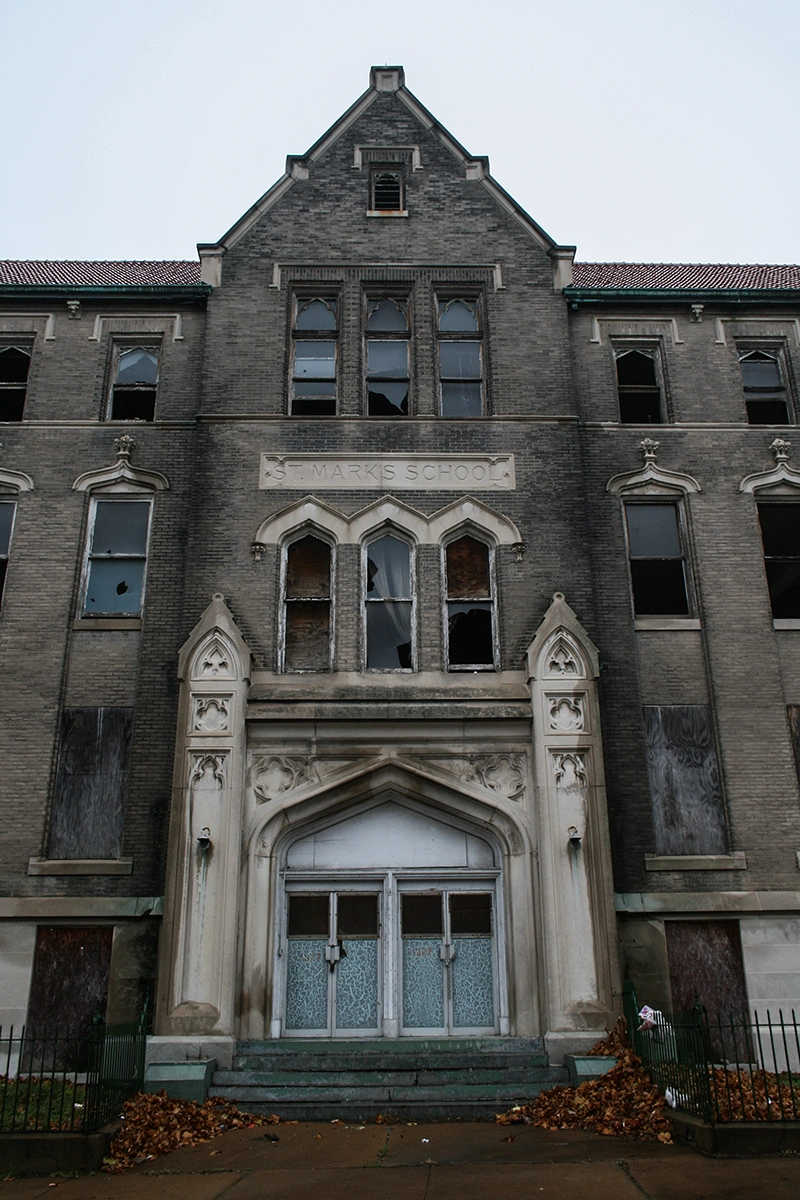
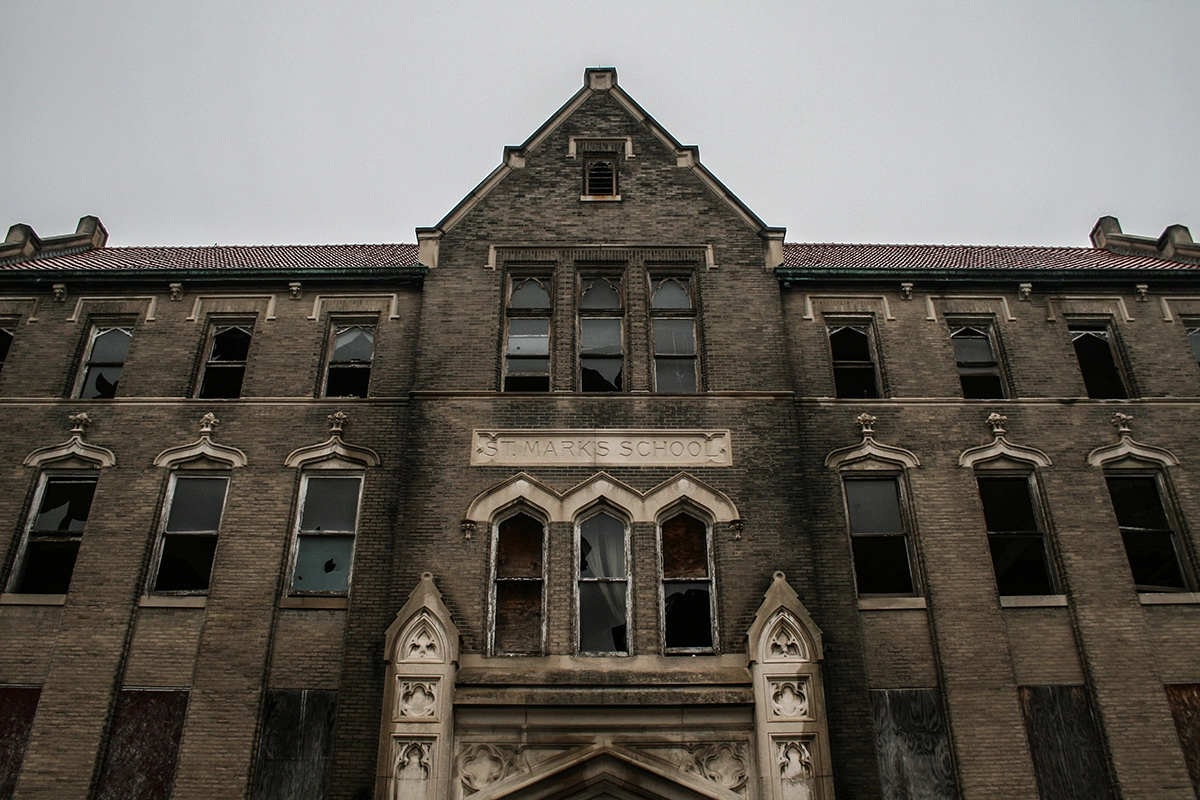
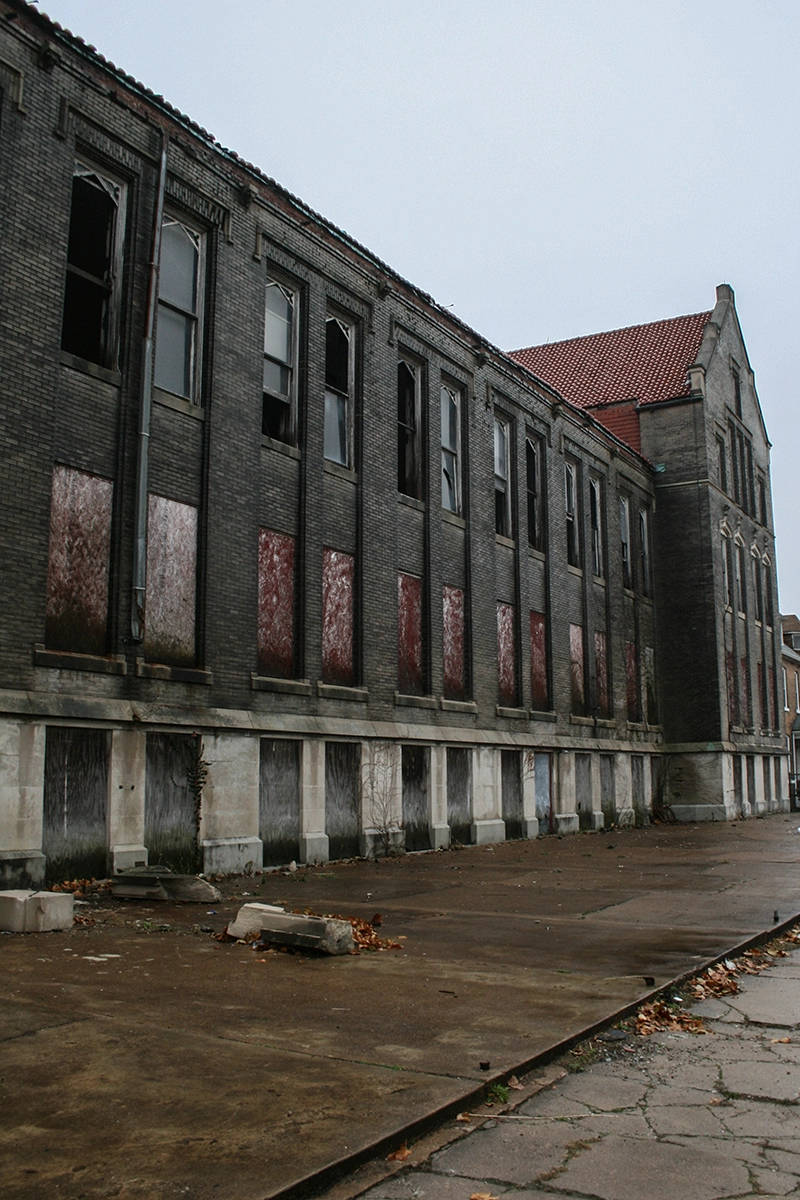
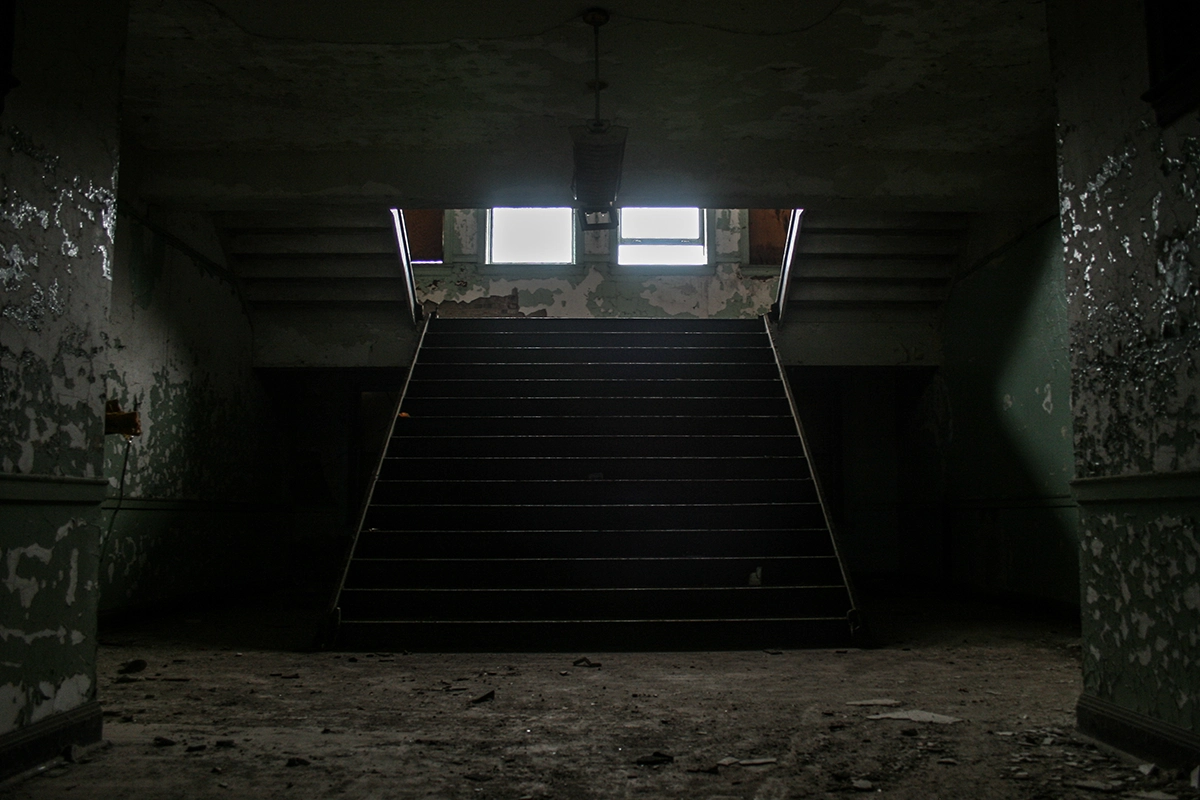
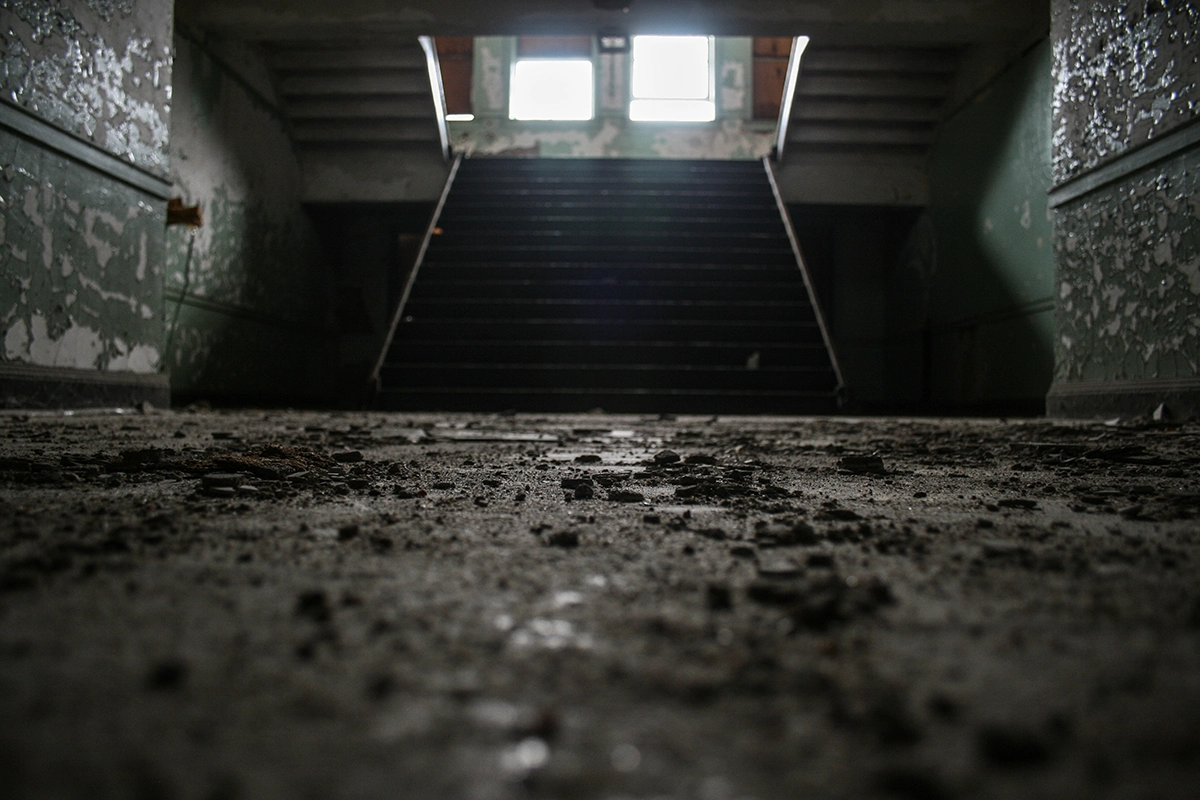
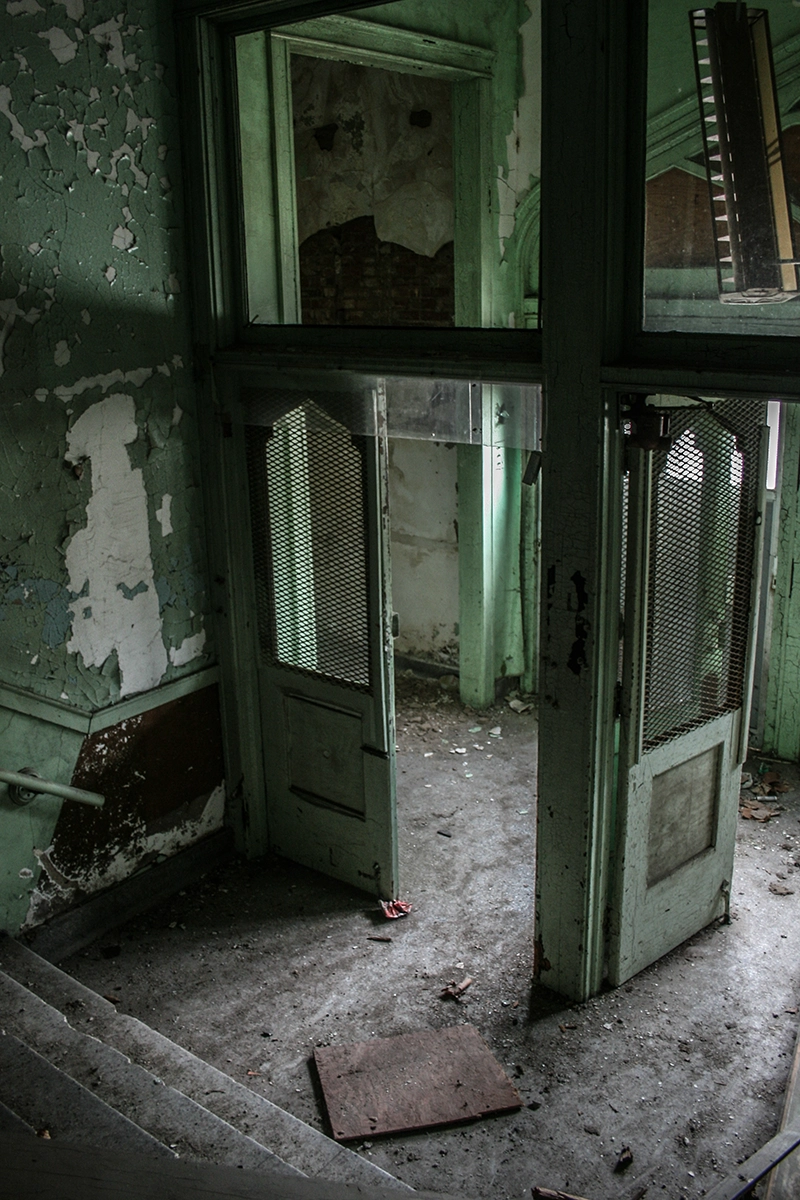
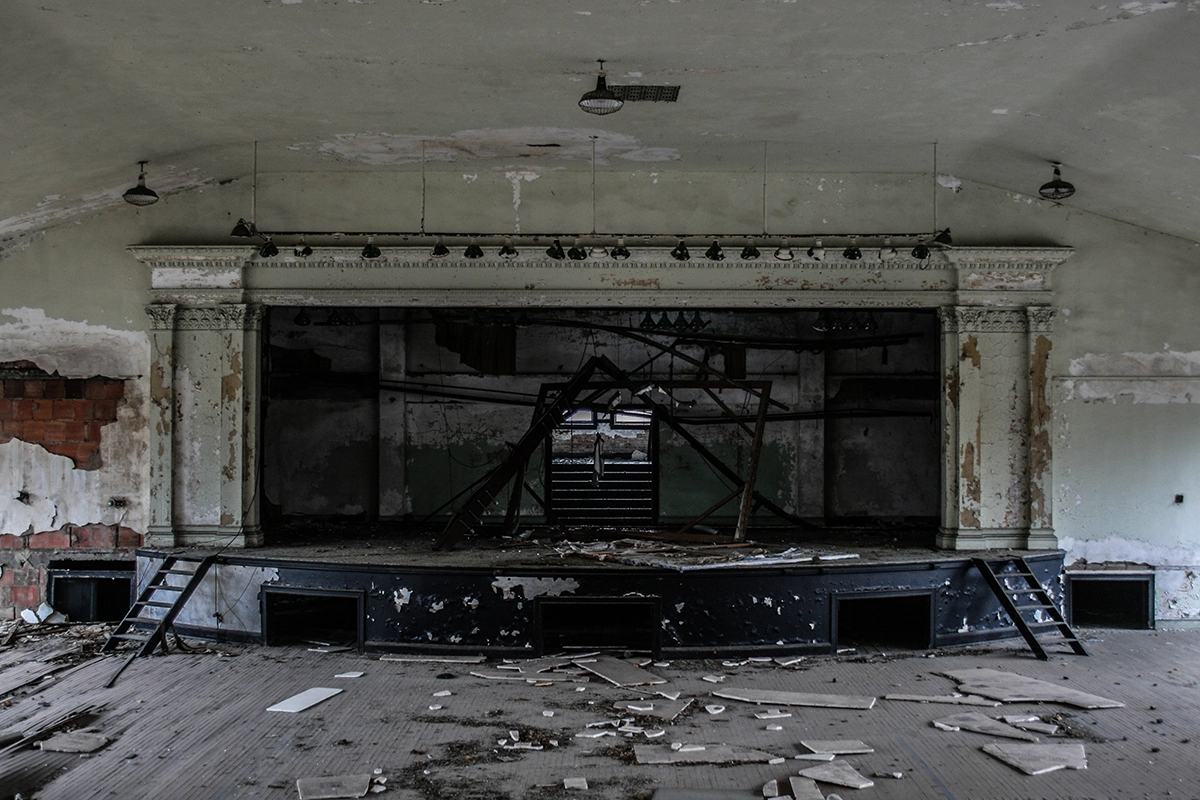
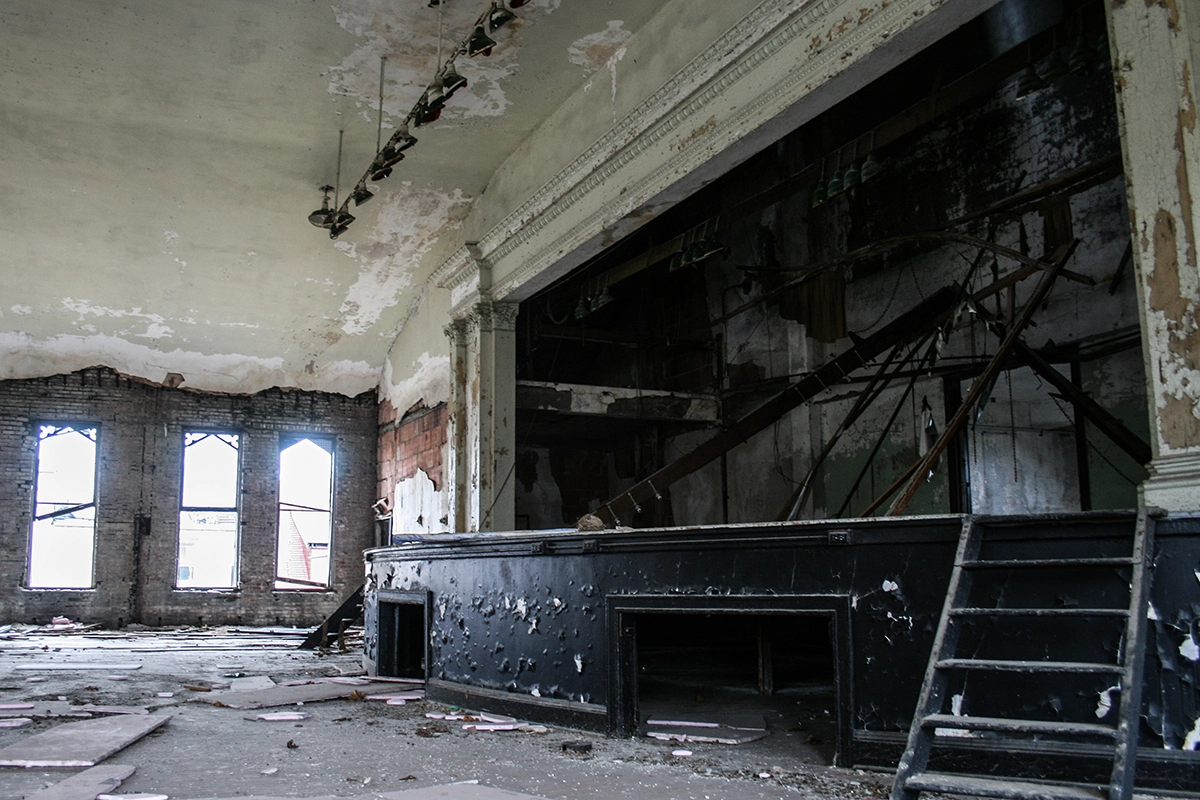
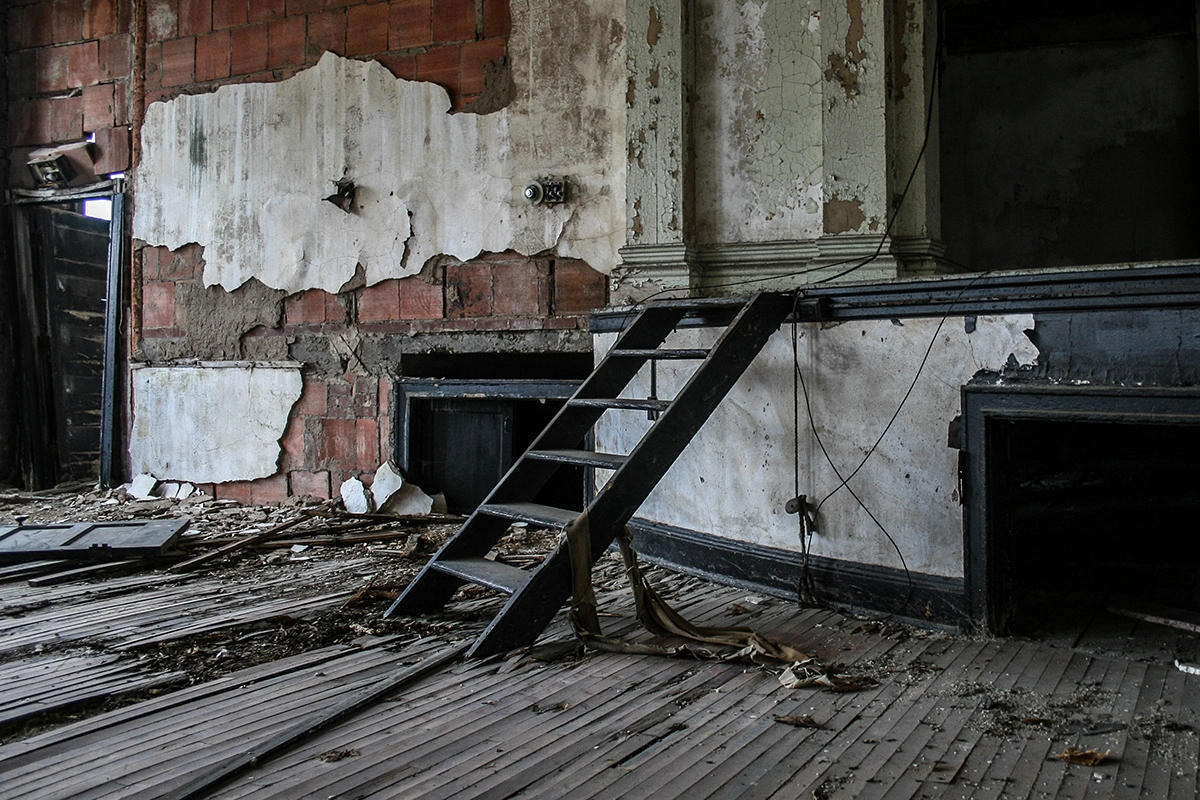
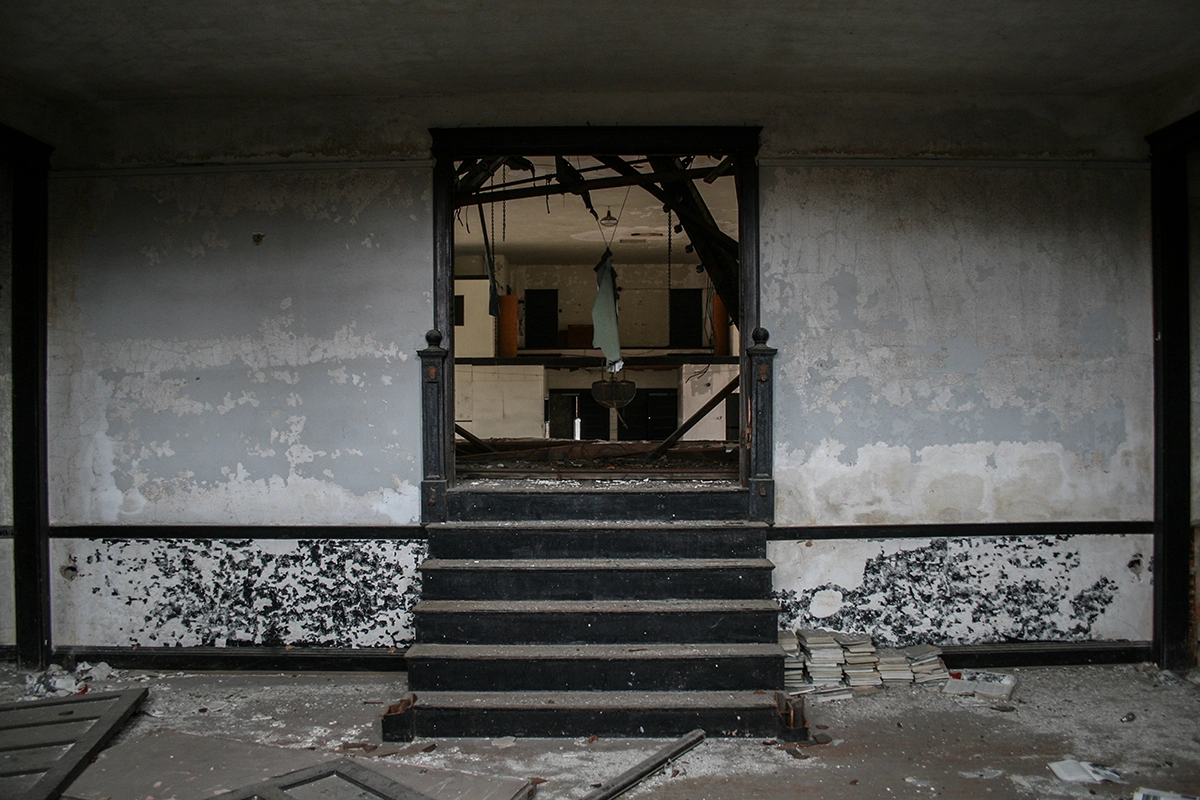
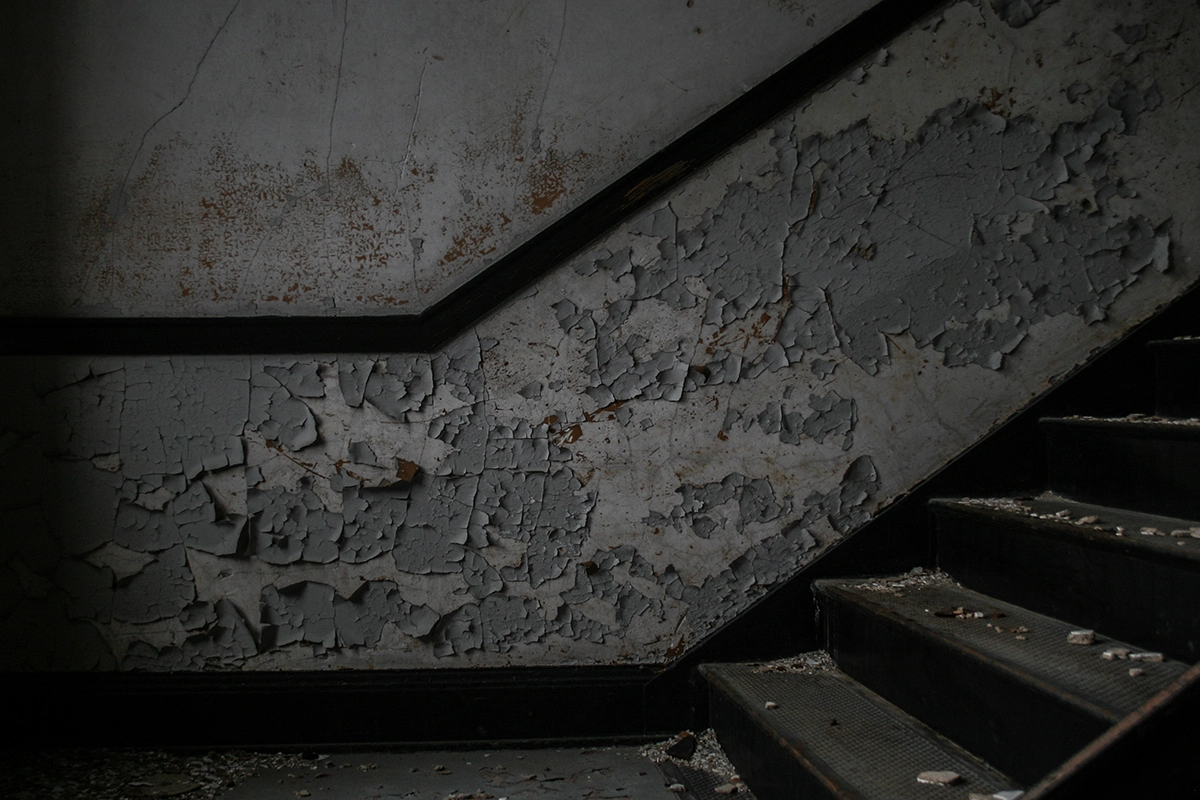
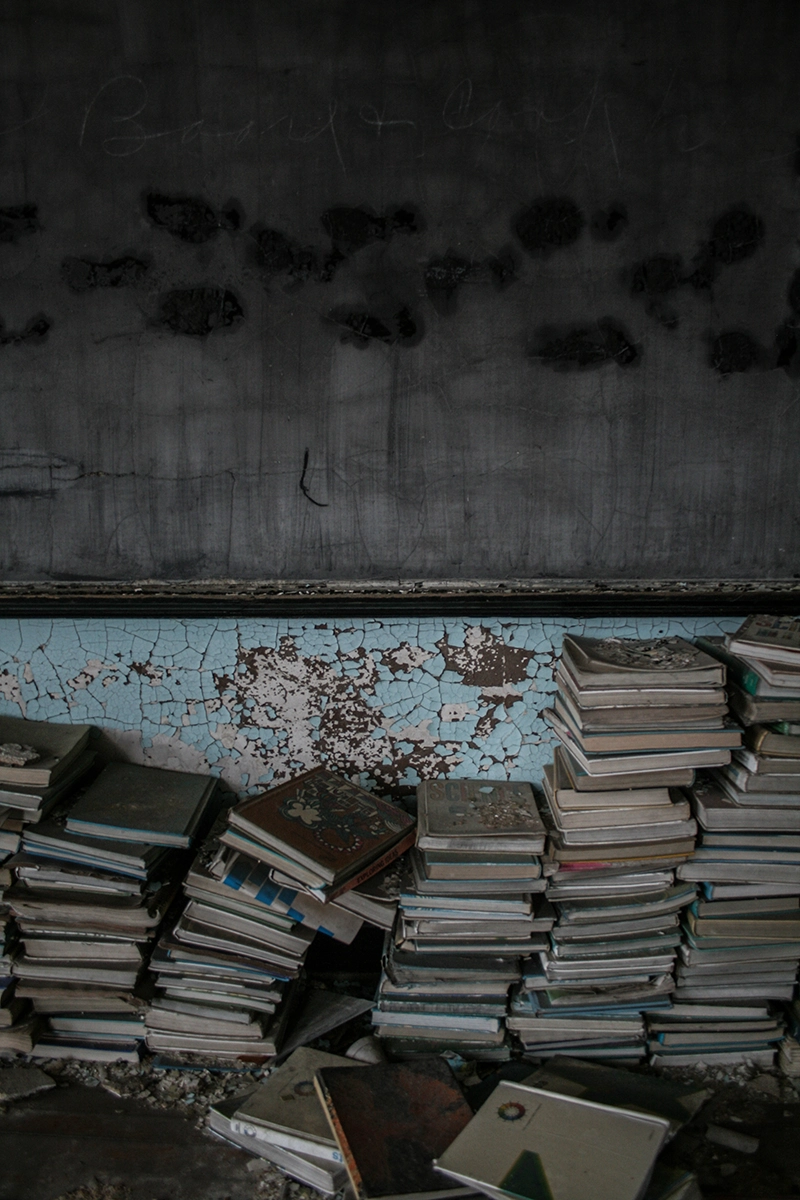
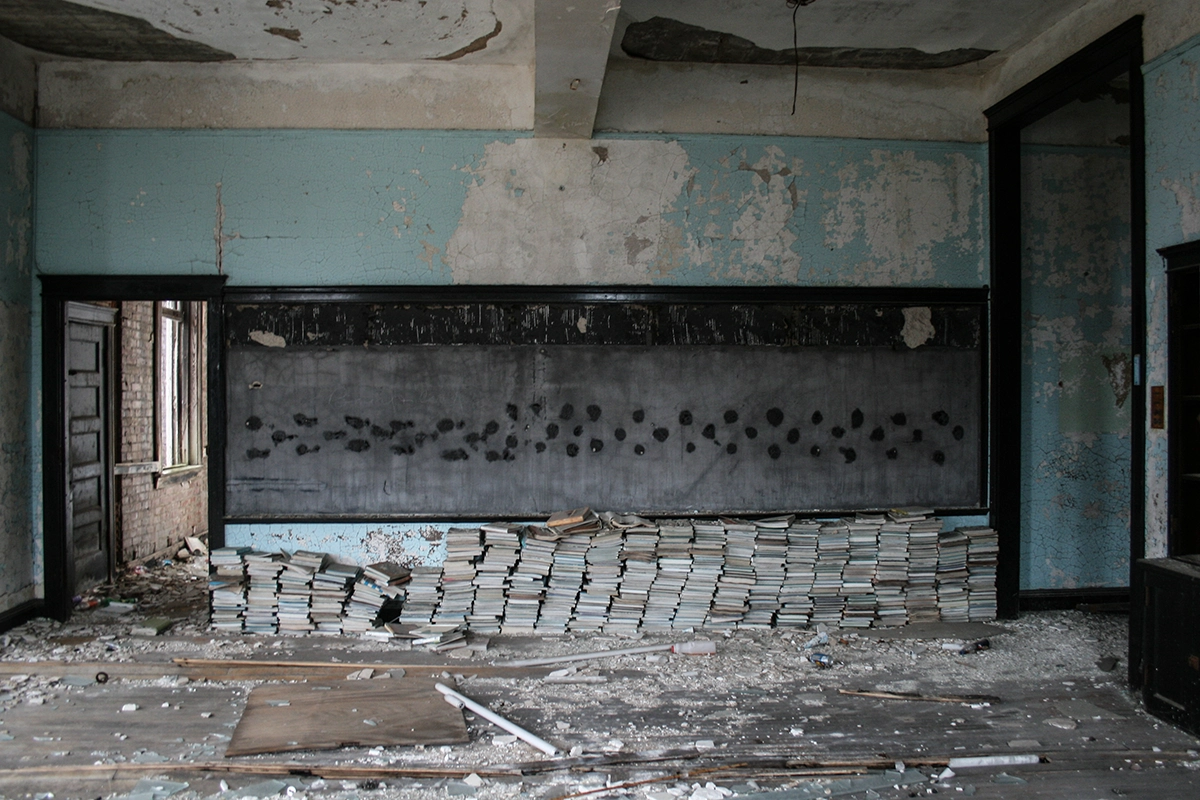
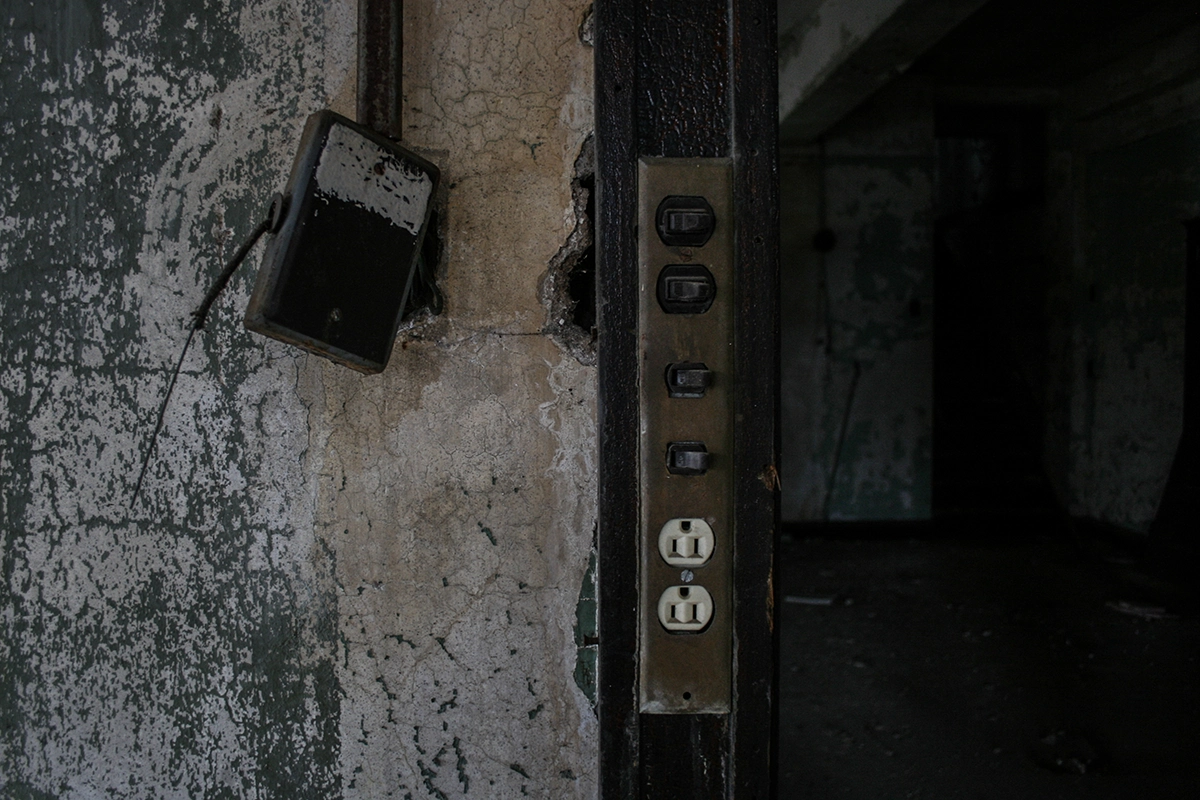
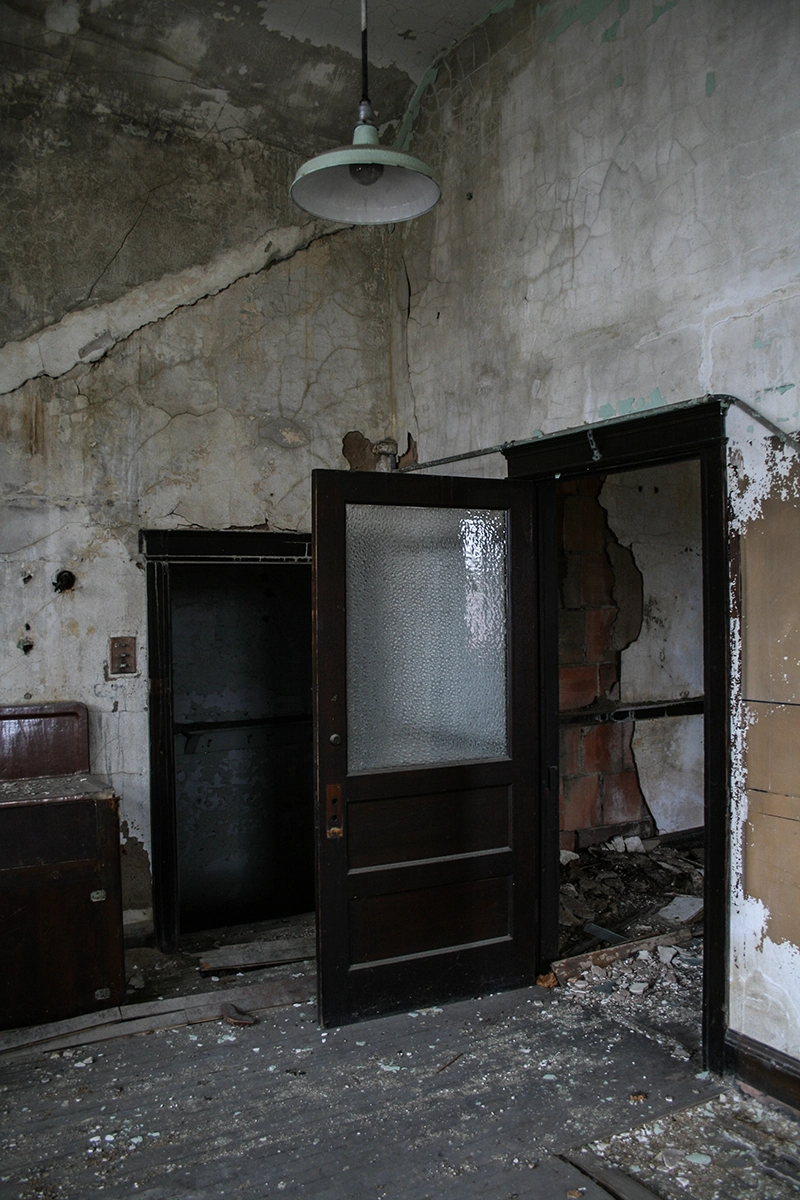
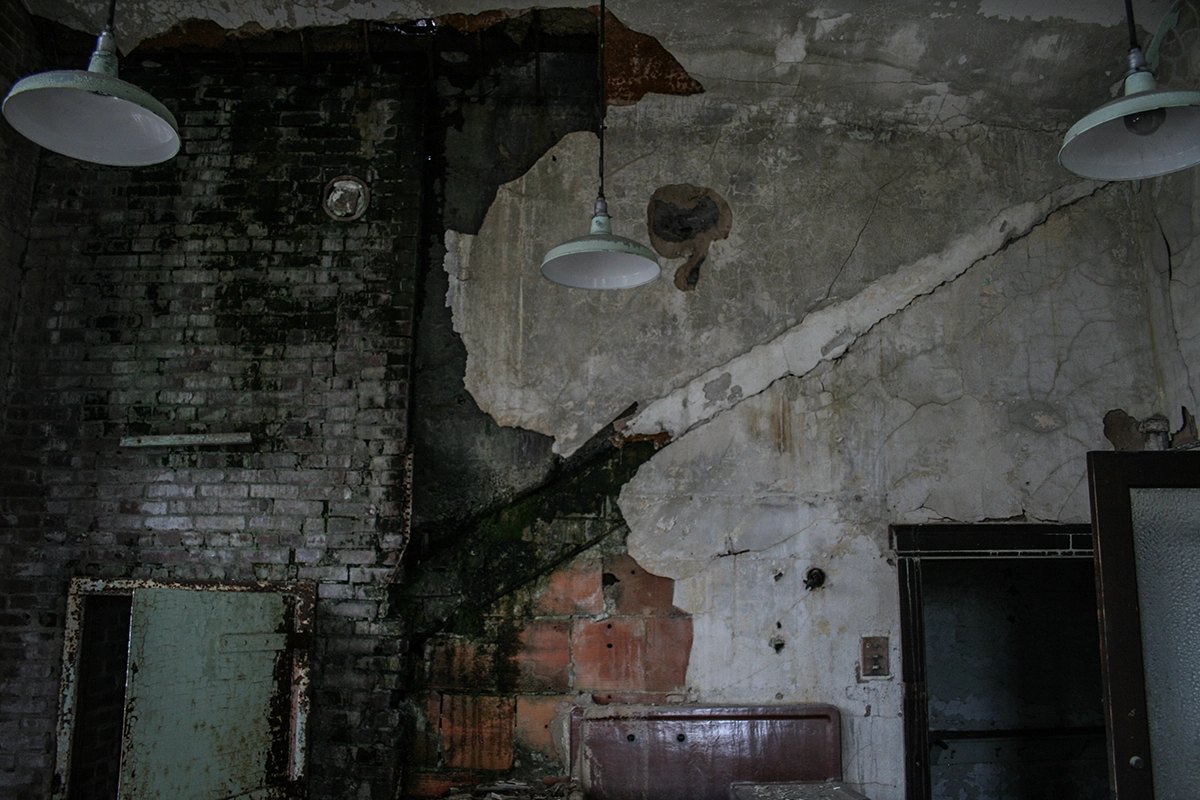
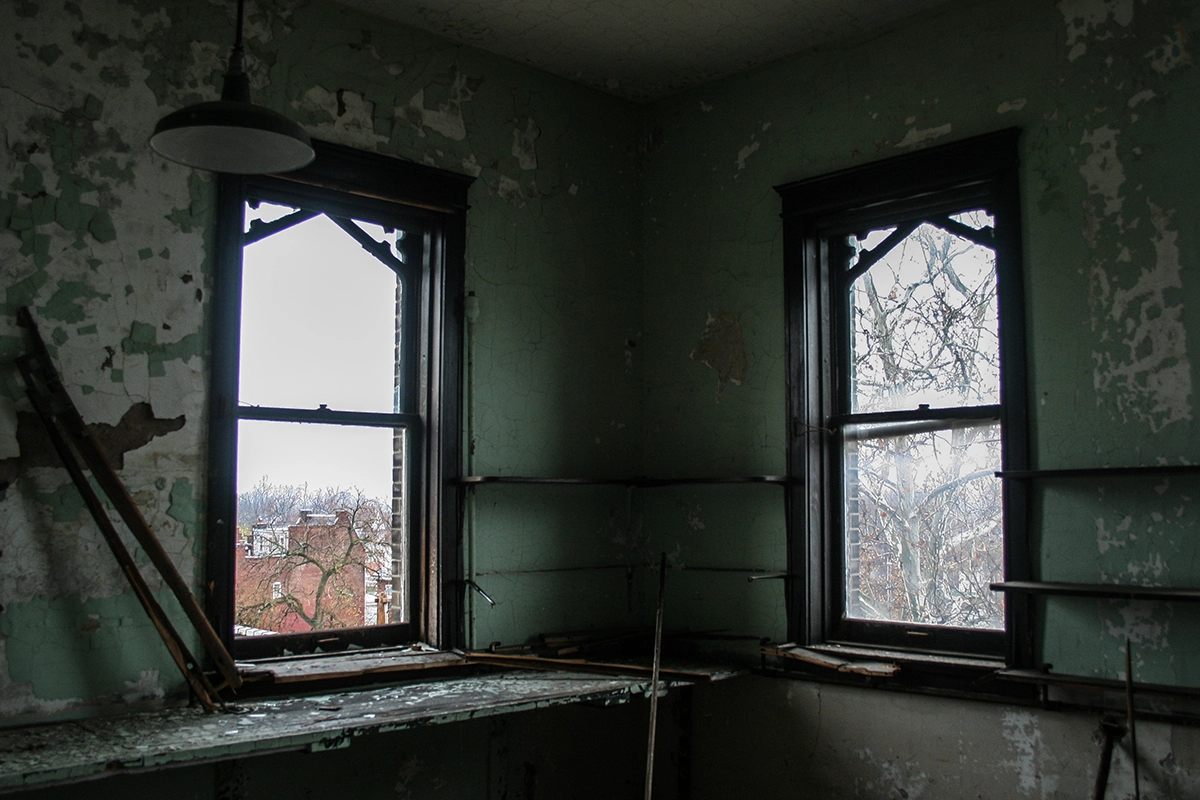
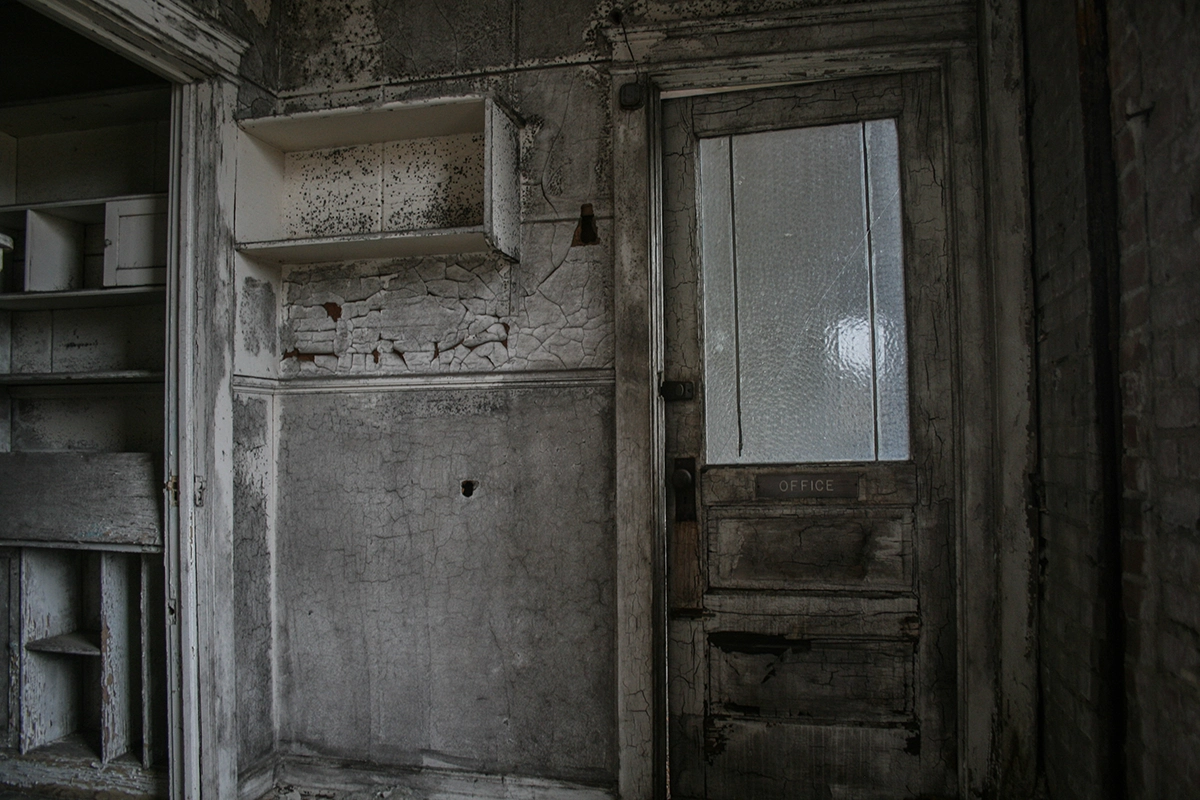
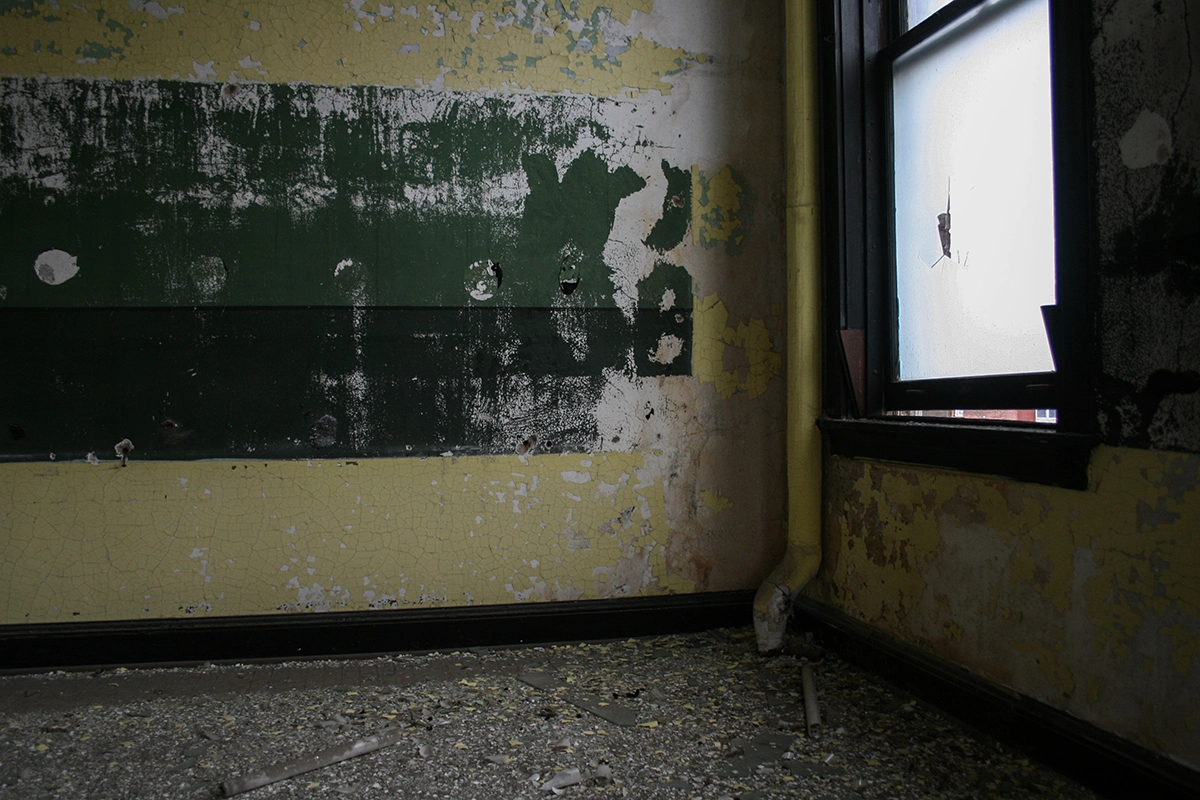
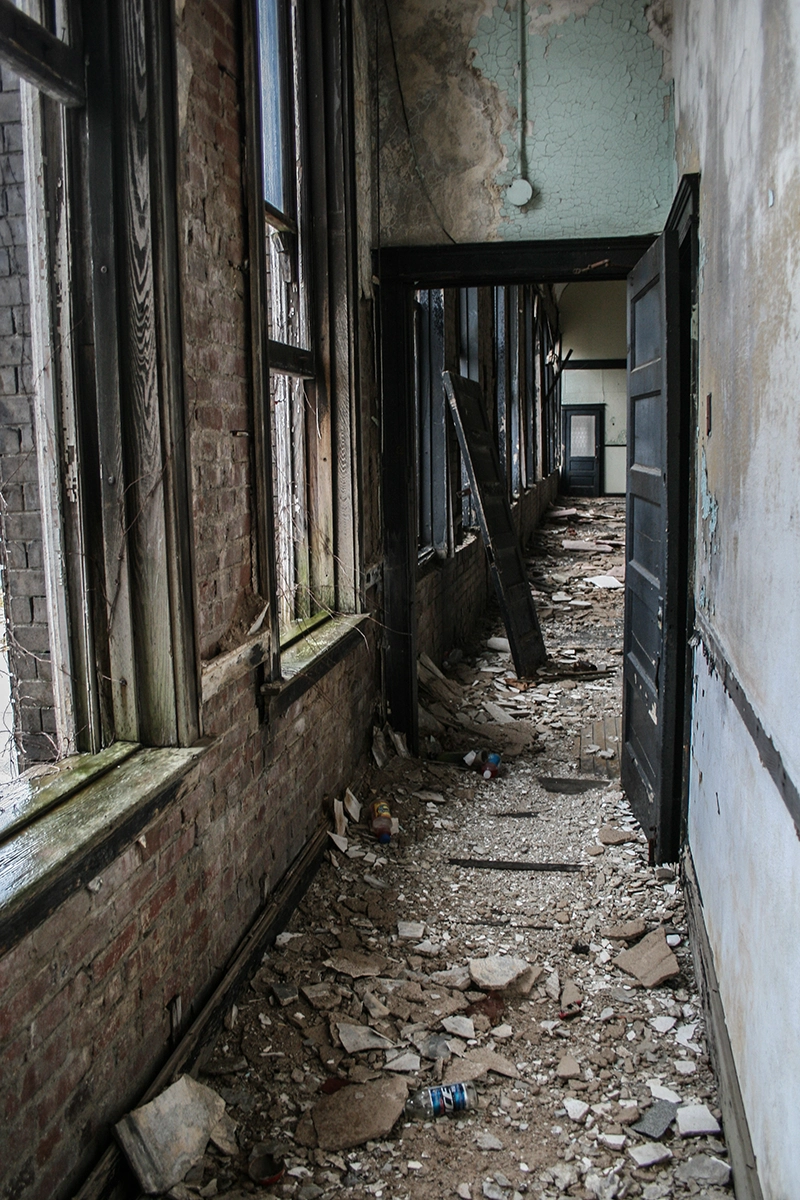
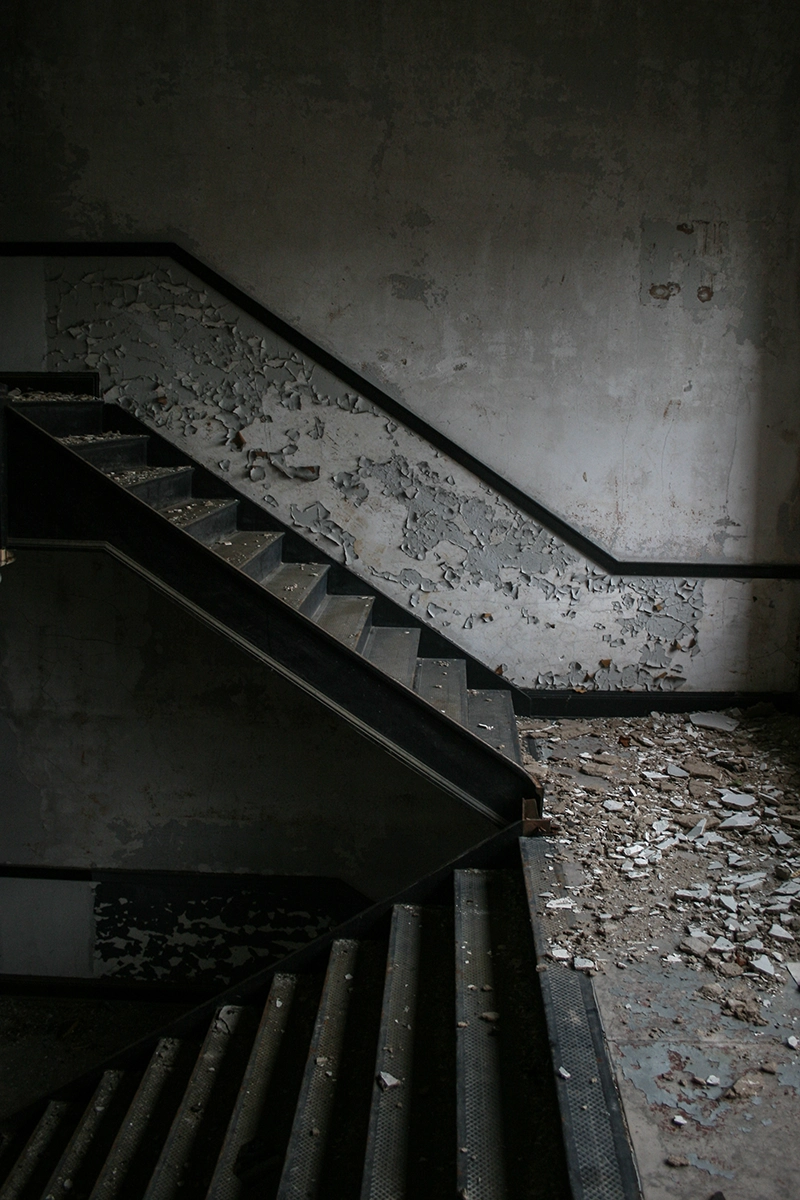
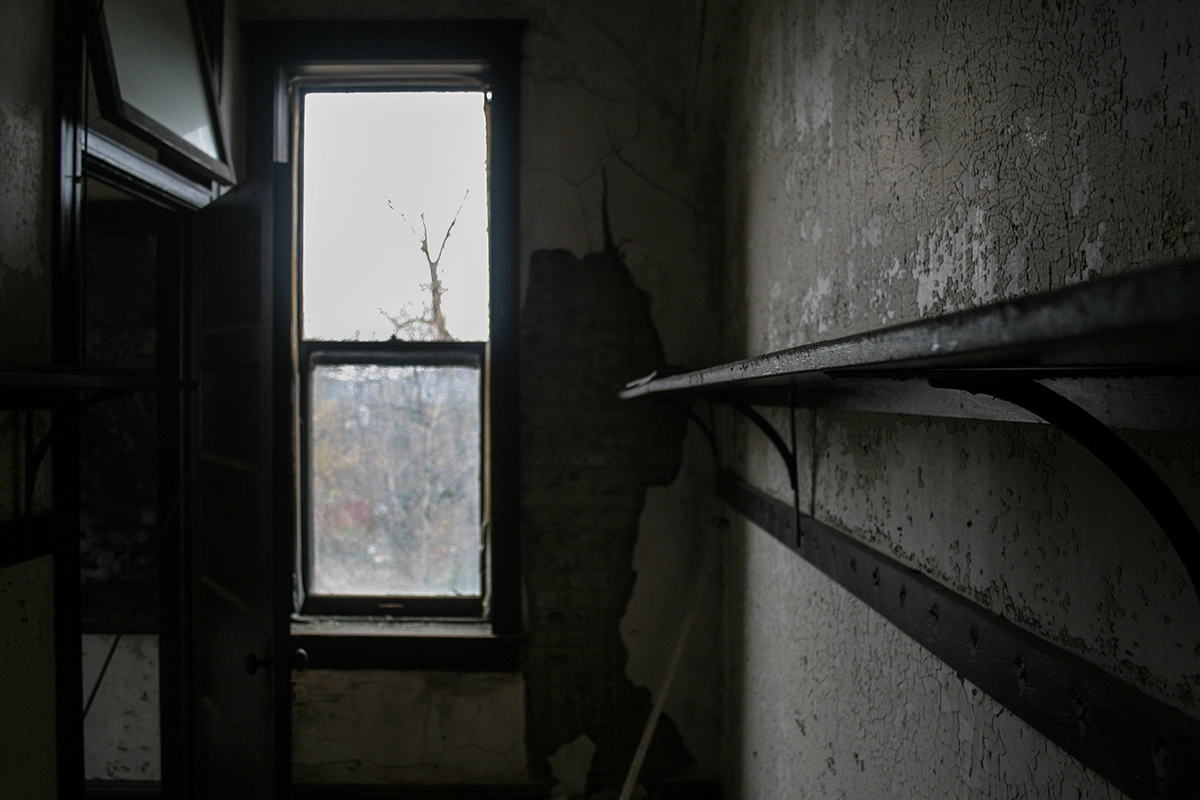
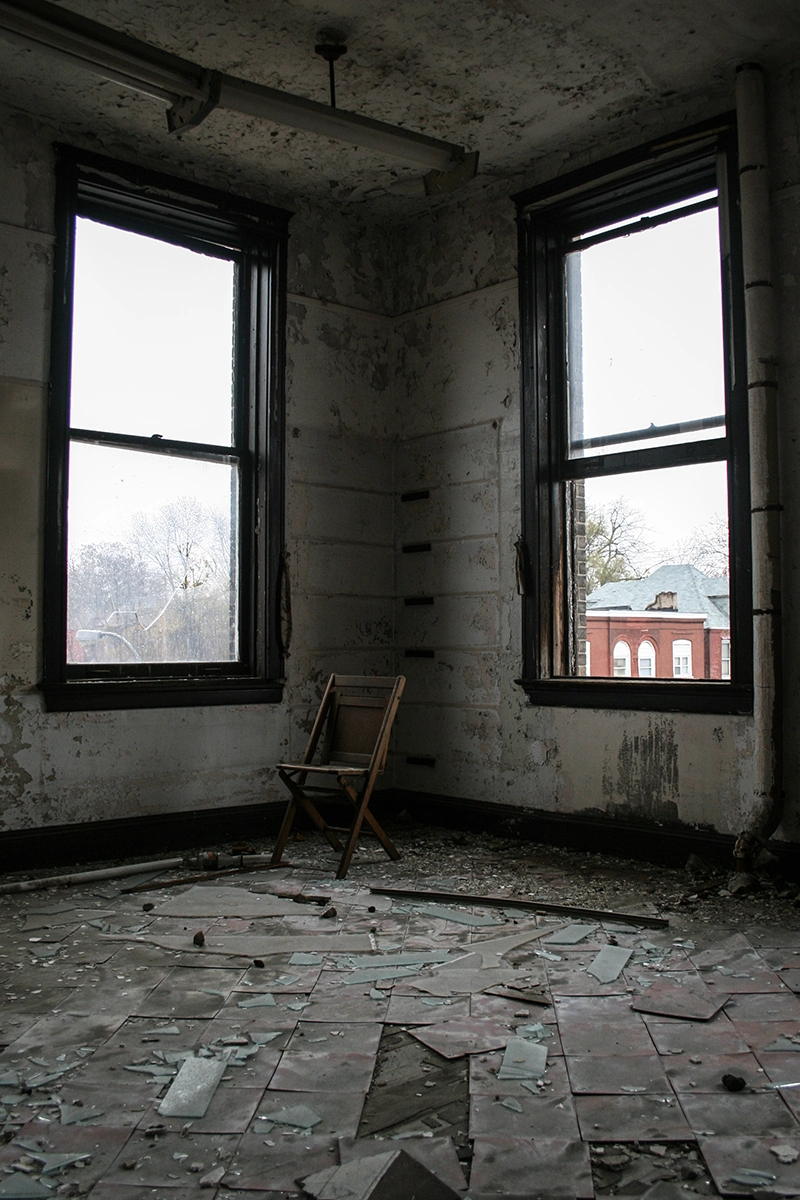
Labels: abandoned, catholic, saint louis, school, sublunar, urban ruins, urbex
Friday, November 4, 2011
This is the site of the former Falstaff Brewery Plant #10 in Saint Louis.
This location was originally home to Wm. Stumpf's Brewery, and was constructed in 1853. The name Stumpf remained throughout various partnerships and acquisitions until 1877 when the short-lived Thamer Brewing Company took over. Two years later, Anton Griesedieck came into the picture, but ownership would revolve around between The Miller Bros, The Saint Louis Brewing Association and the Consumers Brewing Company before finally returning to the Griesedieck Bros.
In 1920, Joseph Griesedieck approached his good friend William J. Lemp II, of the renowned Lemp Brewing Company with his offer to buy the rights to the Falstaff name as well as the familiar shield logo. He managed to work out a deal with Lemp to brew his famous Falstaff beer at this facility. Under Griesedieck control, the company continued to thrive-even enduring beyond prohibition-until 1957 when it became The Falstaff Brewing Company.
The next 18 years marked the peak of success for the brewing giant. All that would change, however, when on April 28th 1975 a man named Paul Kalmanovitz bought out controlling share of Falstaff Brewing Company. Under Mr. Kalmanovitz, the company value plummeted, they laid off thousands and abandoned and subsequently demolished many former historic breweries which Falstaff had bought out over the years. Pabst, a former competitor with family marriage ties to the Lemps, was the last to produce Falstaff. The beer's life finally ceased on April 15, 2005 when Pabst brewed the last batch of Falstaff. Almost the last batch anyway, they are rumored to make very small batches of Falstaff every once in a while to keep the rights/trademark alive.
The Falstaff Brewery was designed by the renowned architectural firm E. Jungenfeld and Company. The same firm designed many breweries around the country including the Anheuser-Busch Brewery as well as many others throughout the late 1800's-early 1900's. Their work includes impressive brickwork and cornices, numerous tall arched windows and heavy iron staircases. A feature which makes this location unique is the natural spring and small cave* which lies beneath the complex at the base of some very dangerous stairs. A small cavern is visible at the end of one of the barrel vault cellars from which the clear water flows. From the first cellar to the back end of the space, the water ranges in depth from a couple feet to probably 8 feet or more so the only way to properly explore Falstaff's flooded cellars is with a raft. On my first trip into the cellars, I waded through what I could in chest waders. The next time, we brought rafts and embarked upon an Underground Float Trip From Hell.
*The small cave is visible in the photos I took of the cellars. It's behind a small square opening low in the wall which is mostly filled with water. The cave itself appears to be only a few feet in depth/width.
As a result of the terrible leadership of Paul Kalmanovitz, this location is now abandoned and has been steadily deteriorating since that fateful day in 1977 when this plant was abruptly shut down.
Falstaff #10 has always been an iconic location. It has all the history and charm you would ever hope to find in a place to explore. Until it caught fire back in 2008, there was a large room stacked just about floor to ceiling with every single paper document Falstaff seemed to have ever acquired. There were manuals for every piece of equipment, company reports, etc. The floor was covered in old Falstaff stock certificates to the point that you were literally walking on top of piles of them. You could easily spend an hour just digging through that room, reading all about things that took place here. I always wanted to find the recipe. But everything in that room burned and was hauled off in a dump. There were various other more personal effects and interesting historical items left behind, too, such as a bottle of valium in the locker room and the calendar still hanging on the wall from 1977, when Falstaff shut down. But many of these relics have since been destroyed. As time wears on, this site is getting more and more destroyed through neglect, vandalism and the current owners who have scrapped just about every piece of metal that was left behind. A lot has changed even just since these photos were taken. But it remains one of my top favorite explores of all time.
Historic Photos of Falstaff Brewery Saint Louis
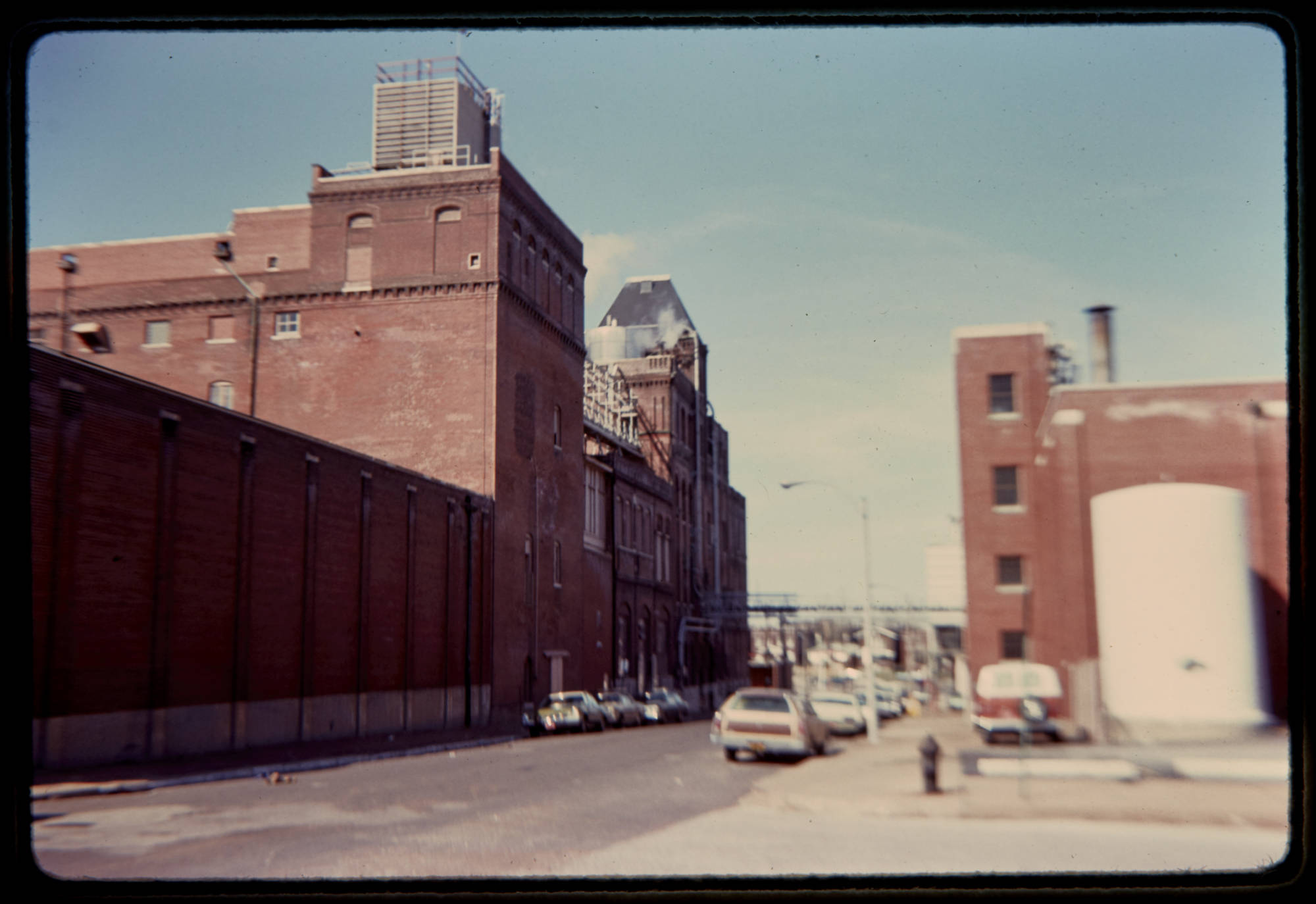
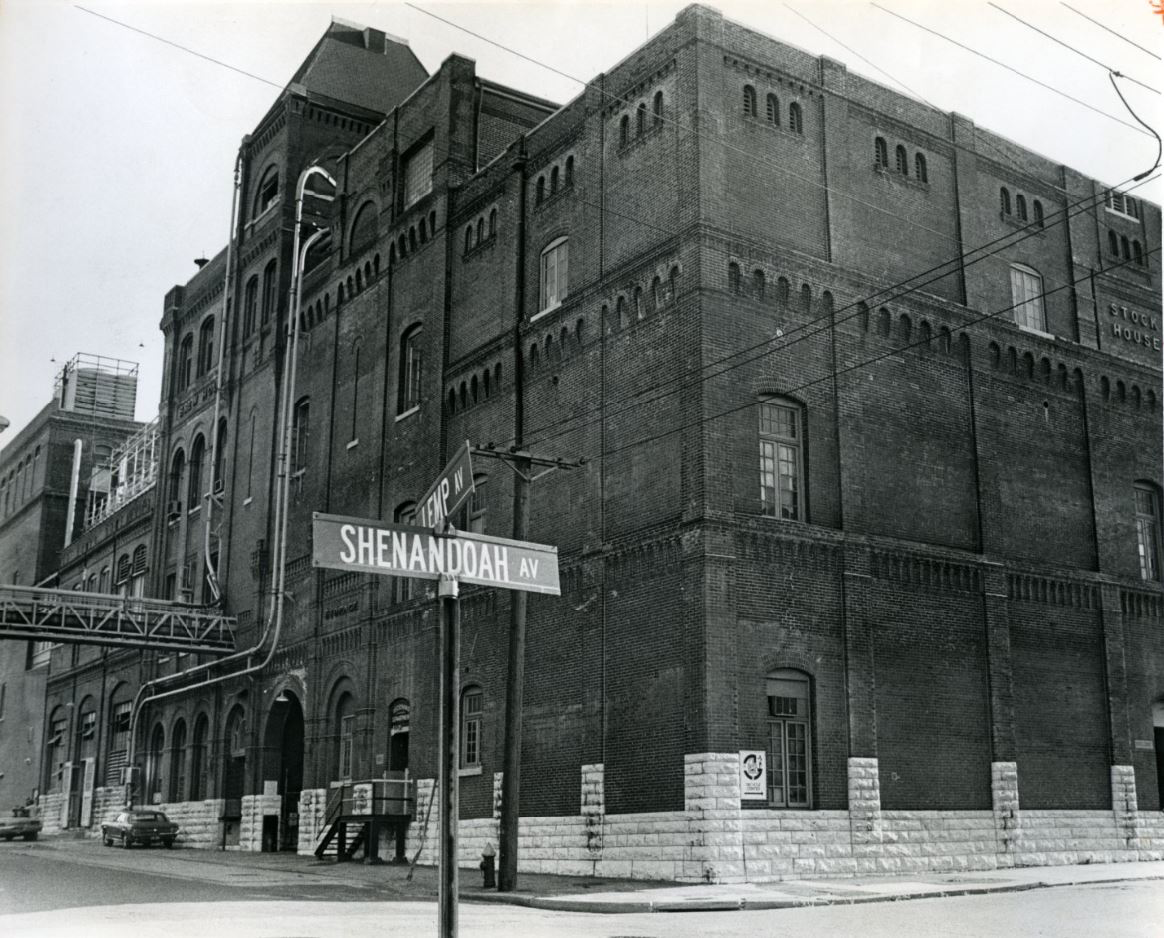
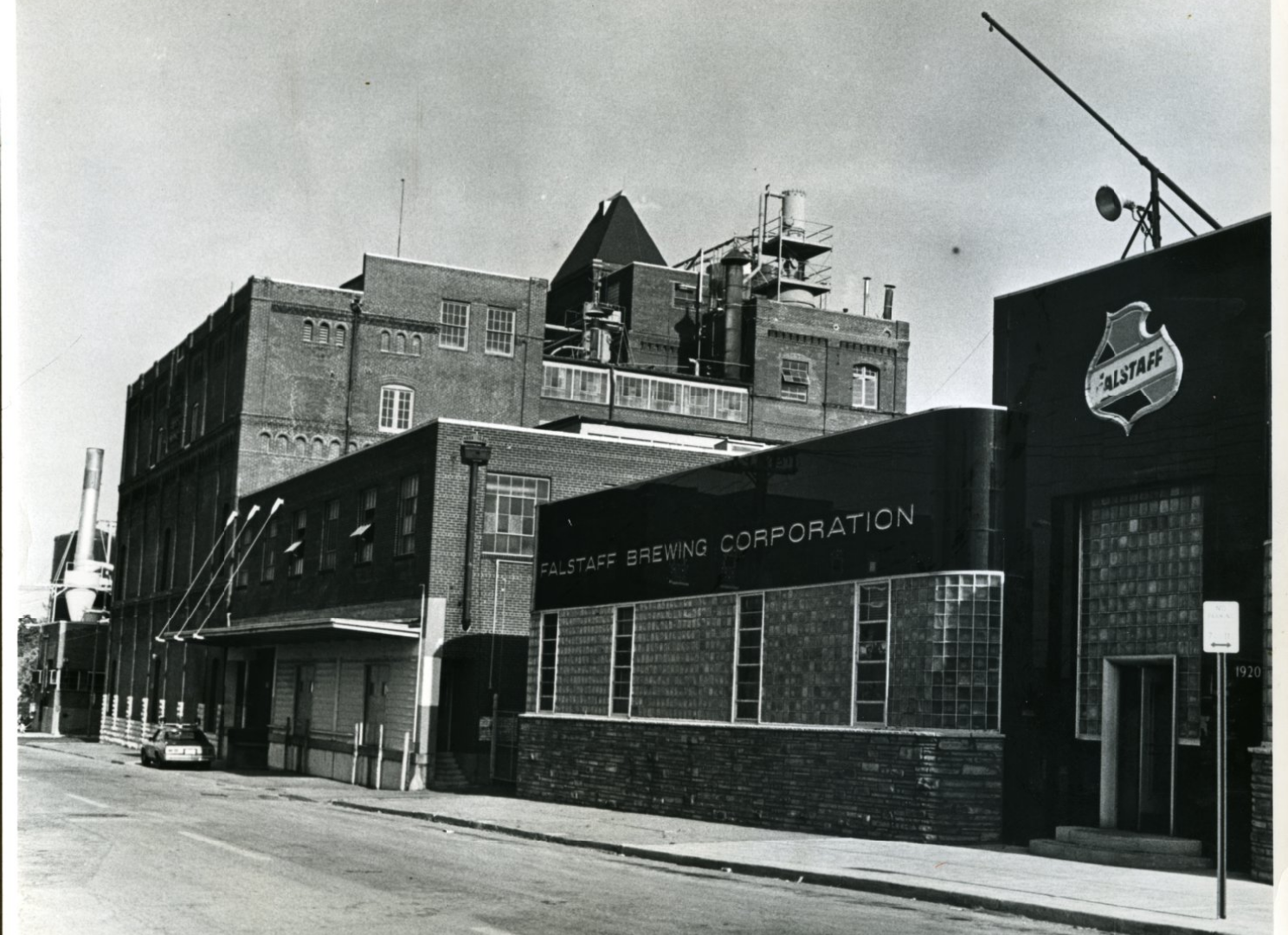
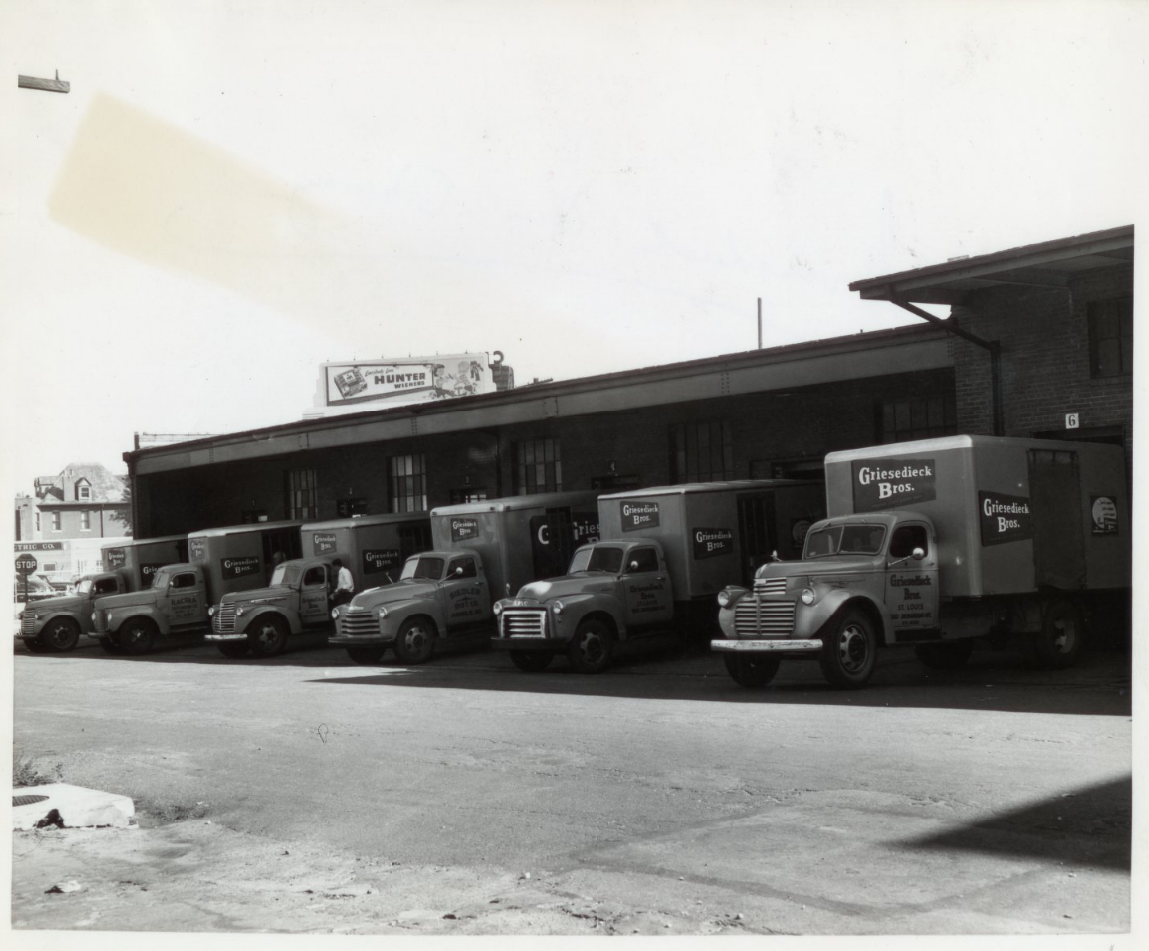
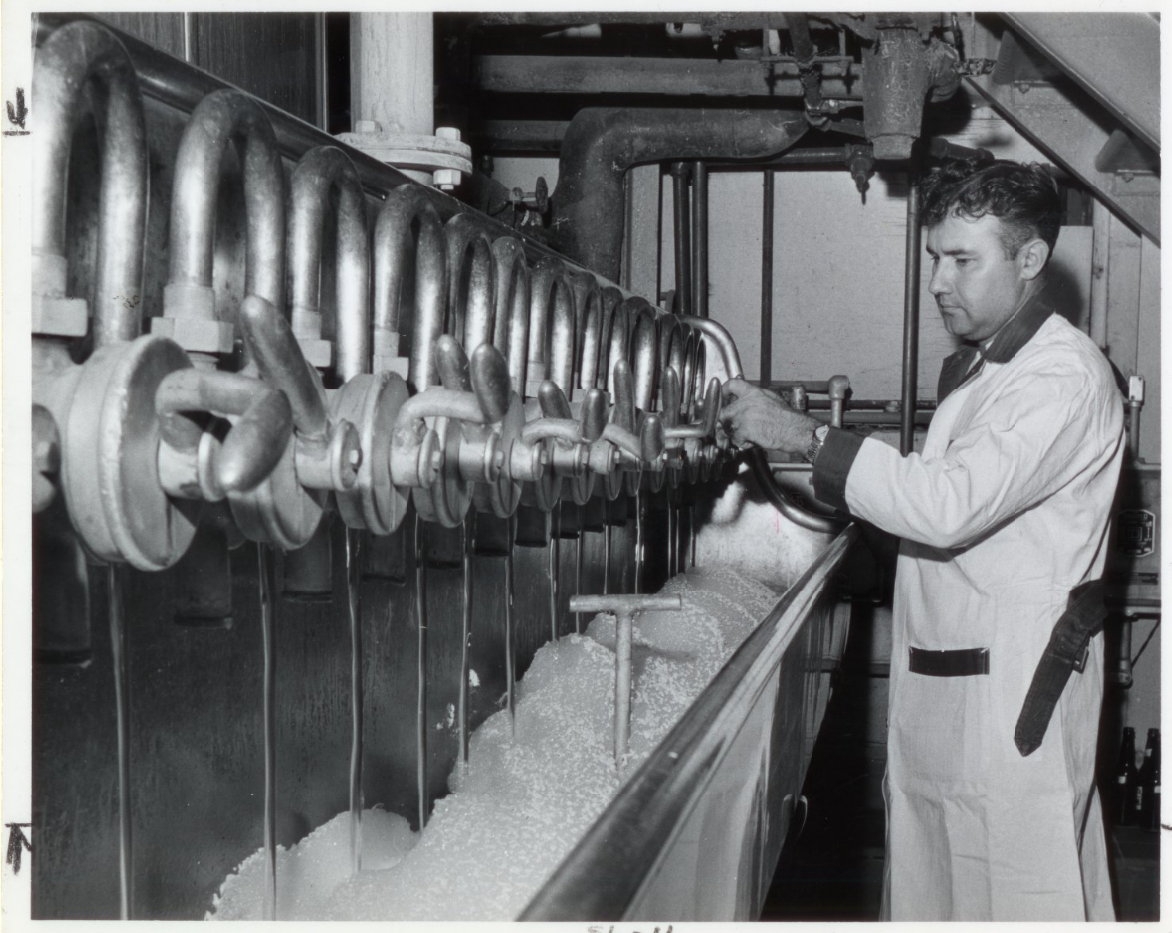
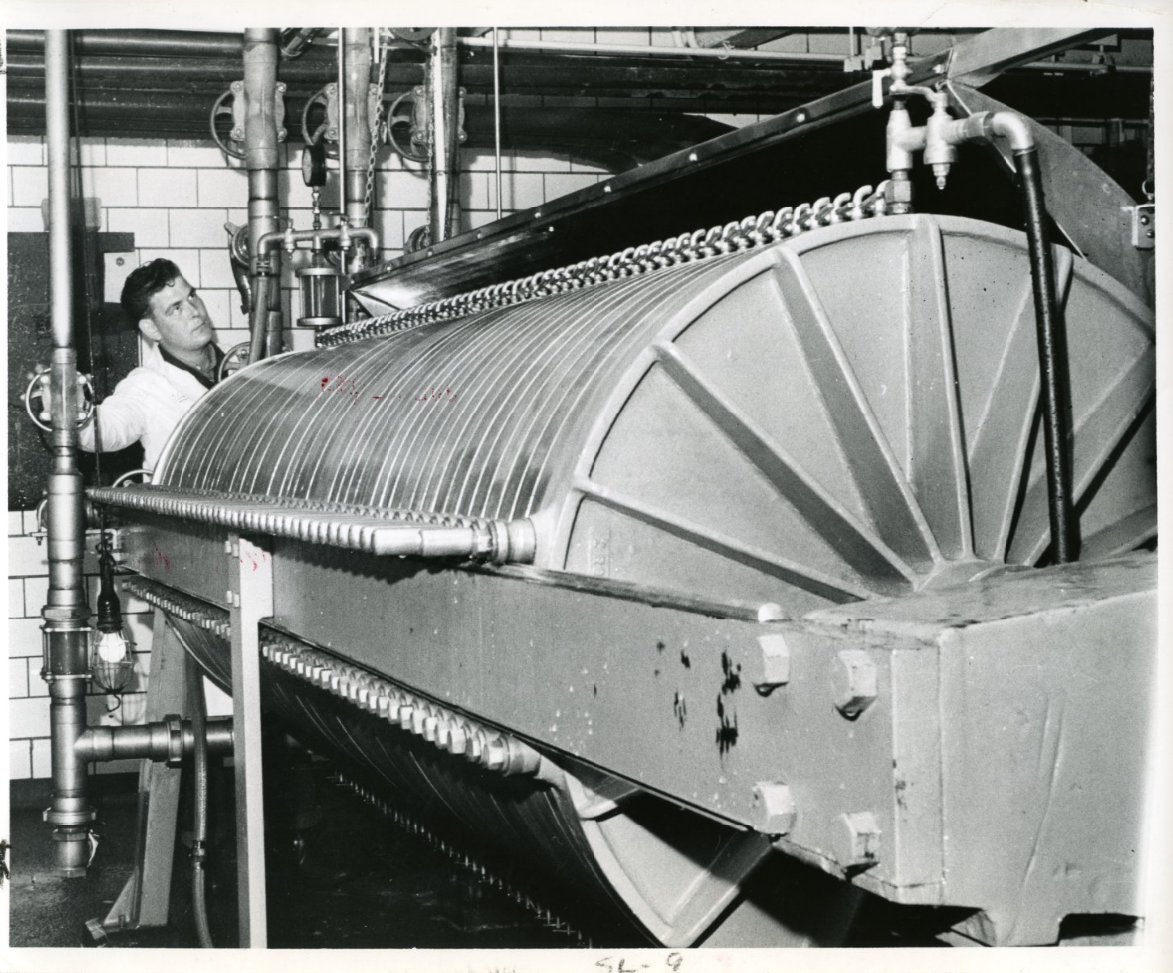

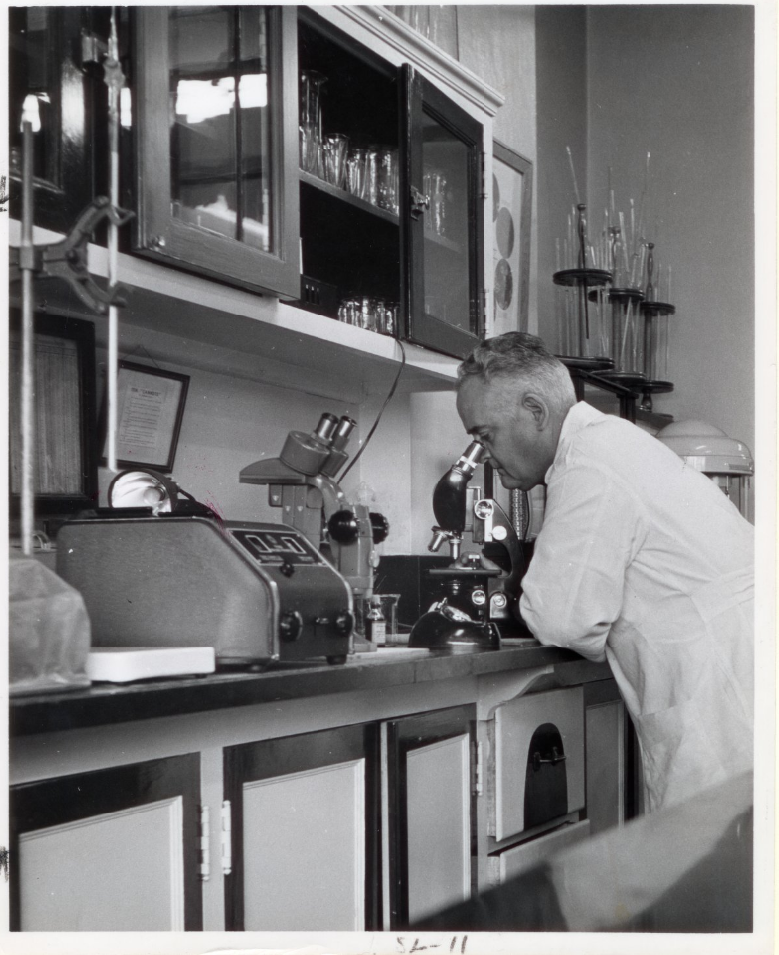
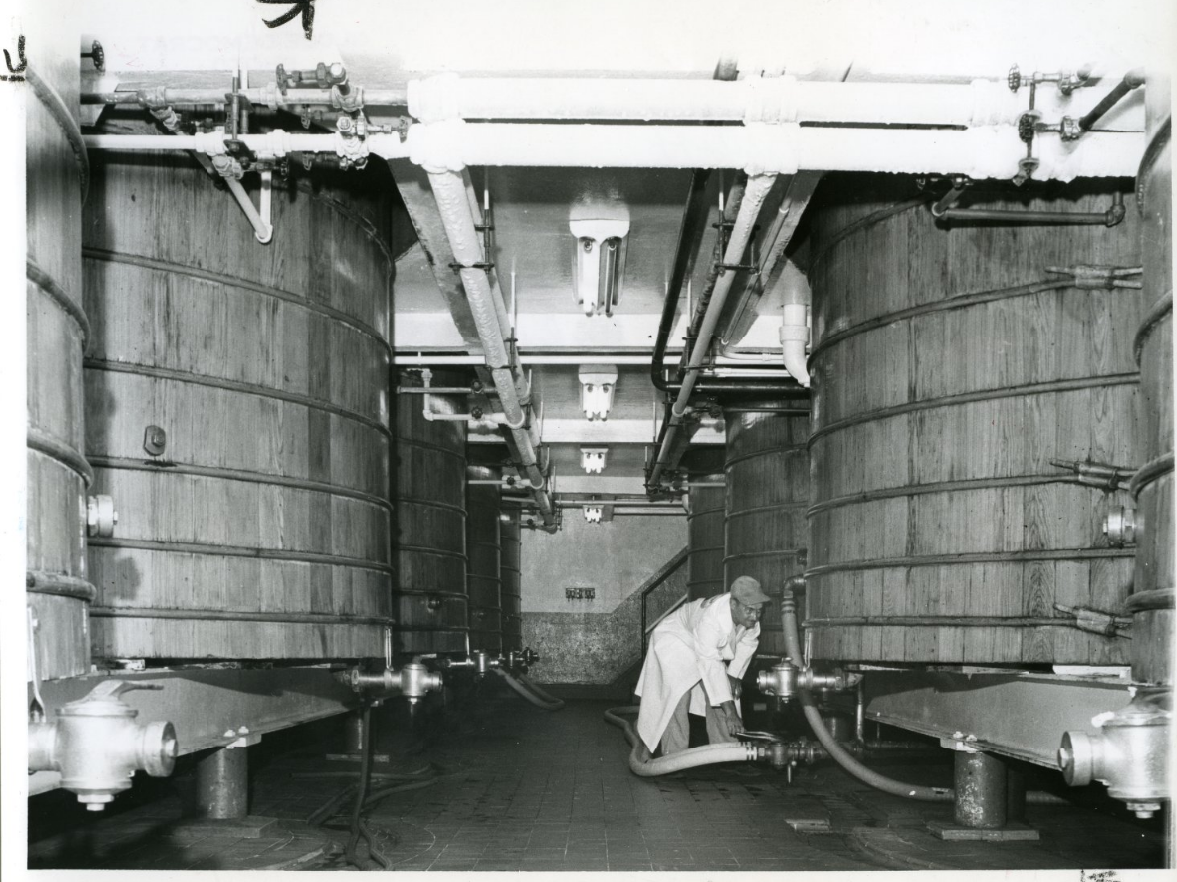
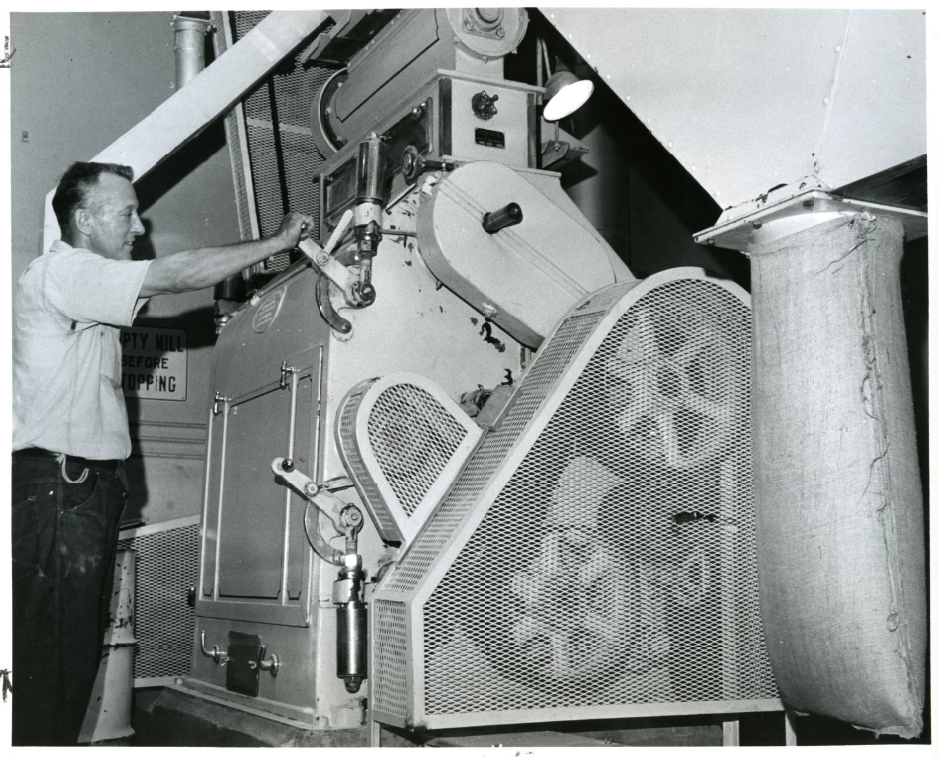
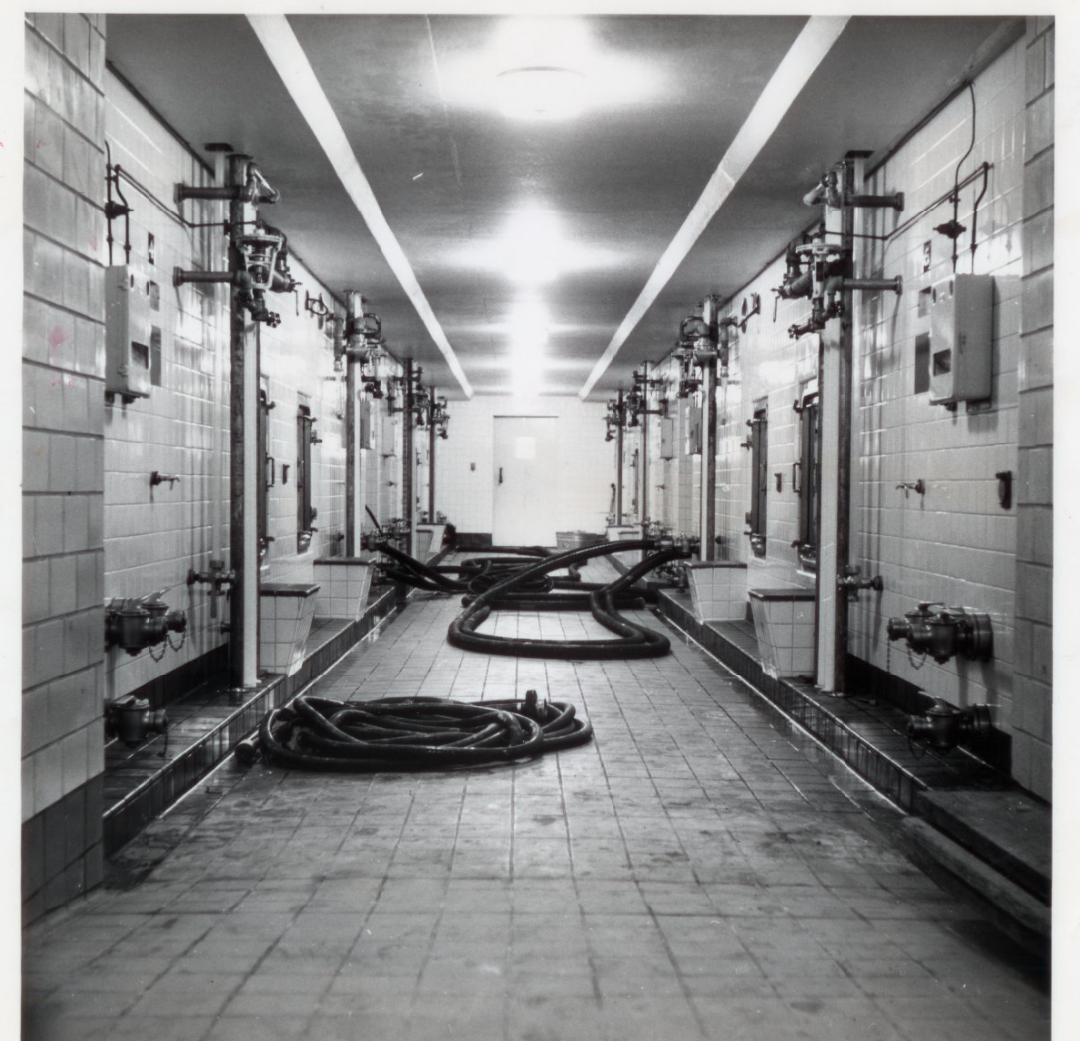
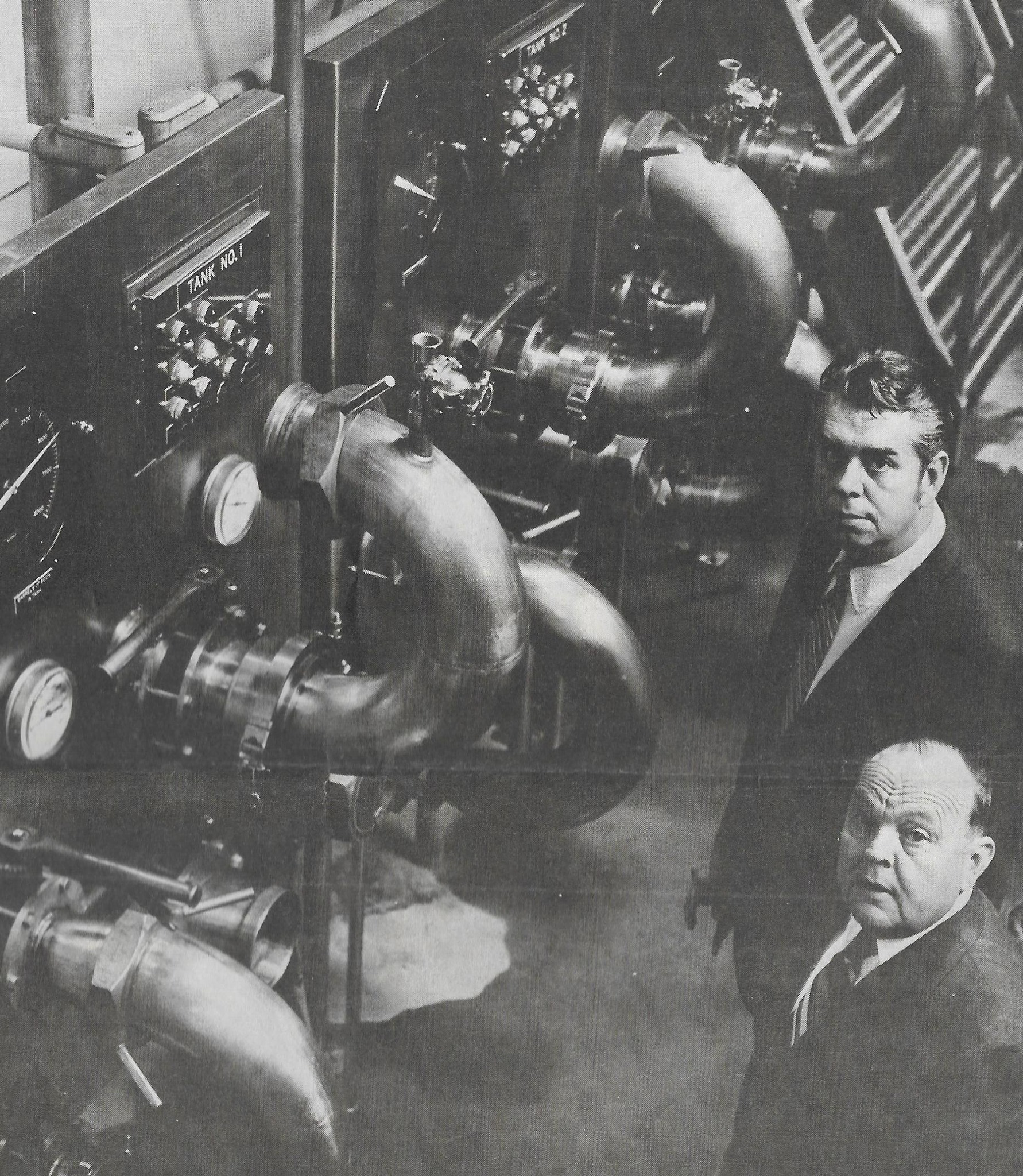
End Historic Photos
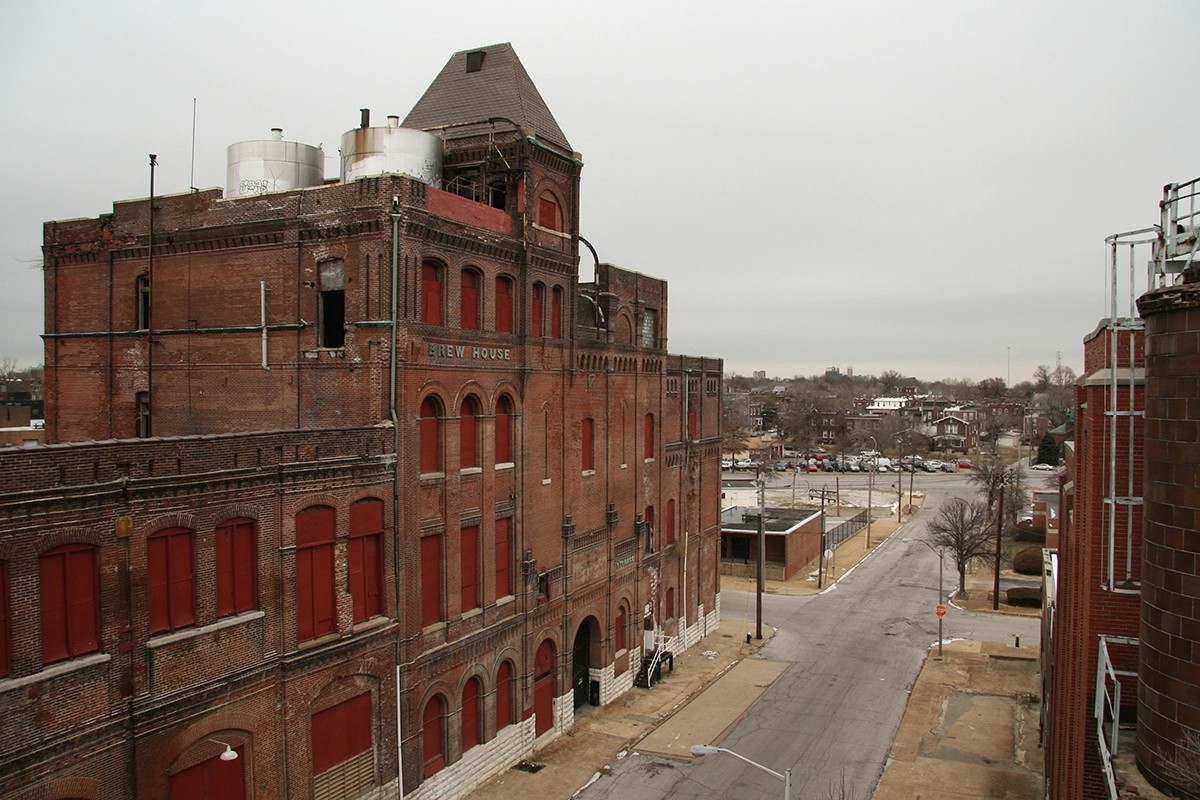
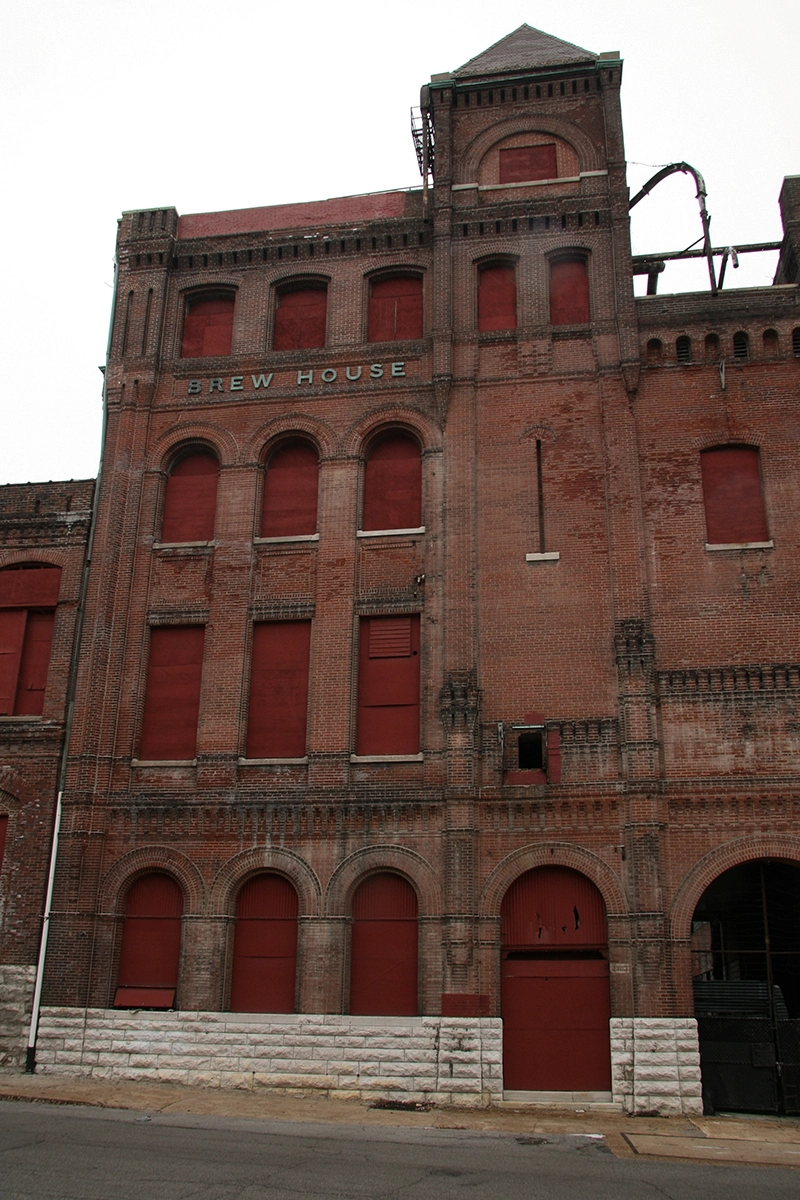
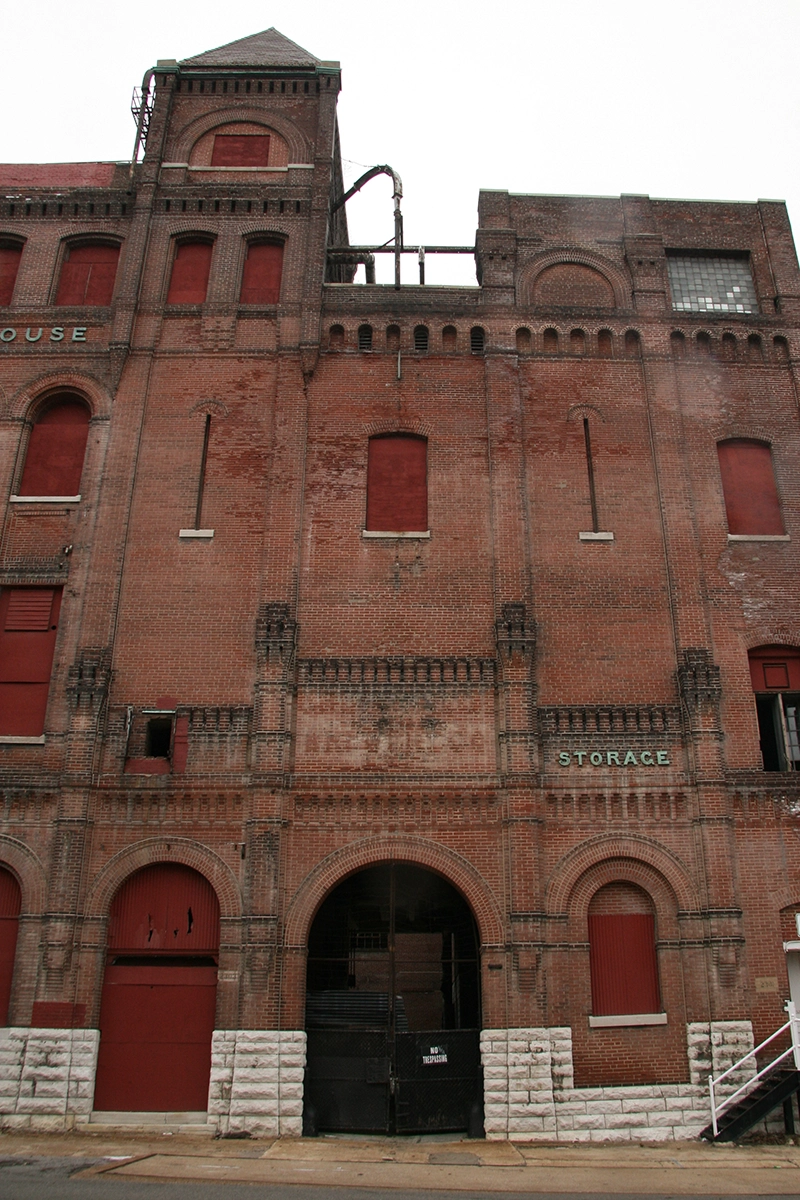
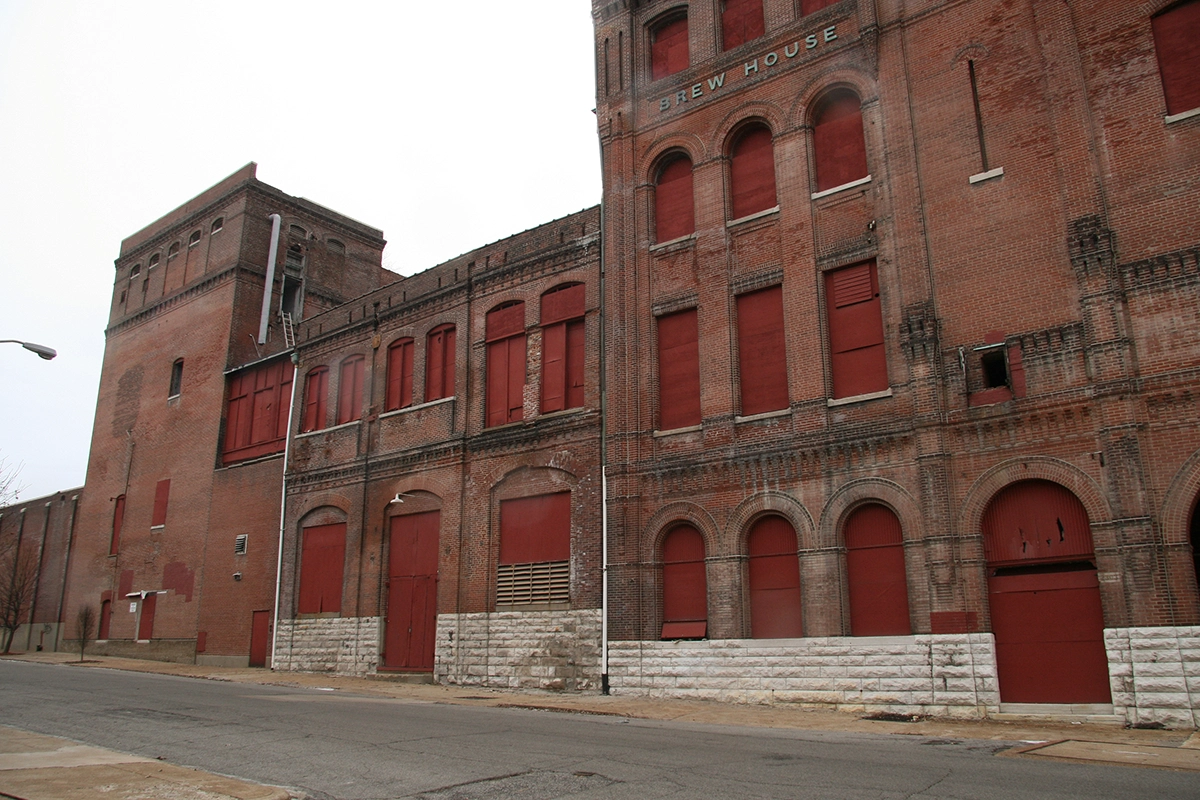
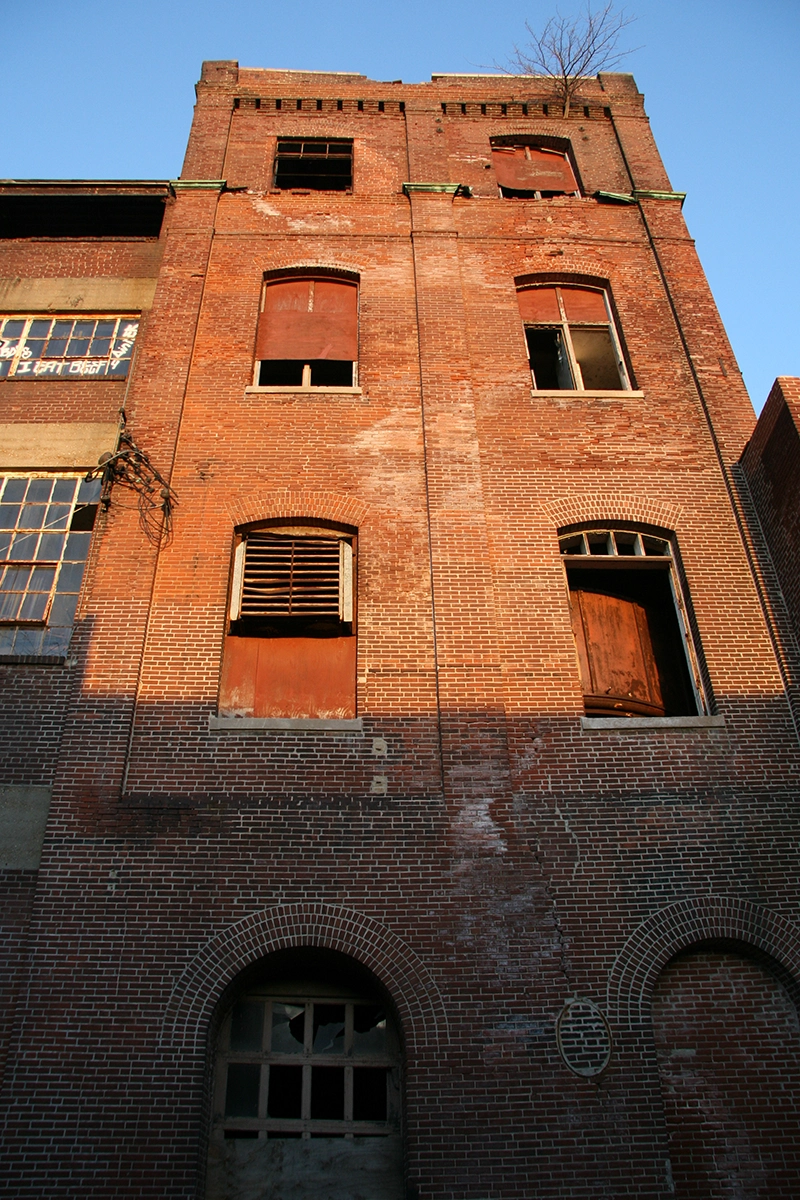
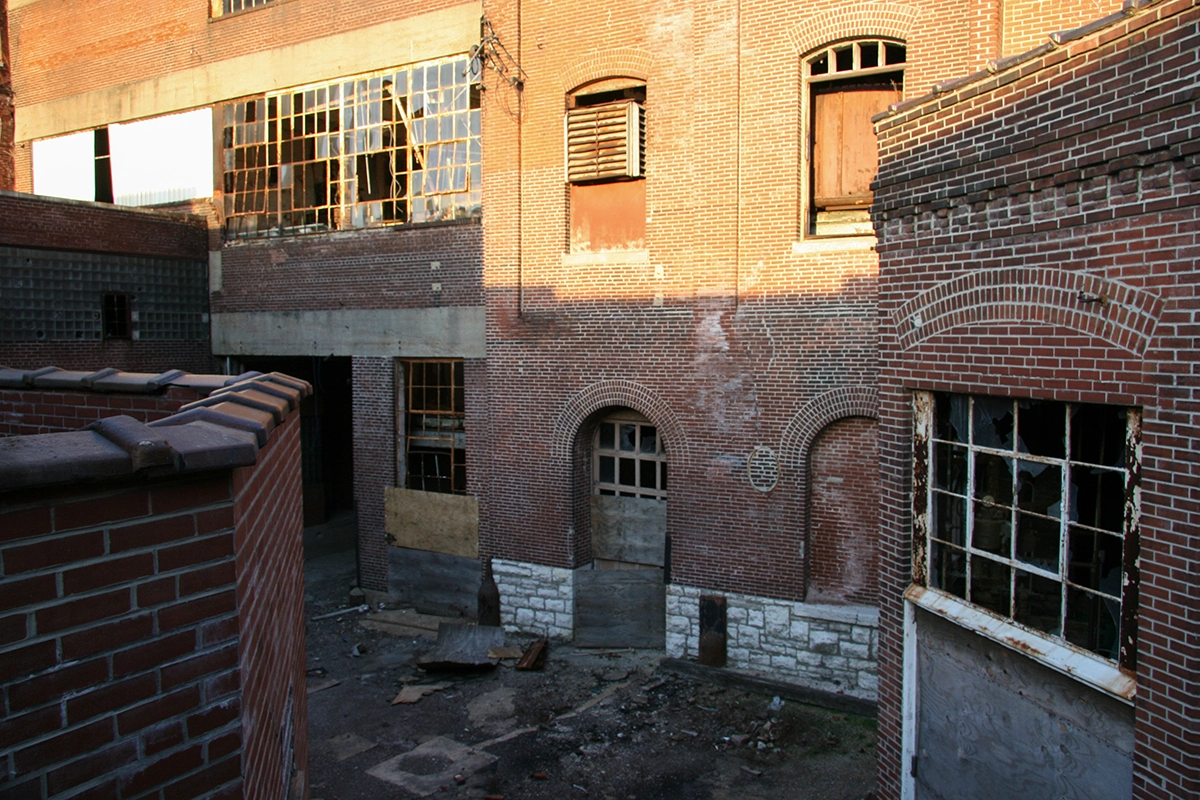

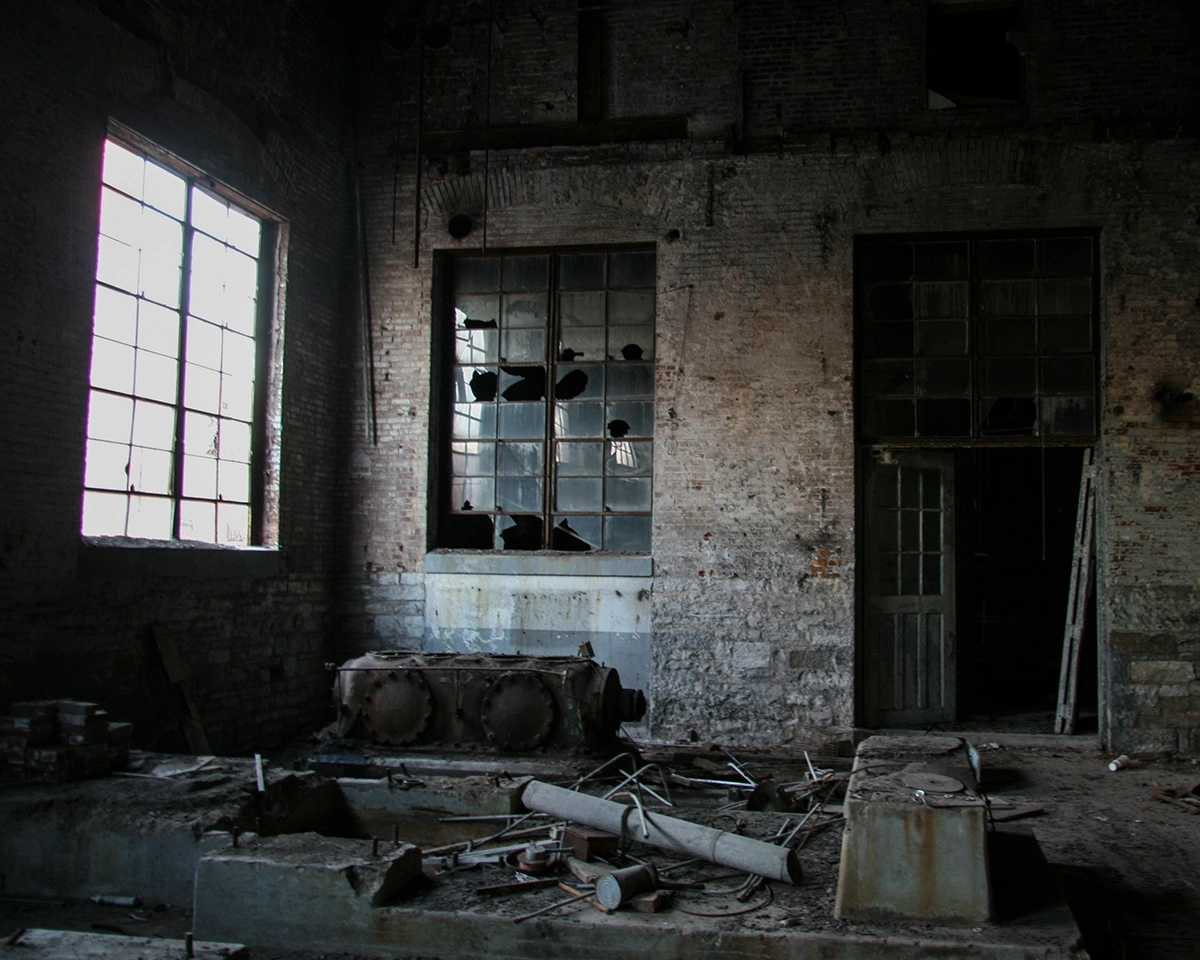
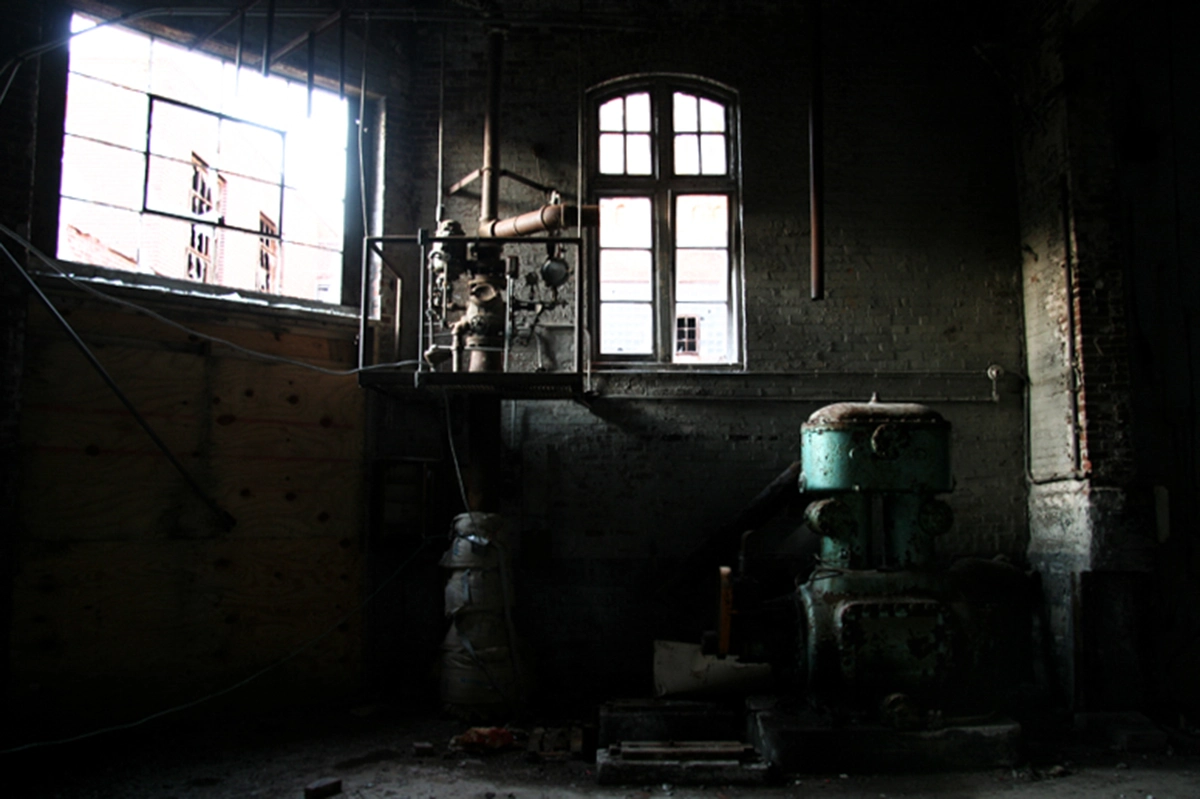
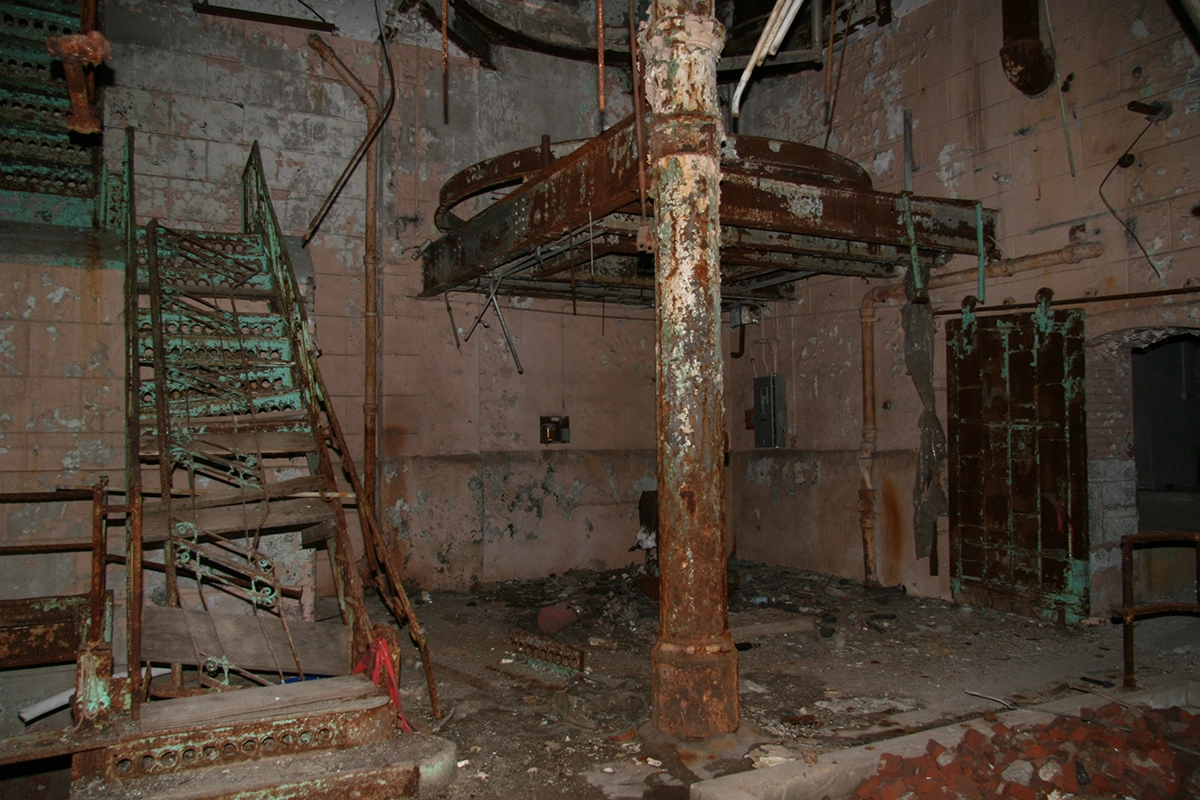
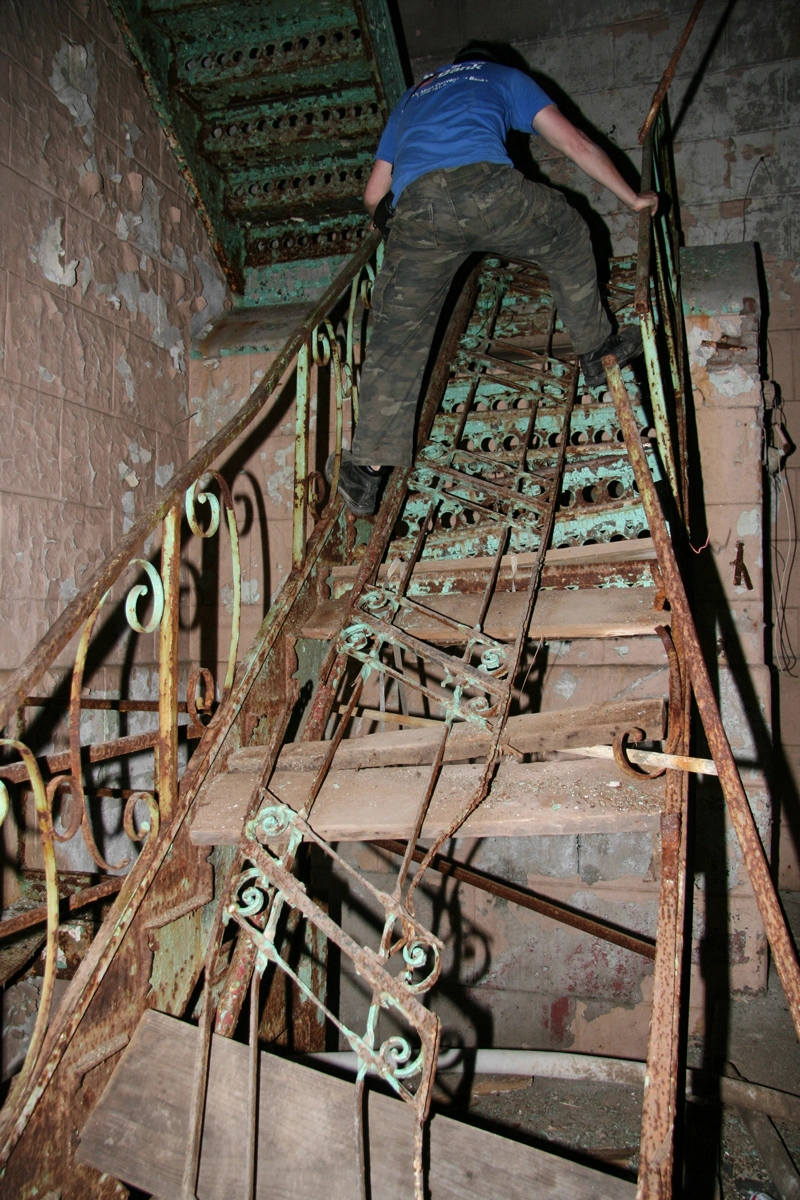
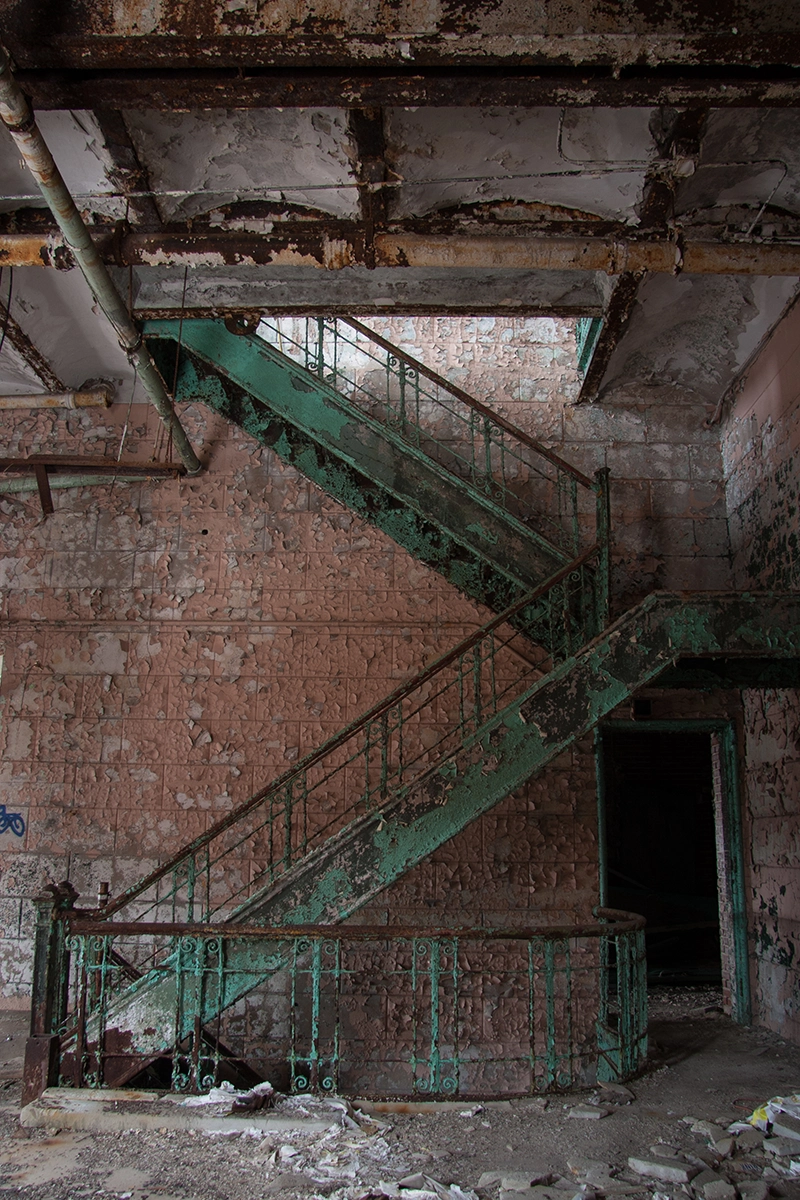
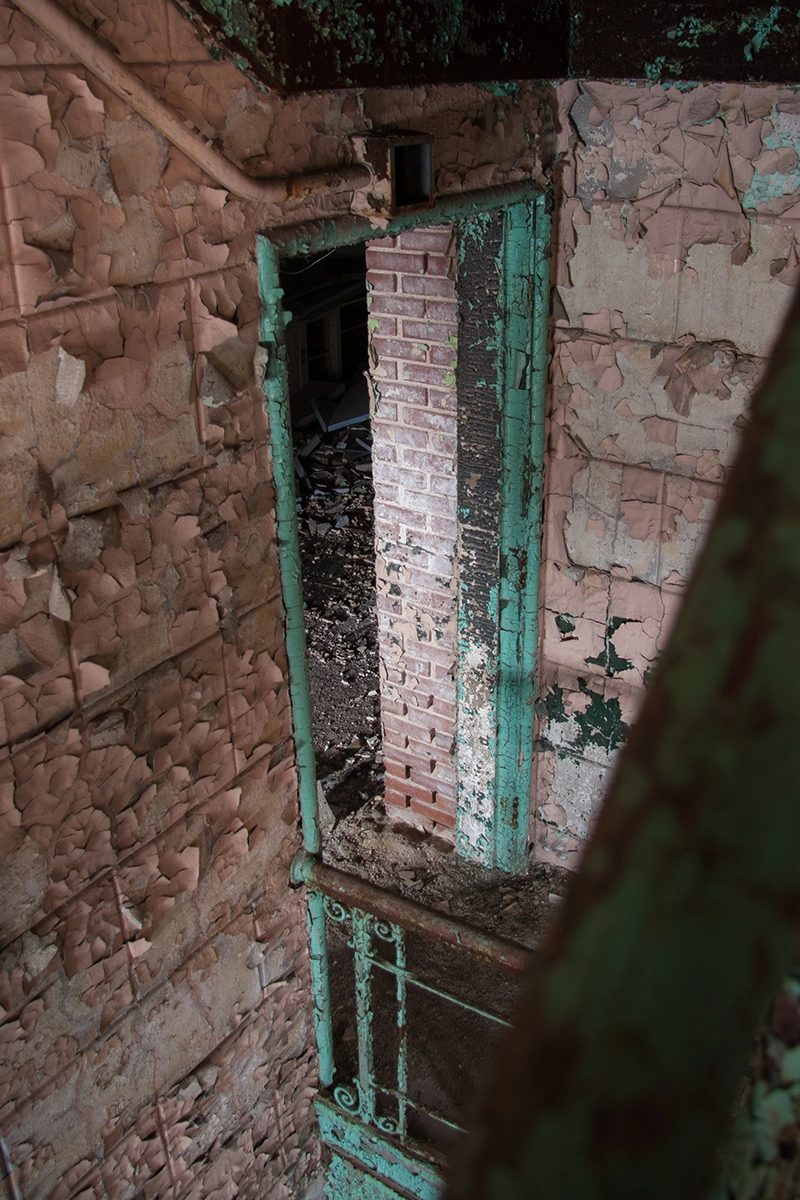
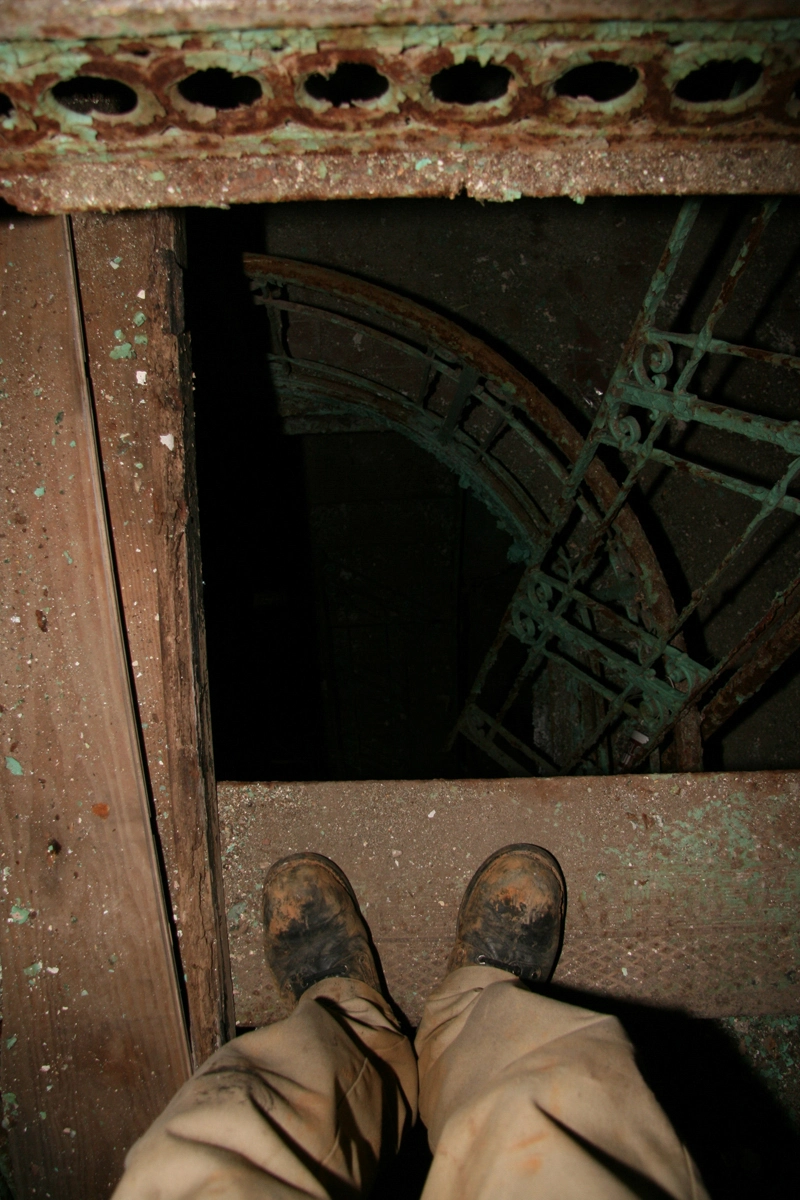
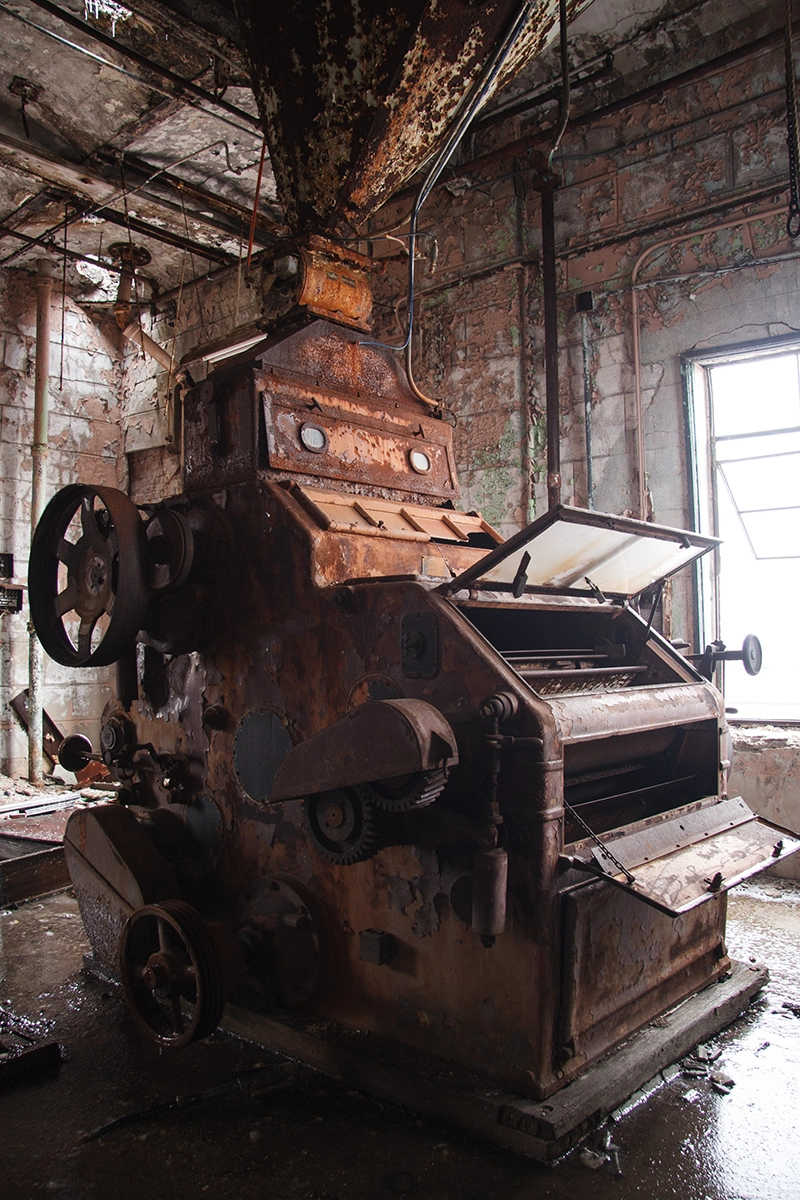
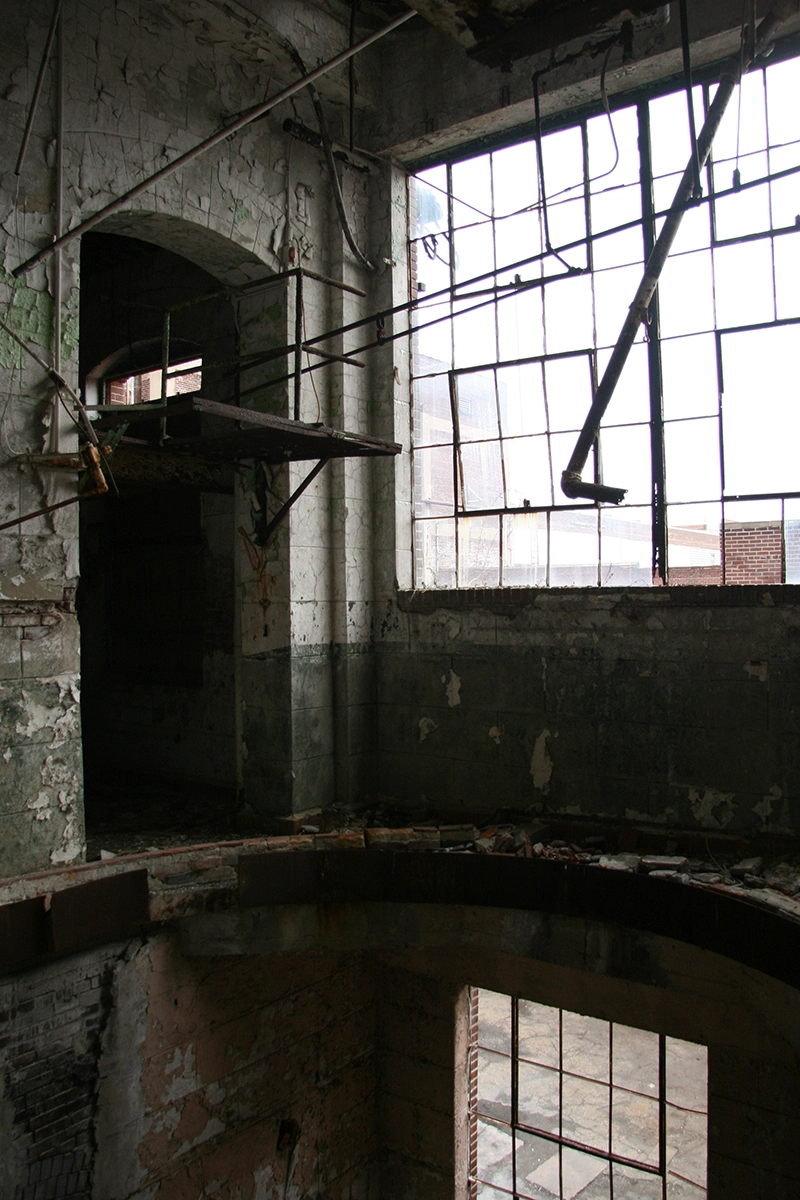
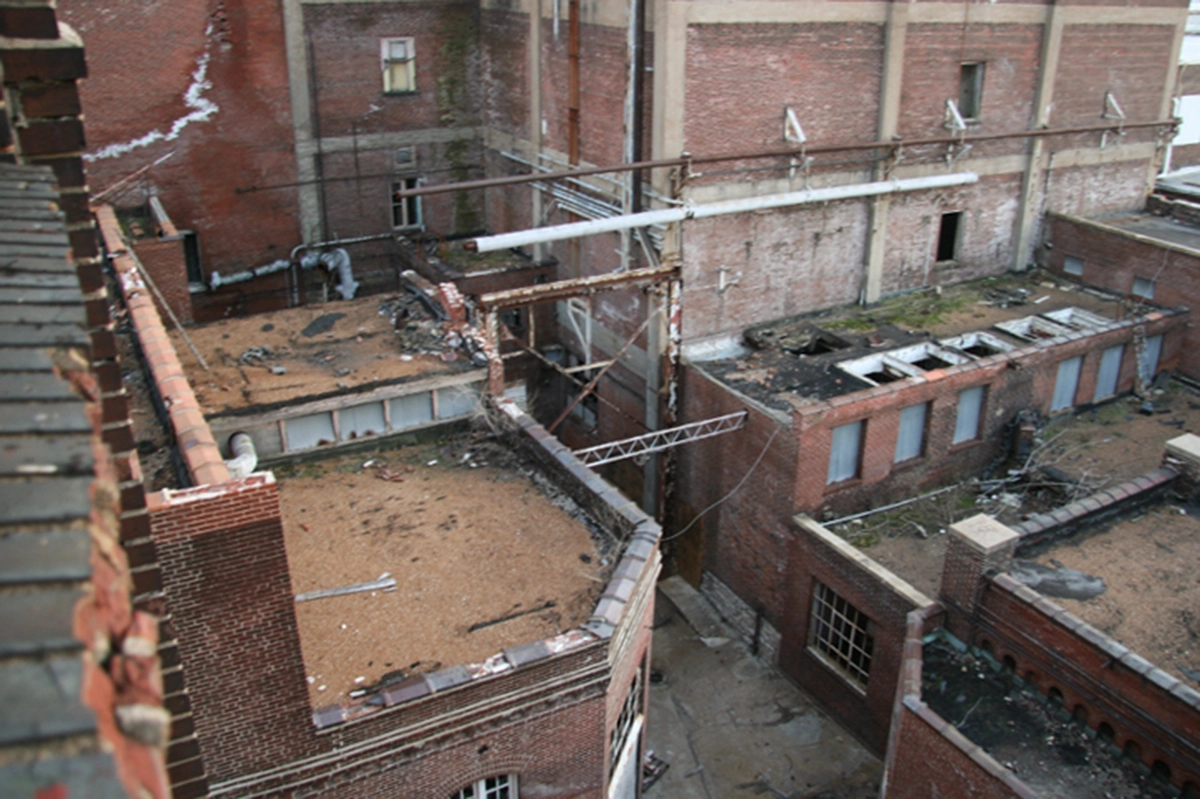
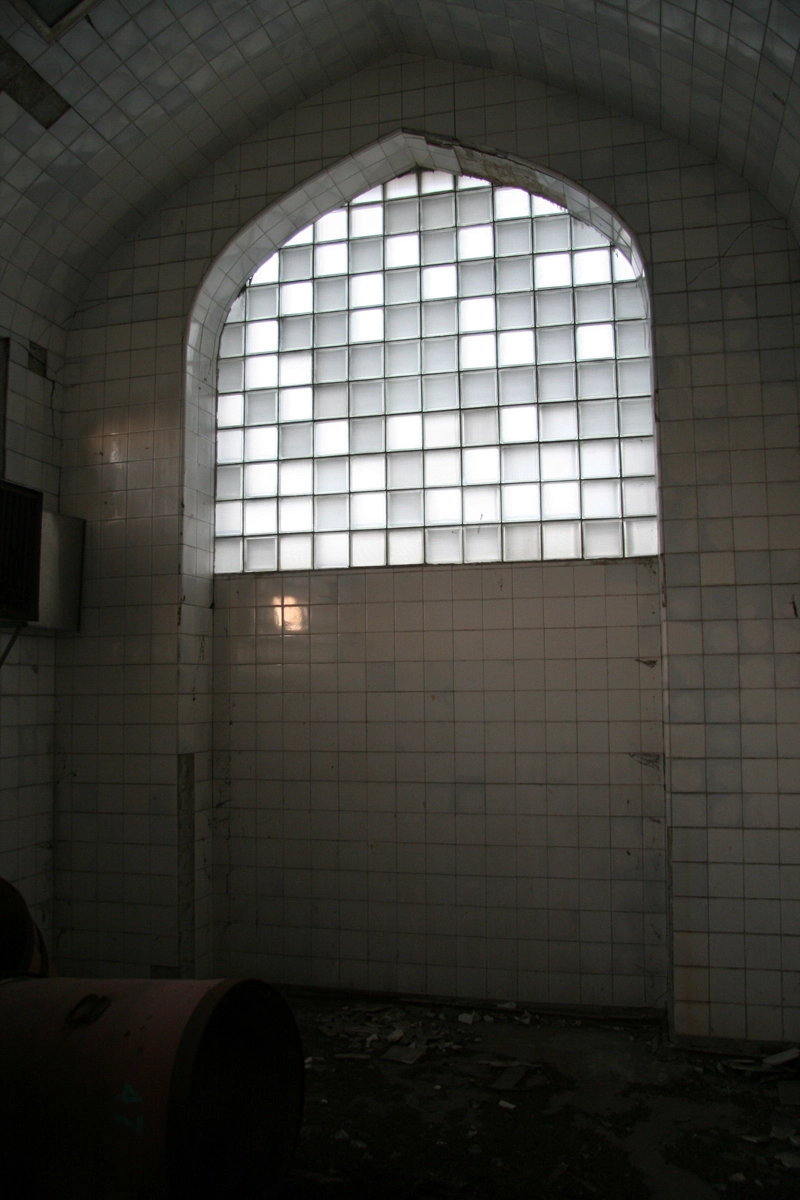
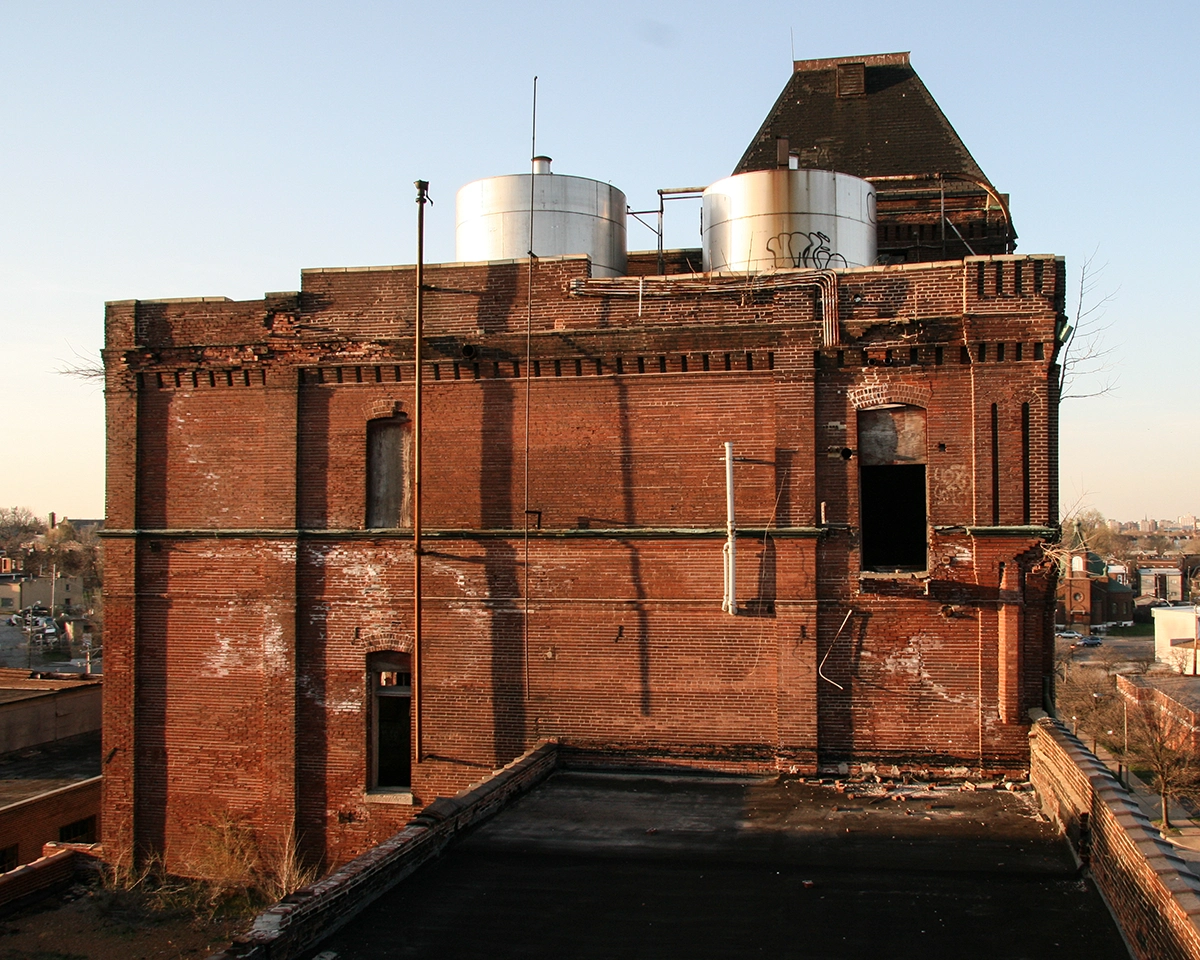
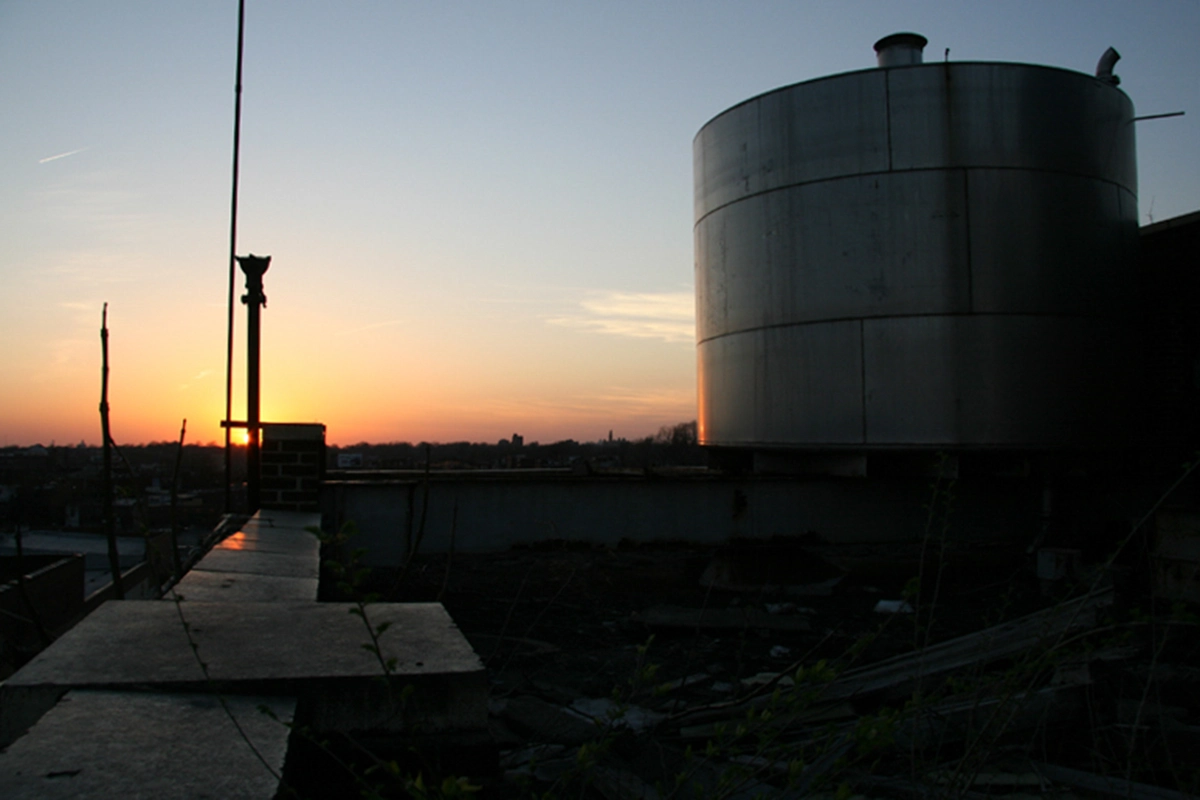
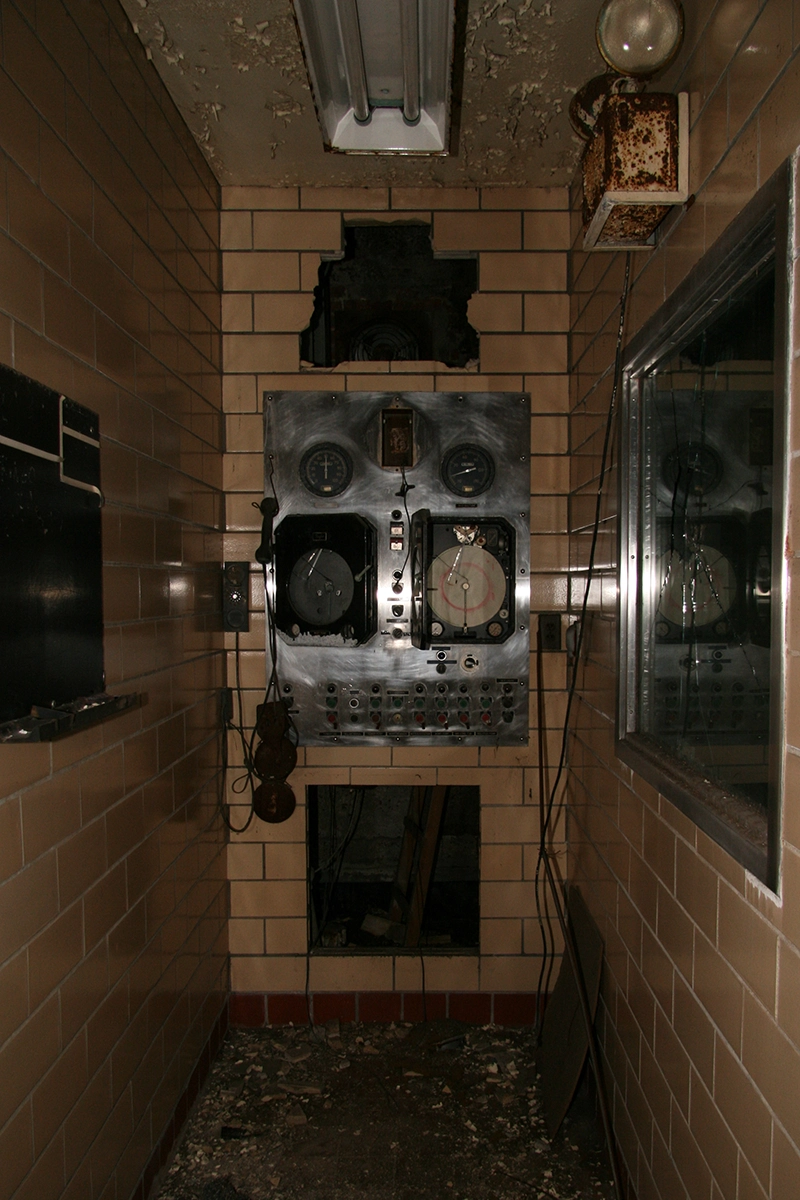
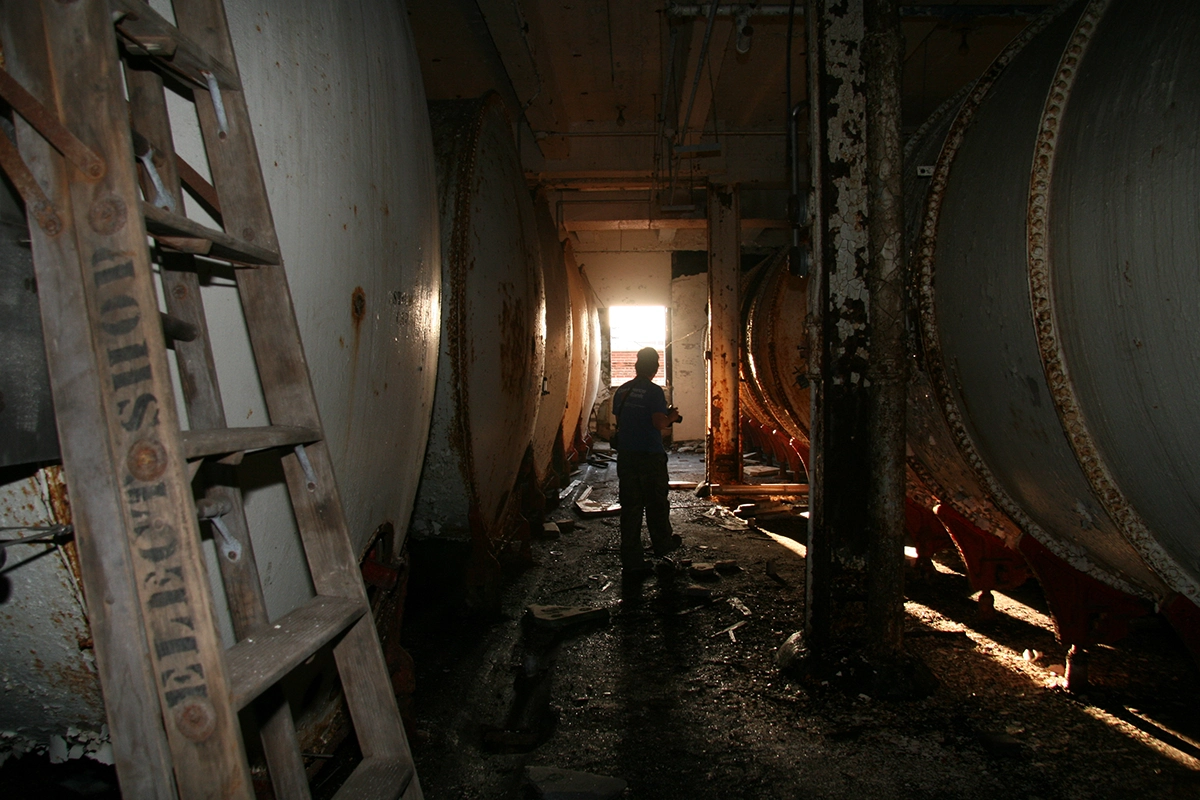

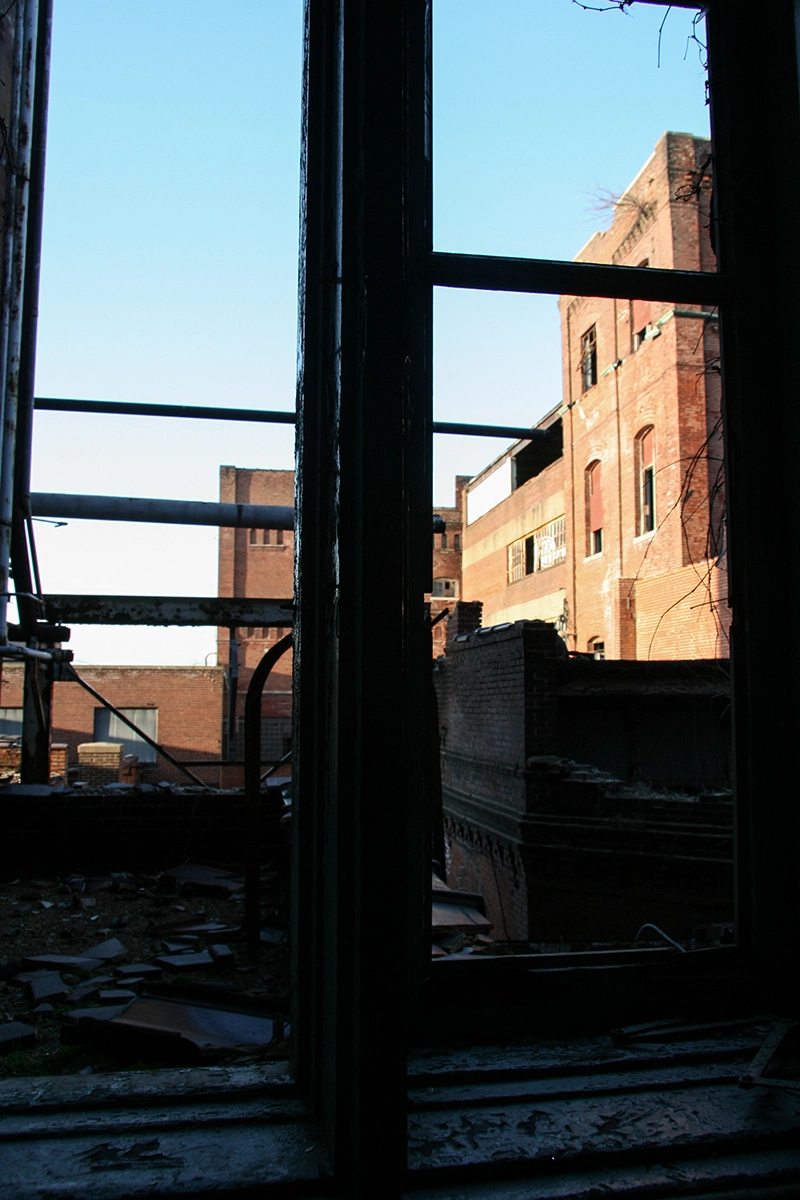
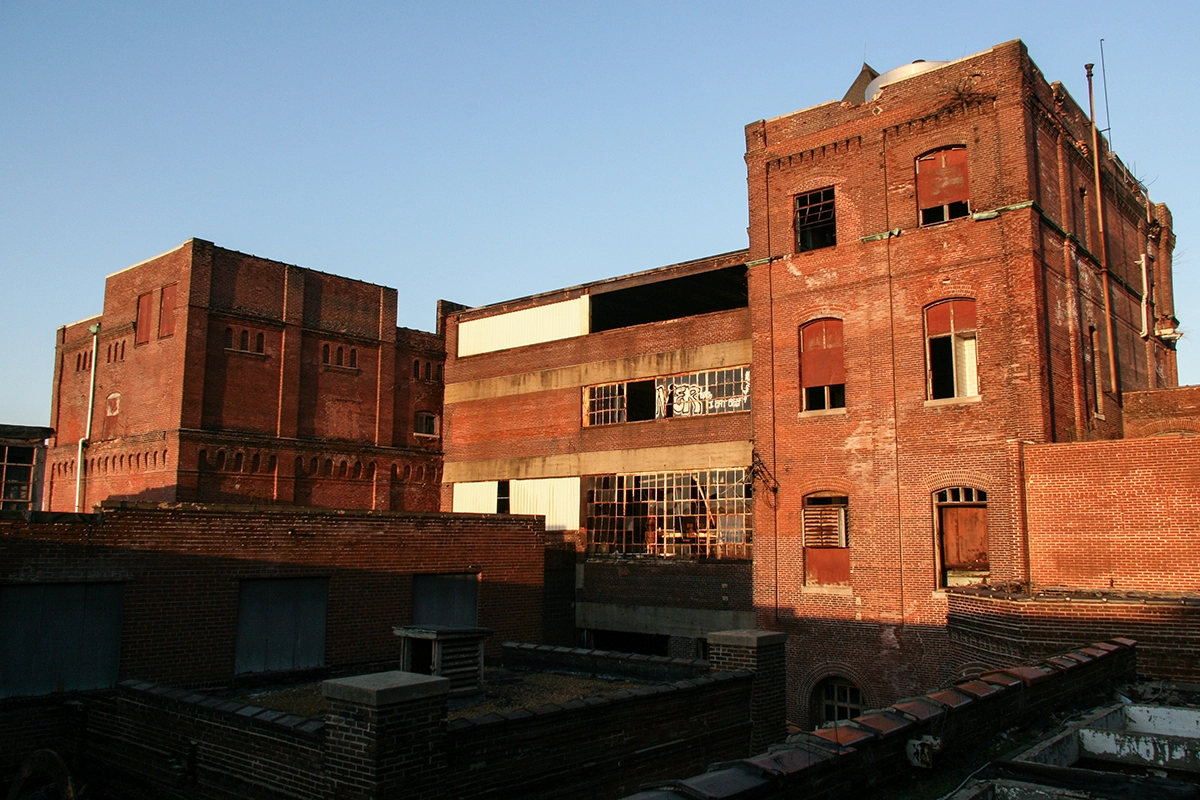
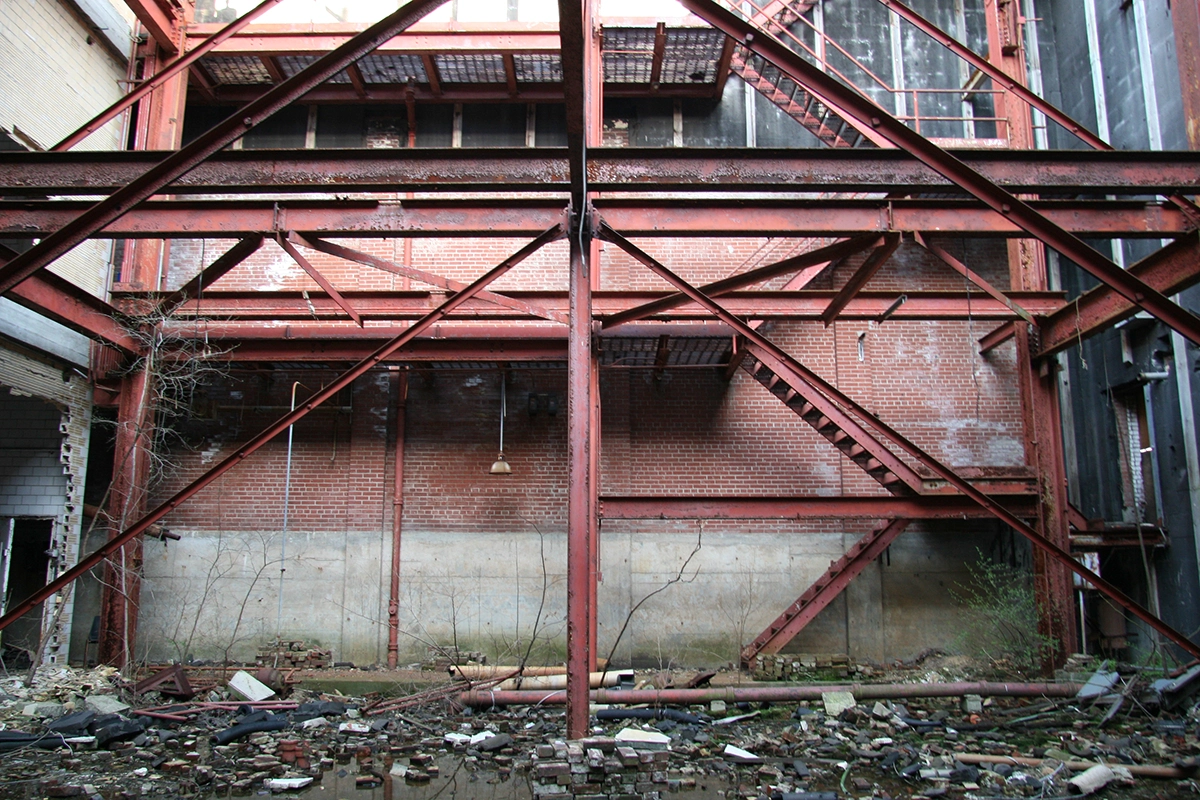
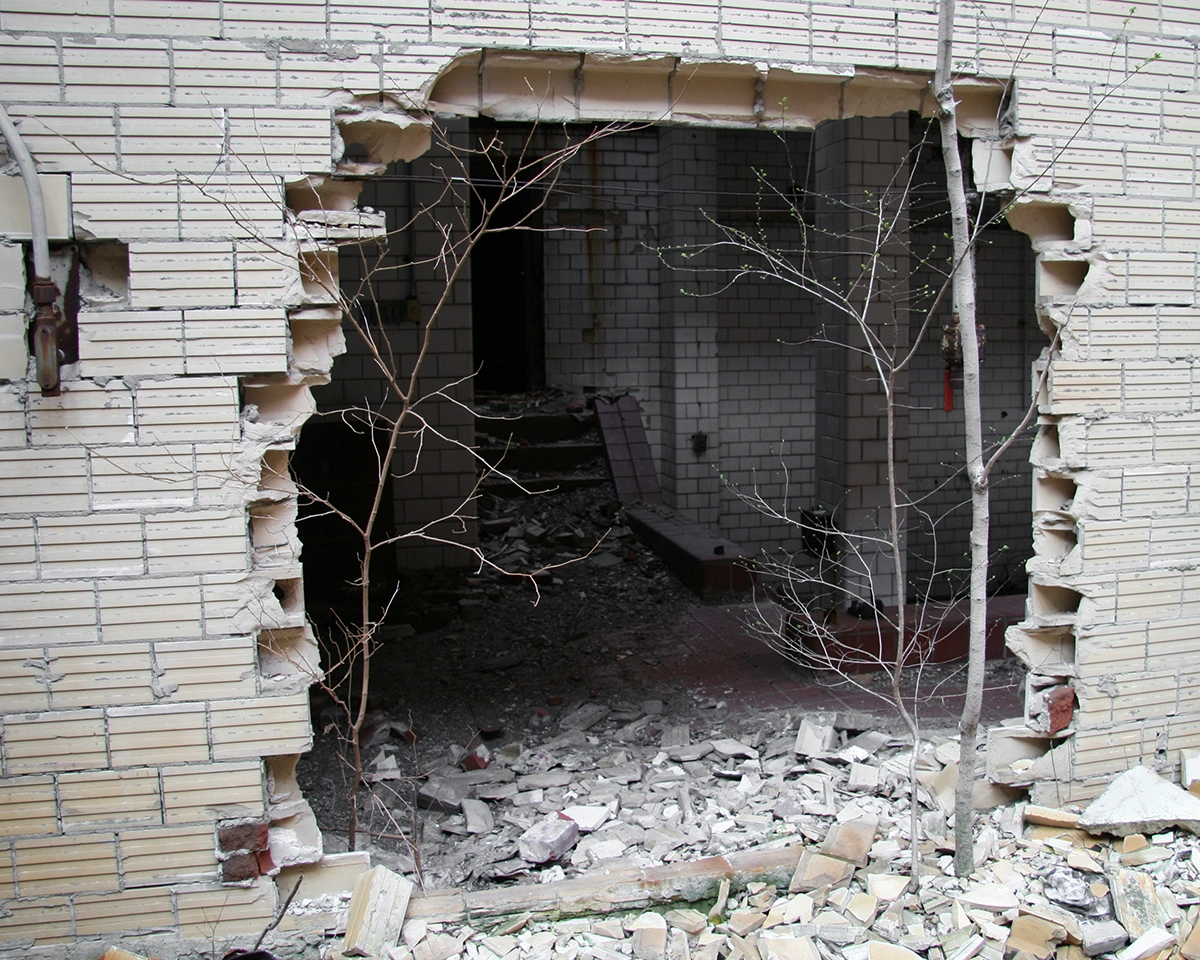
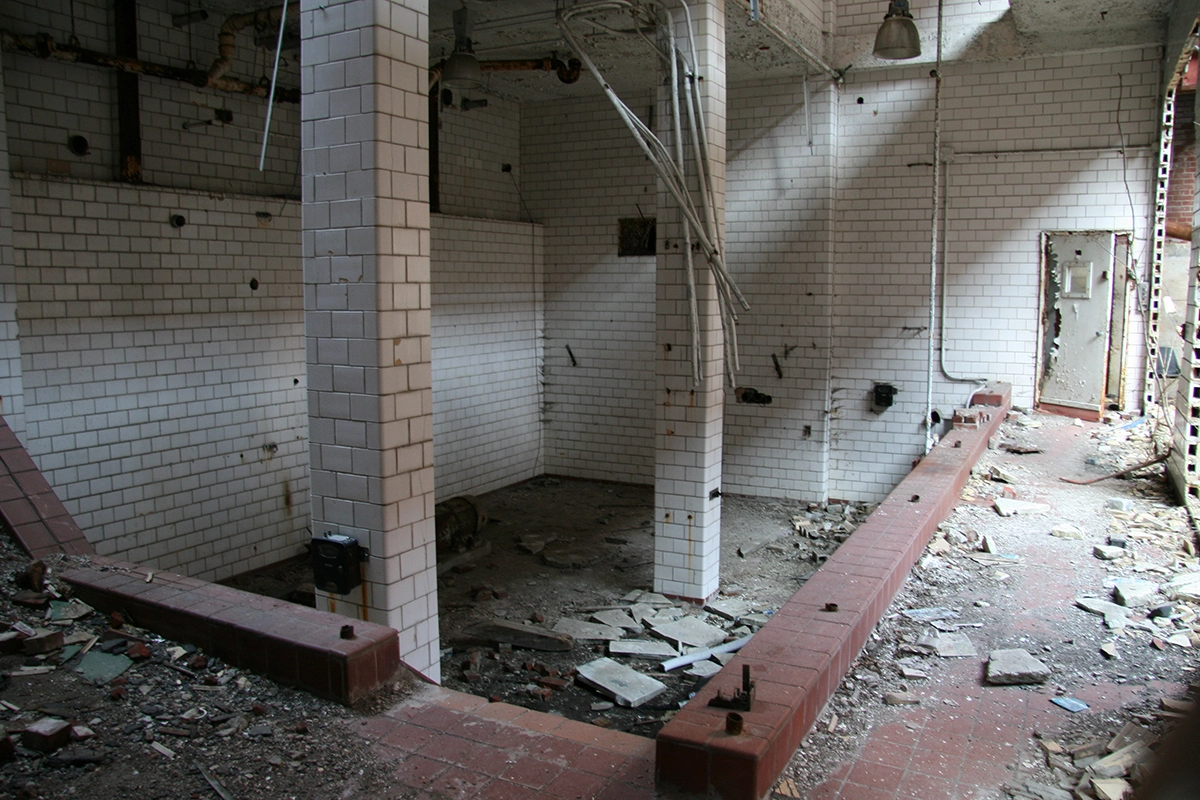

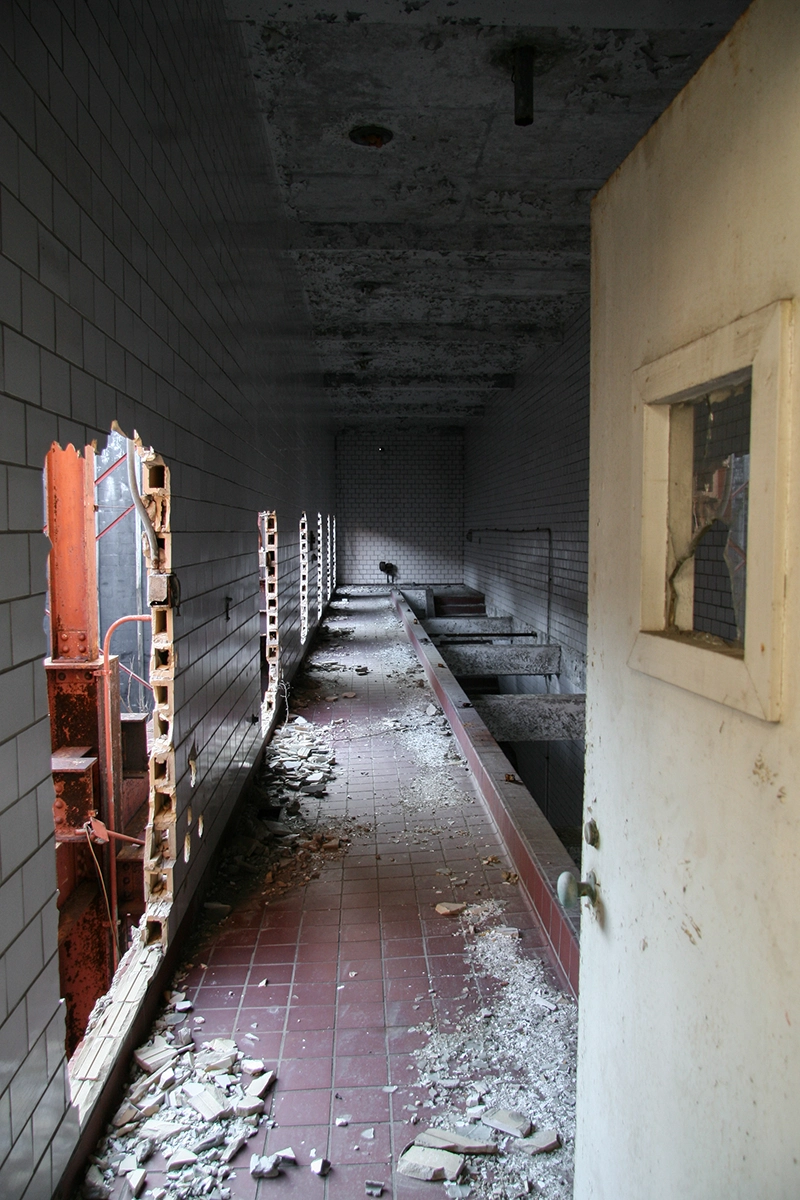
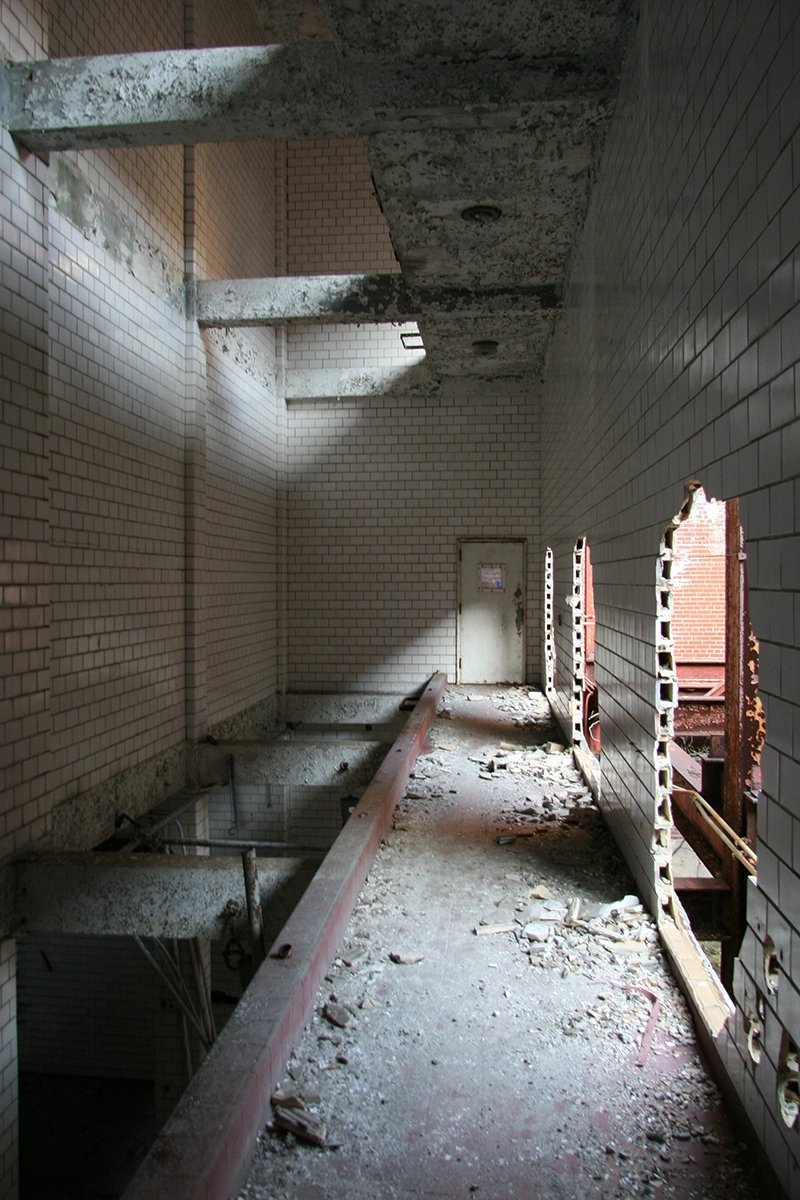
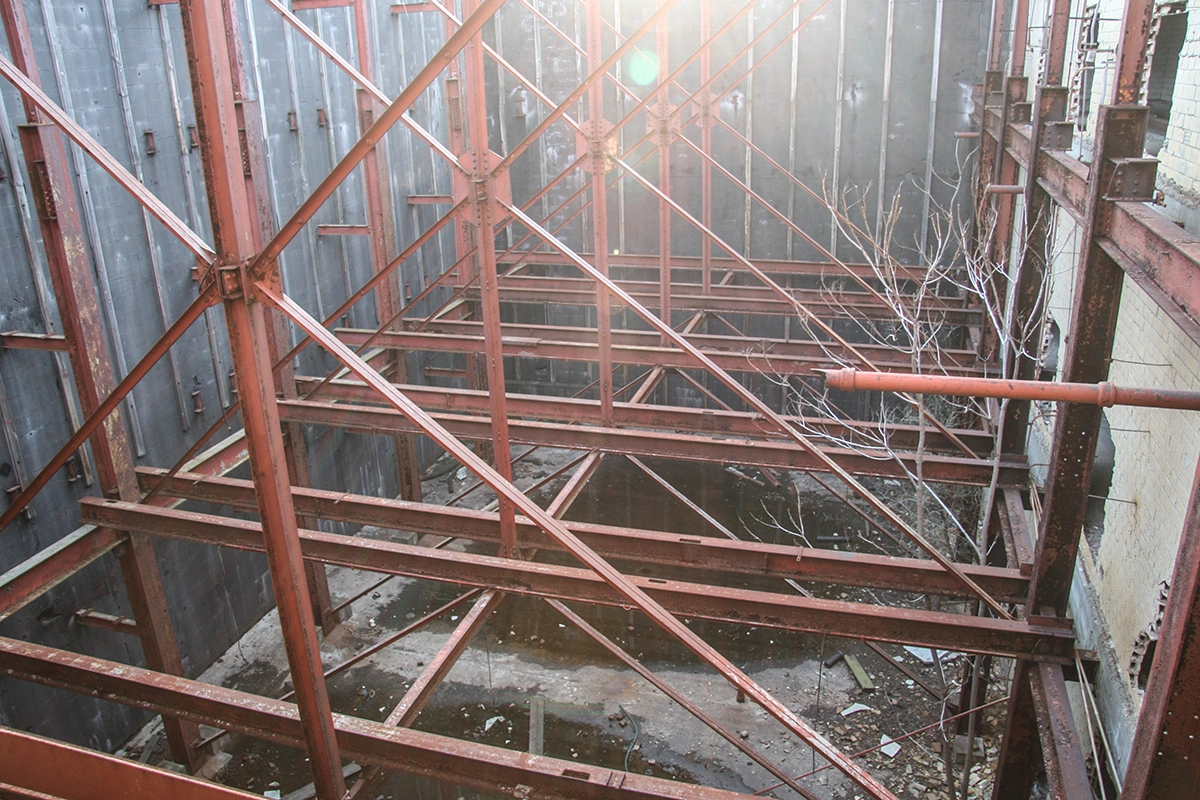
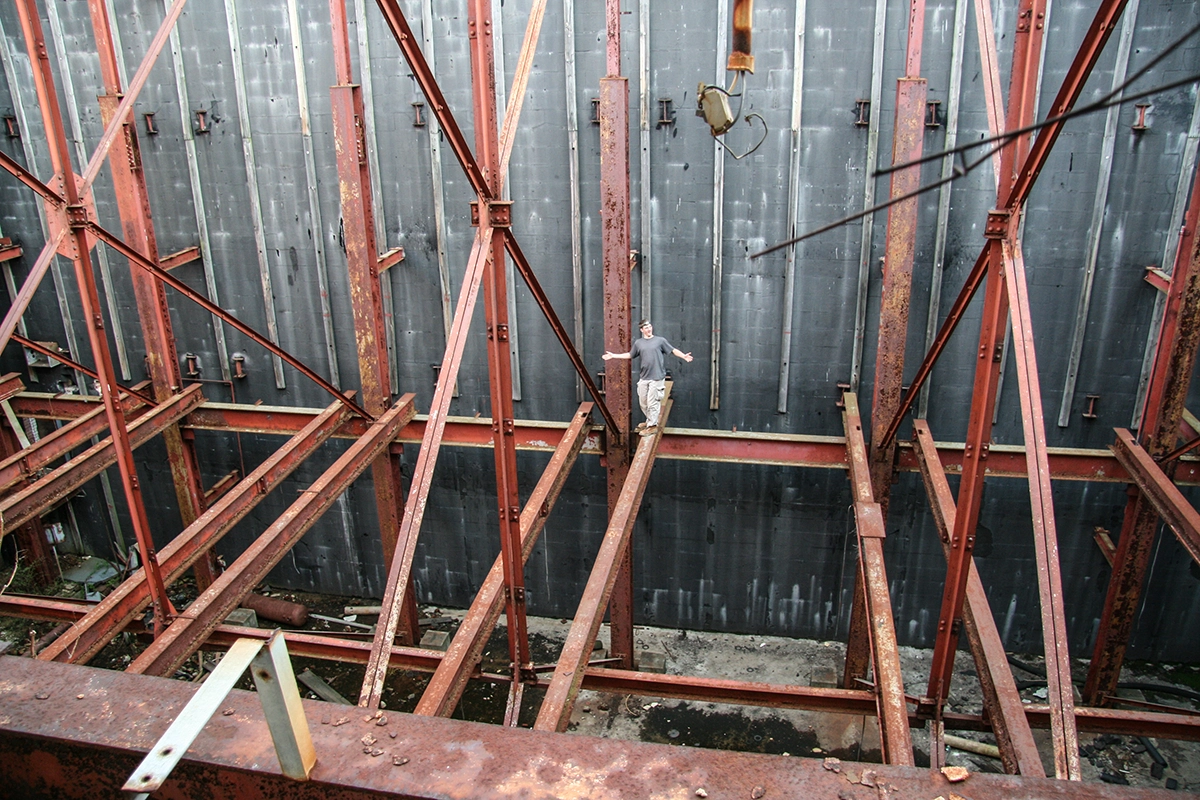
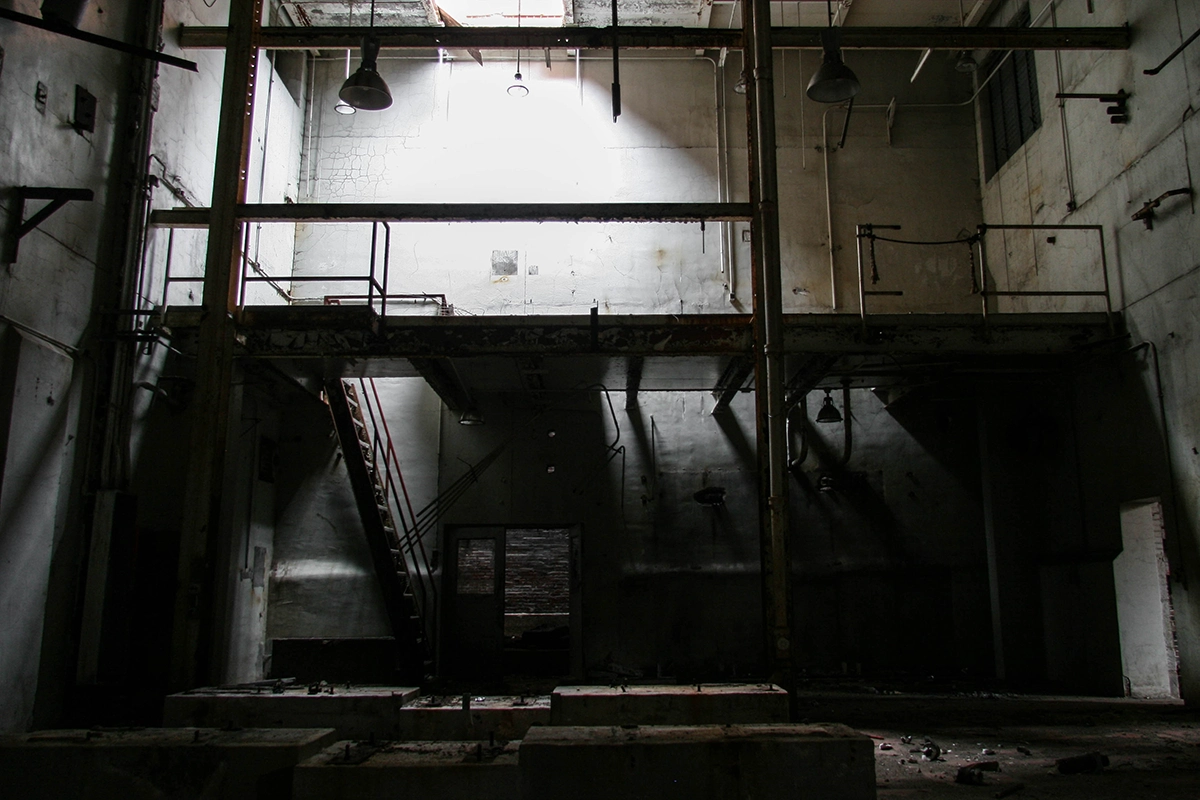
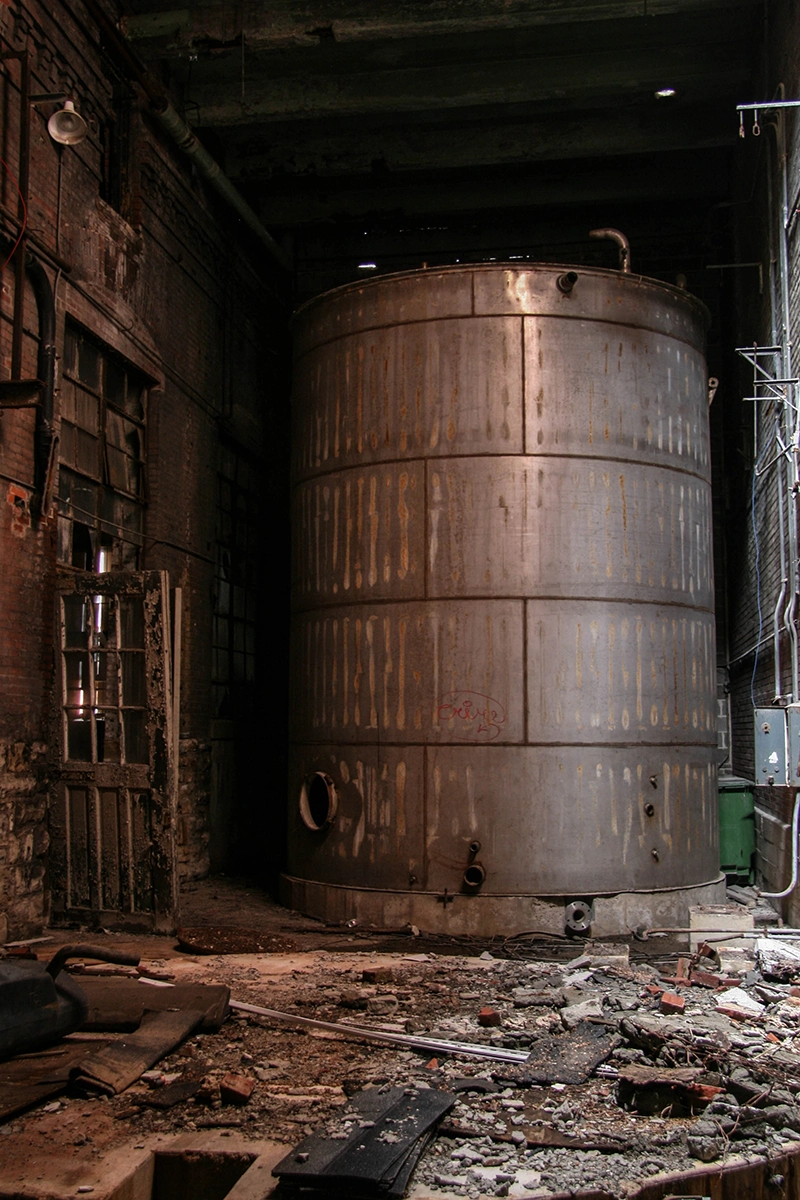
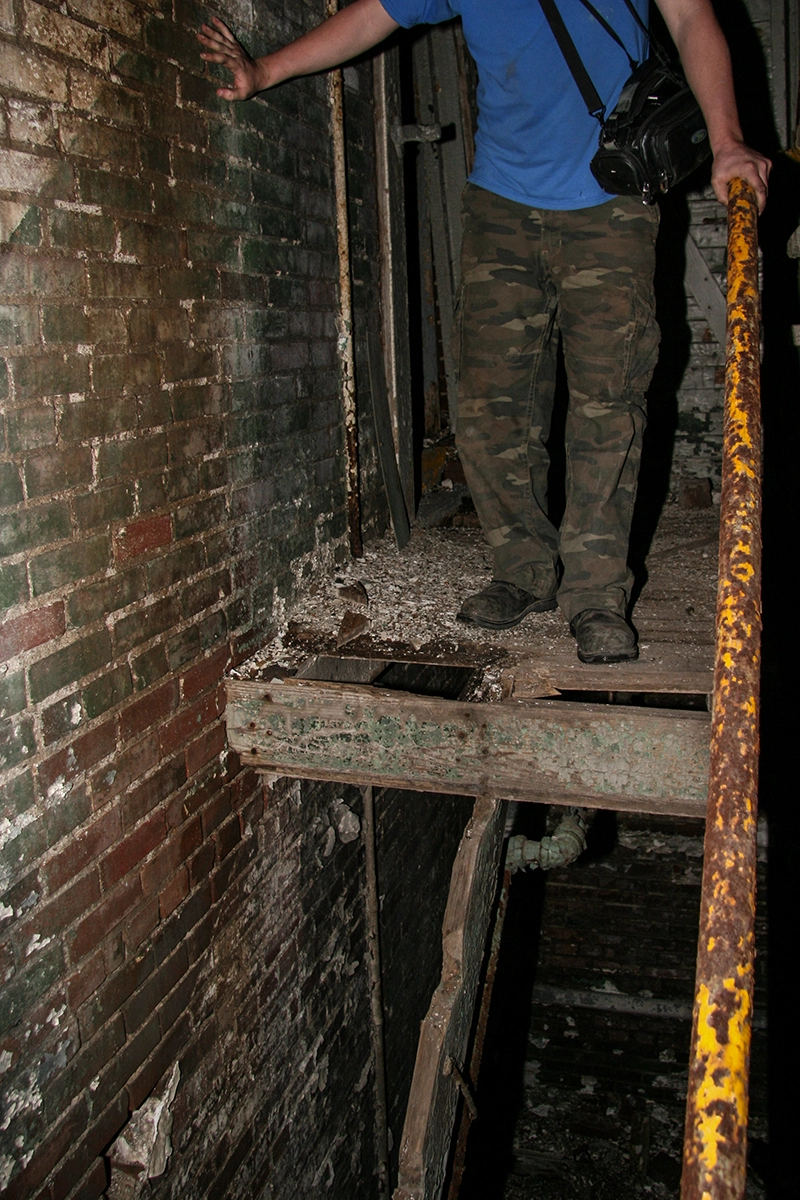
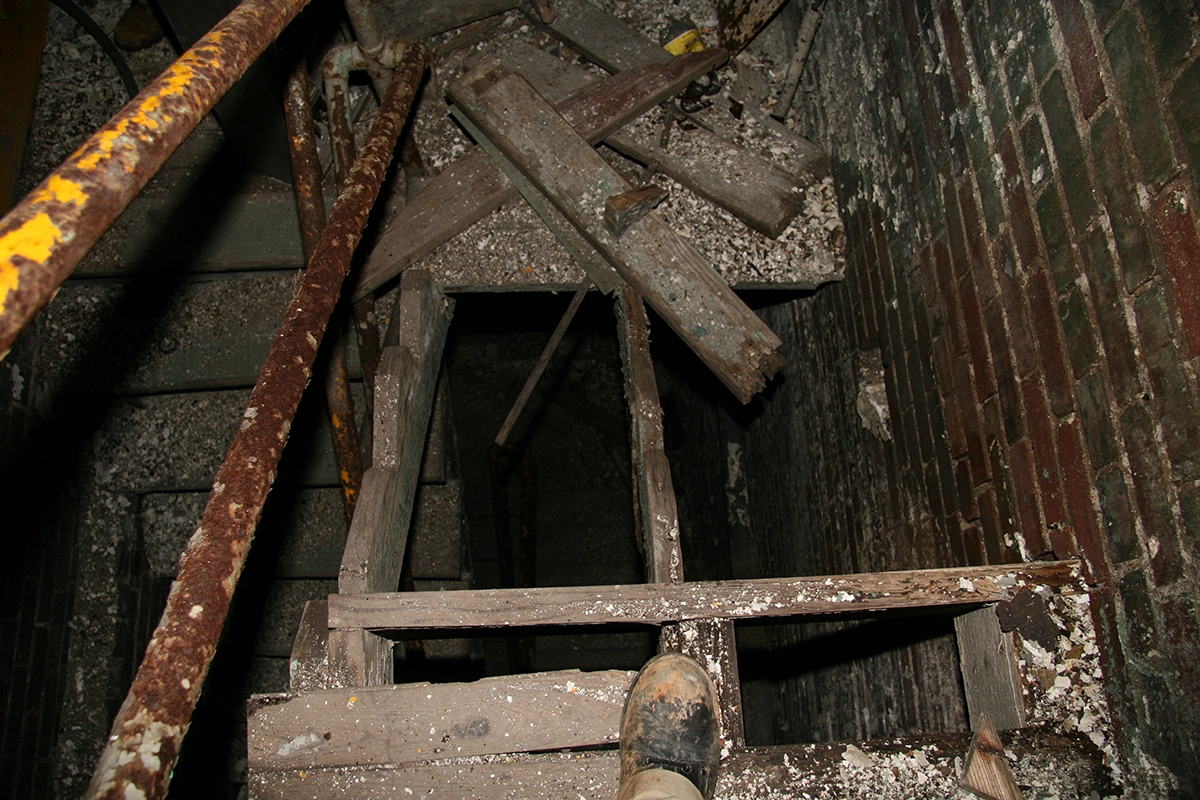
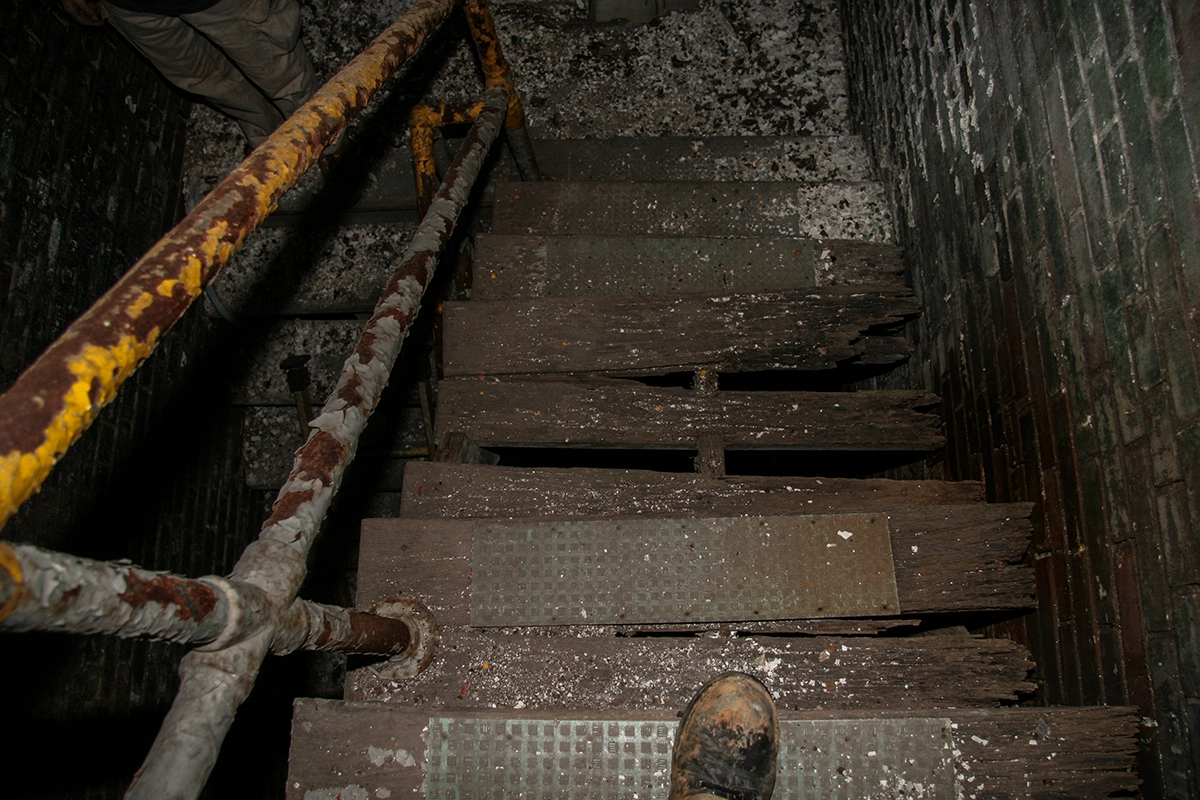
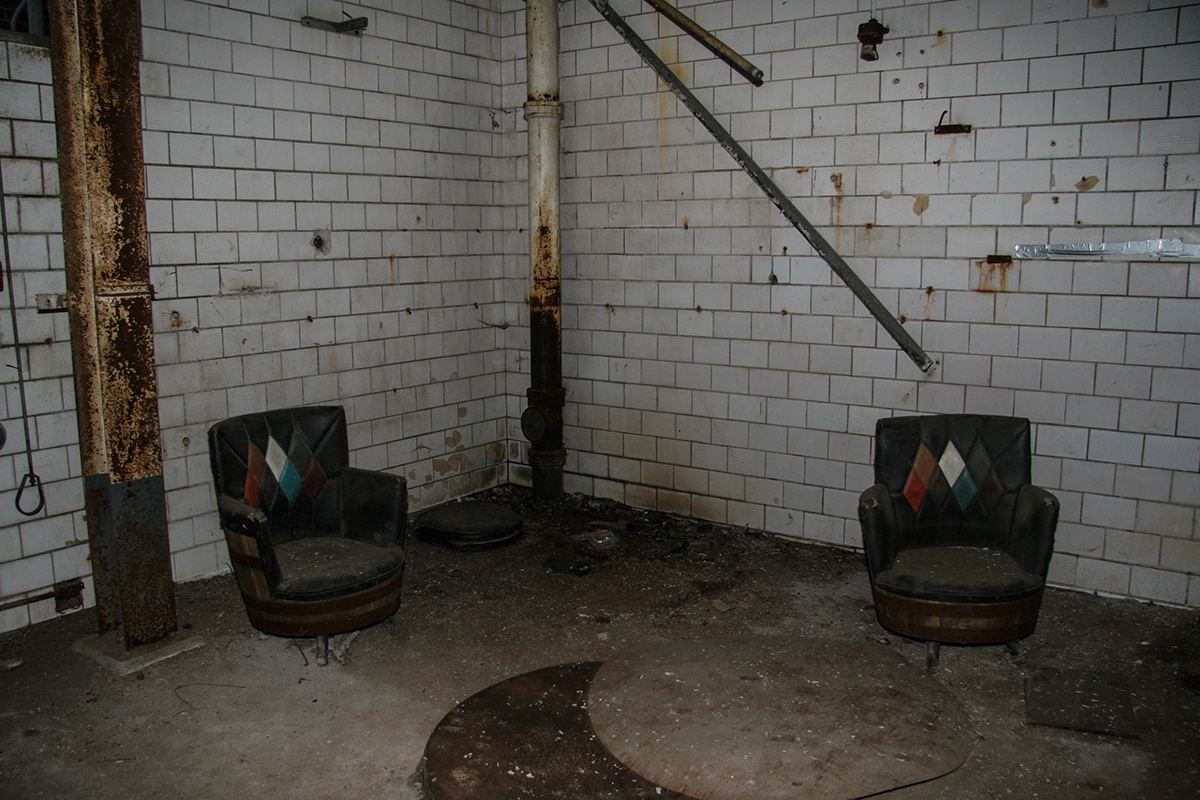
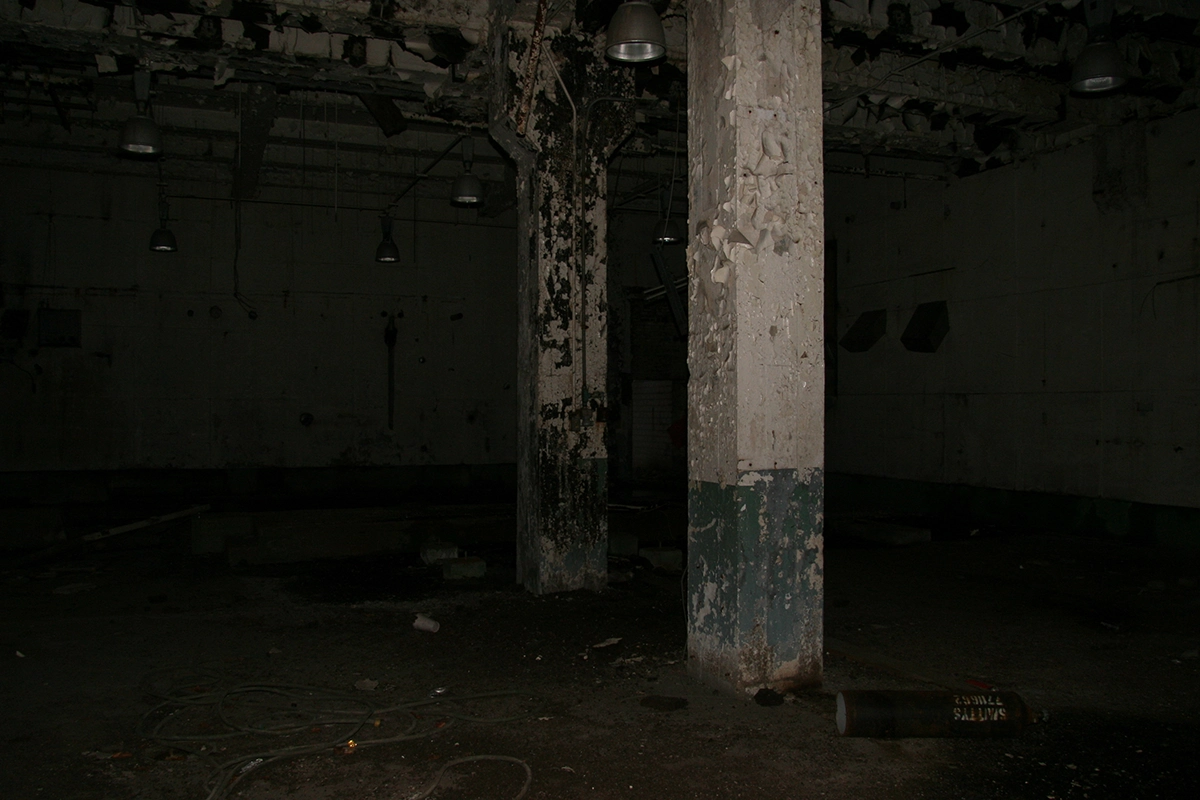
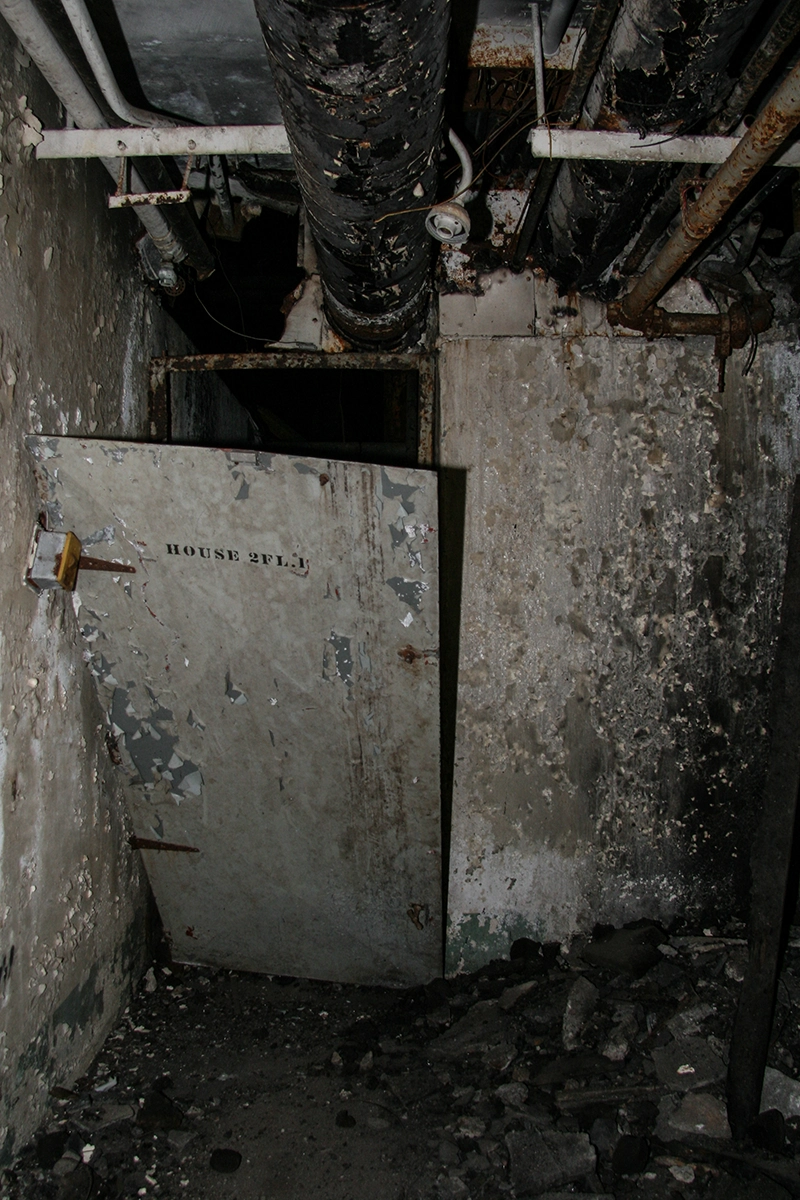
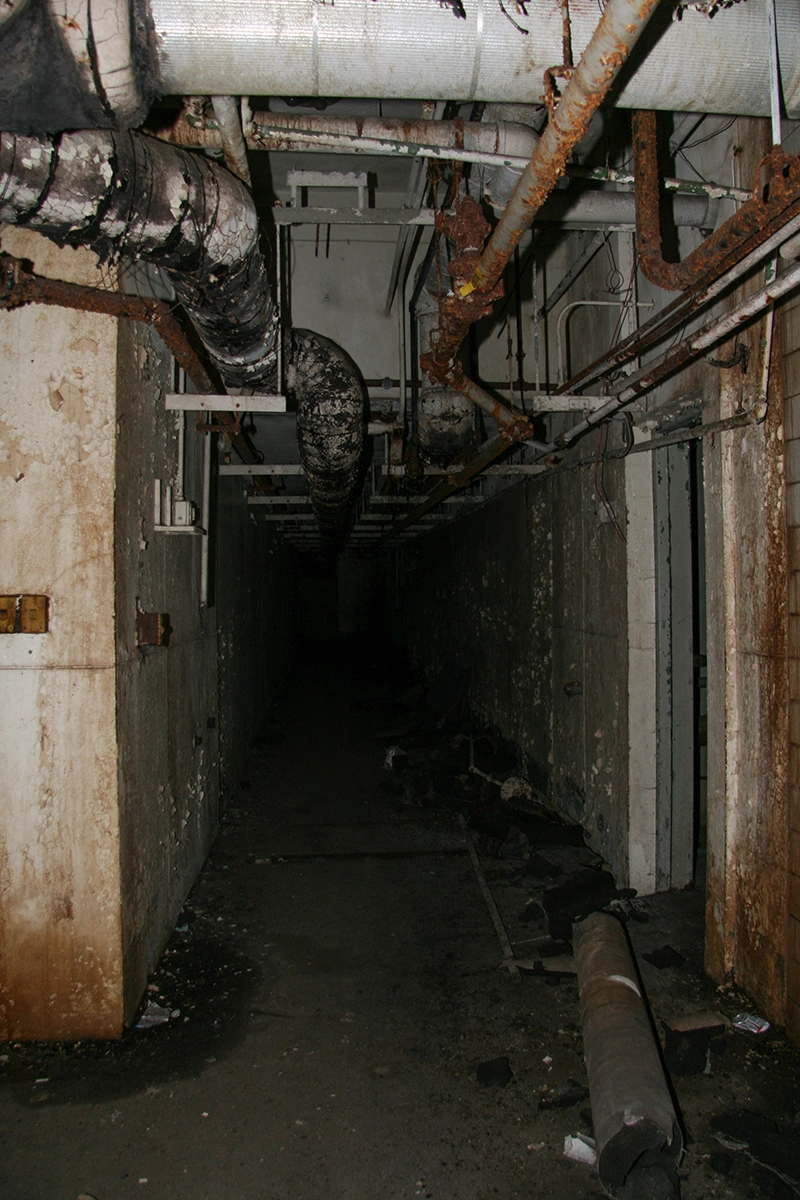
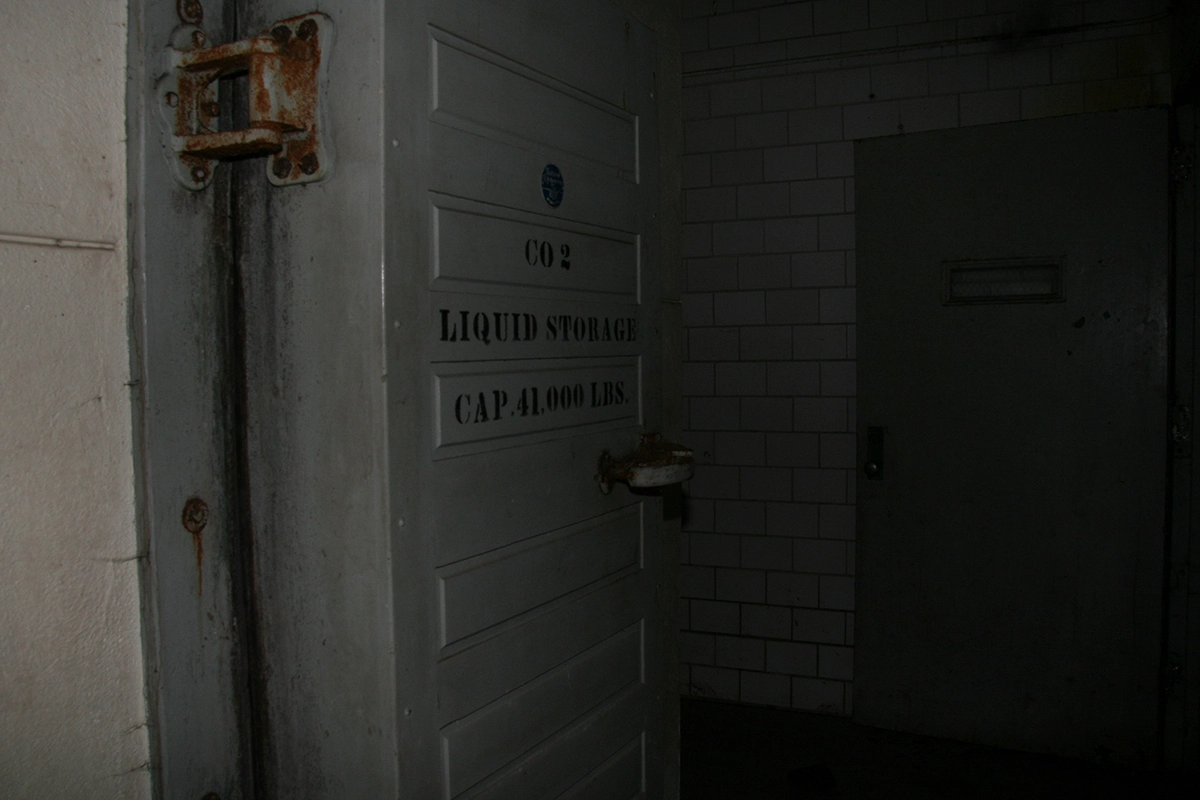
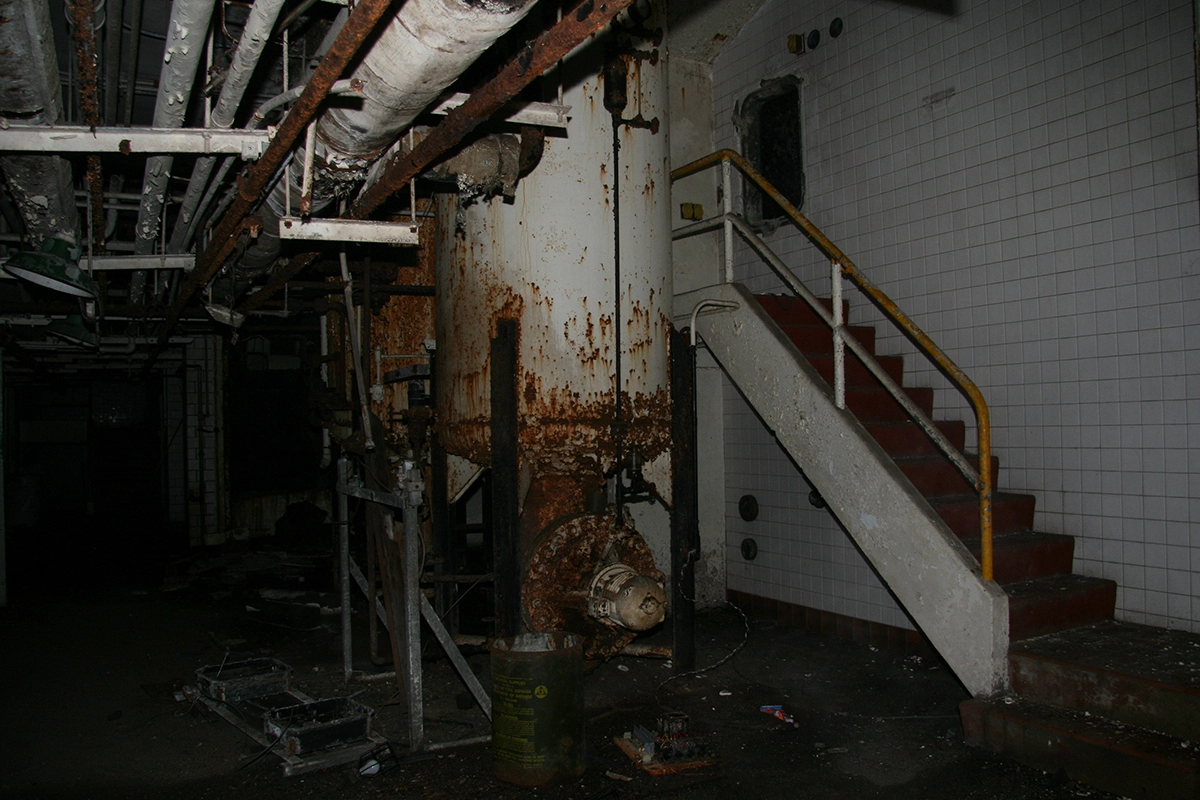
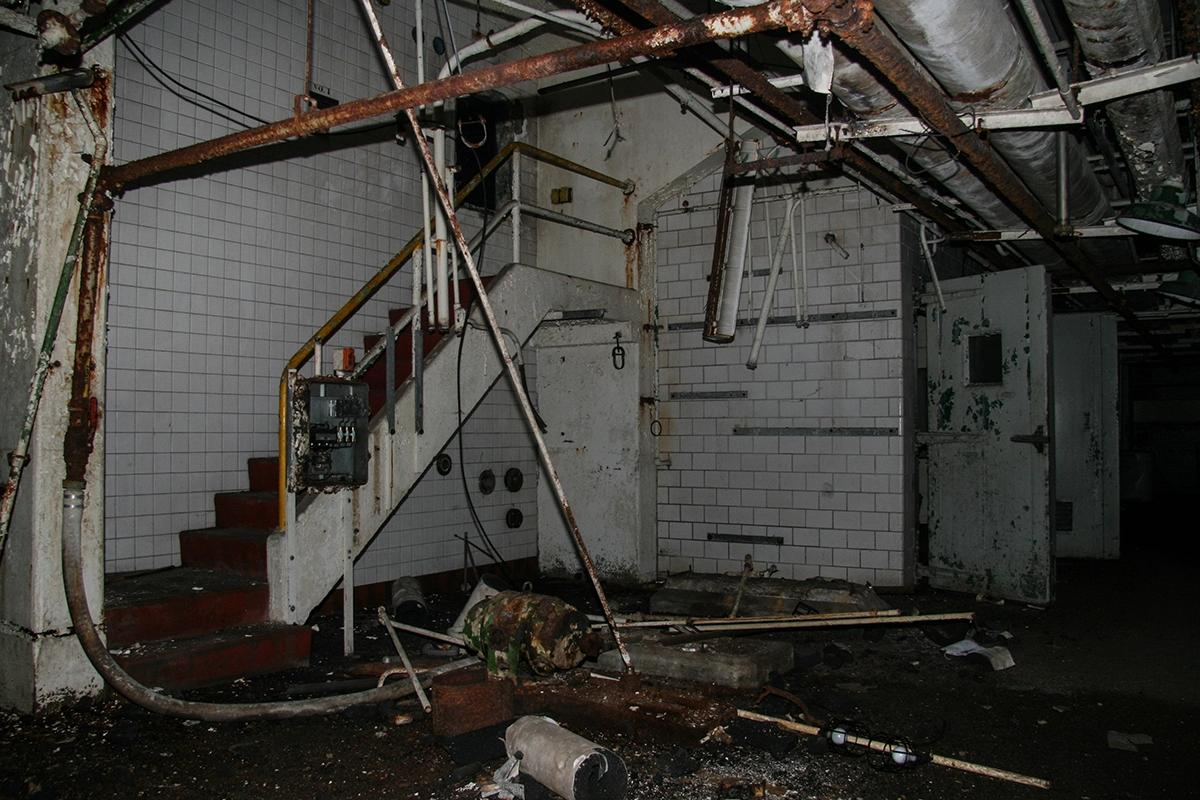

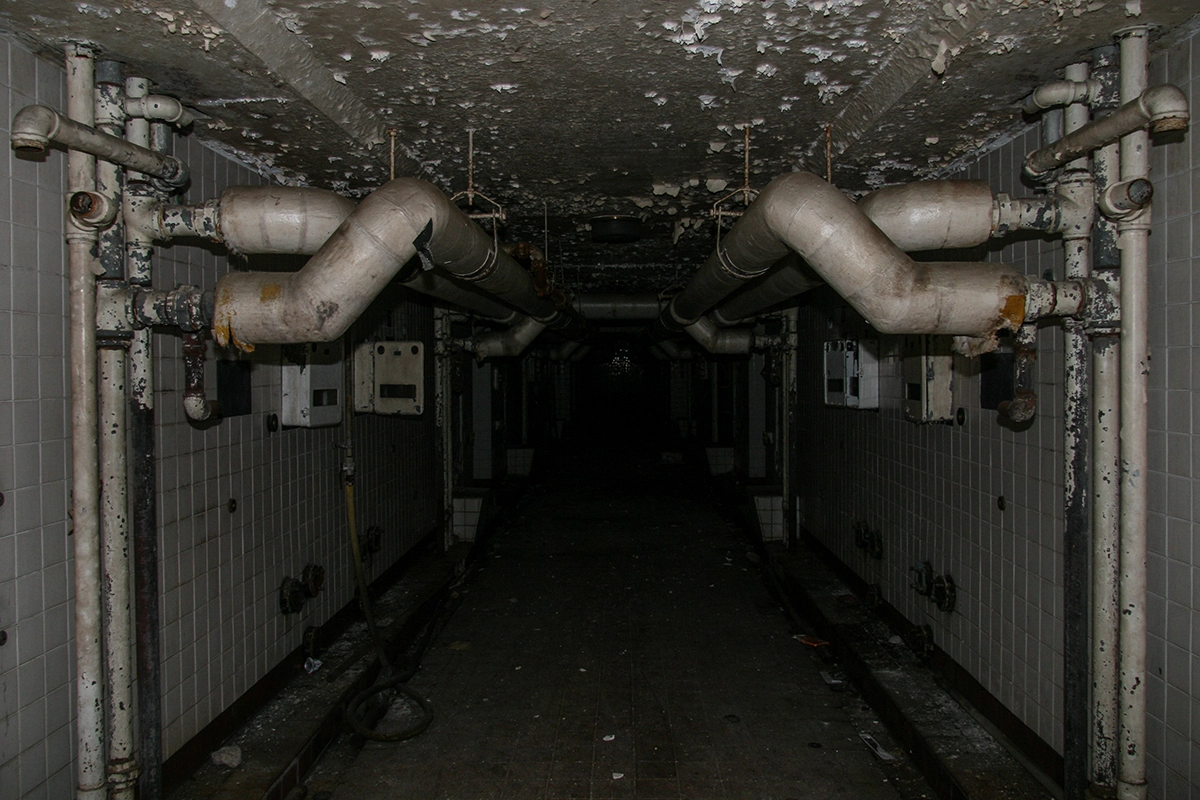
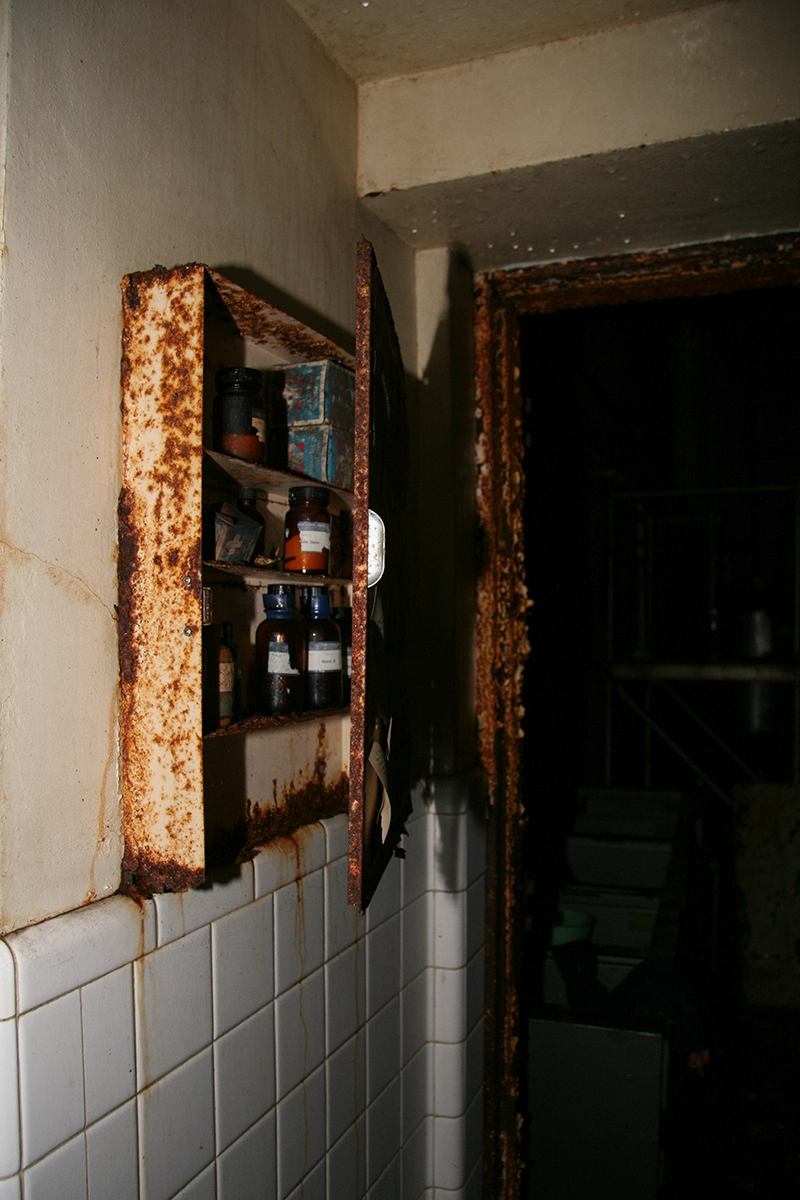
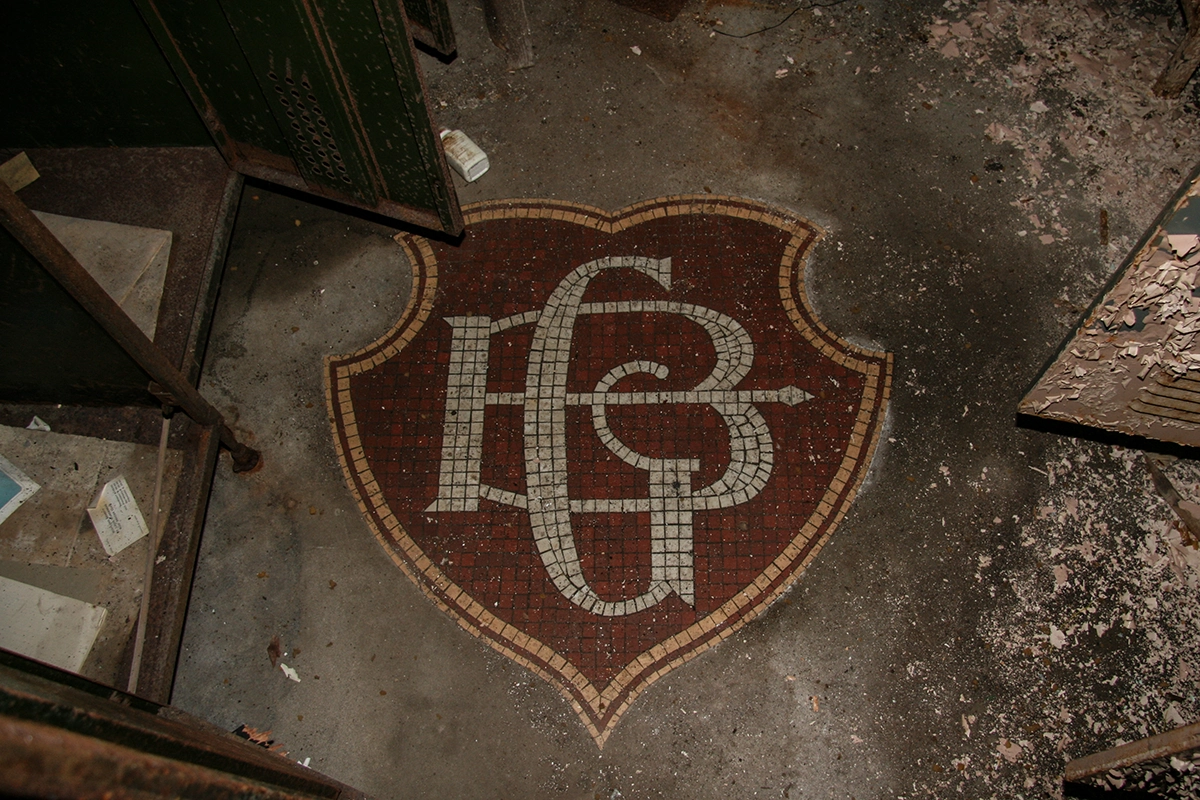
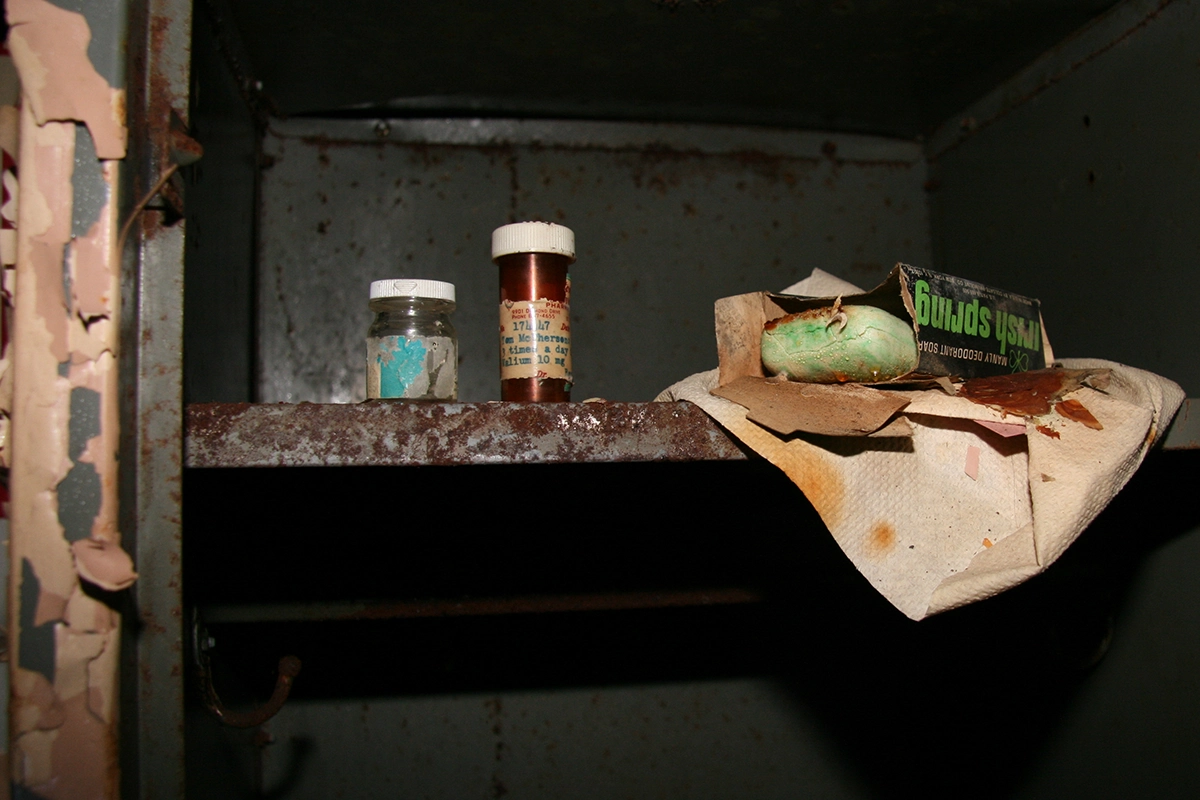
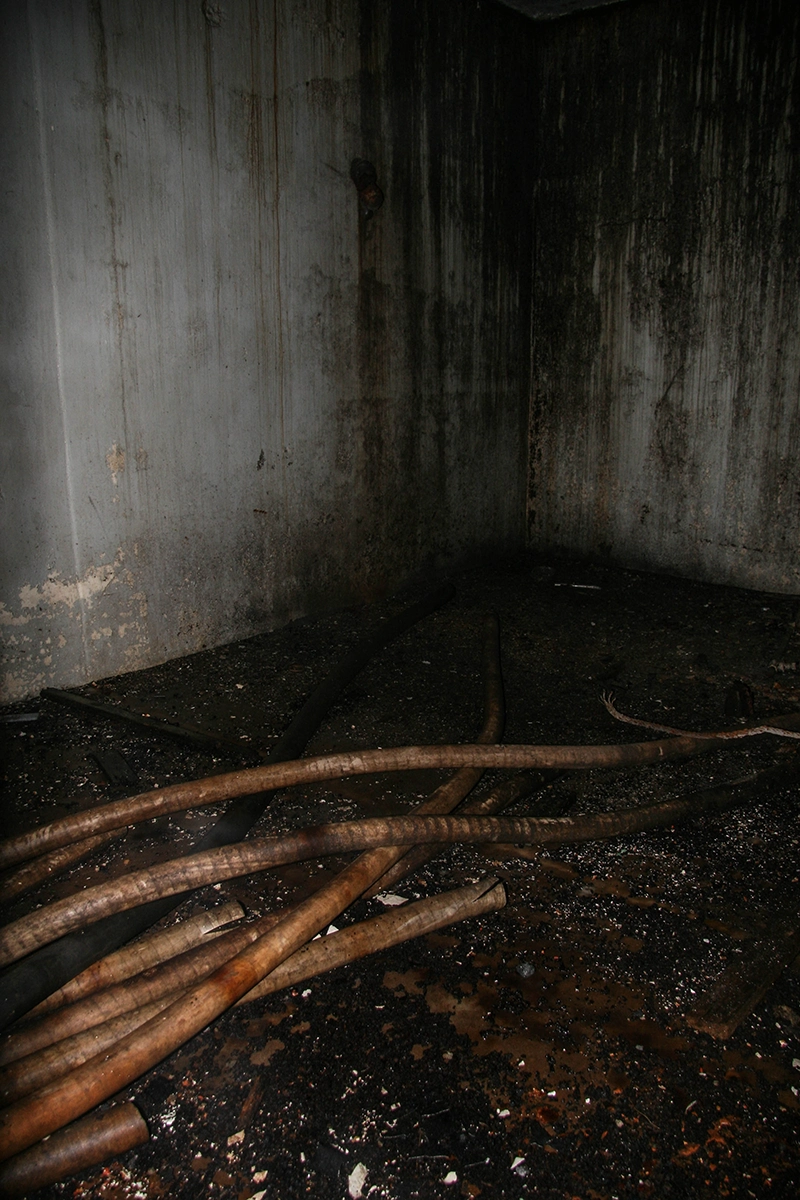
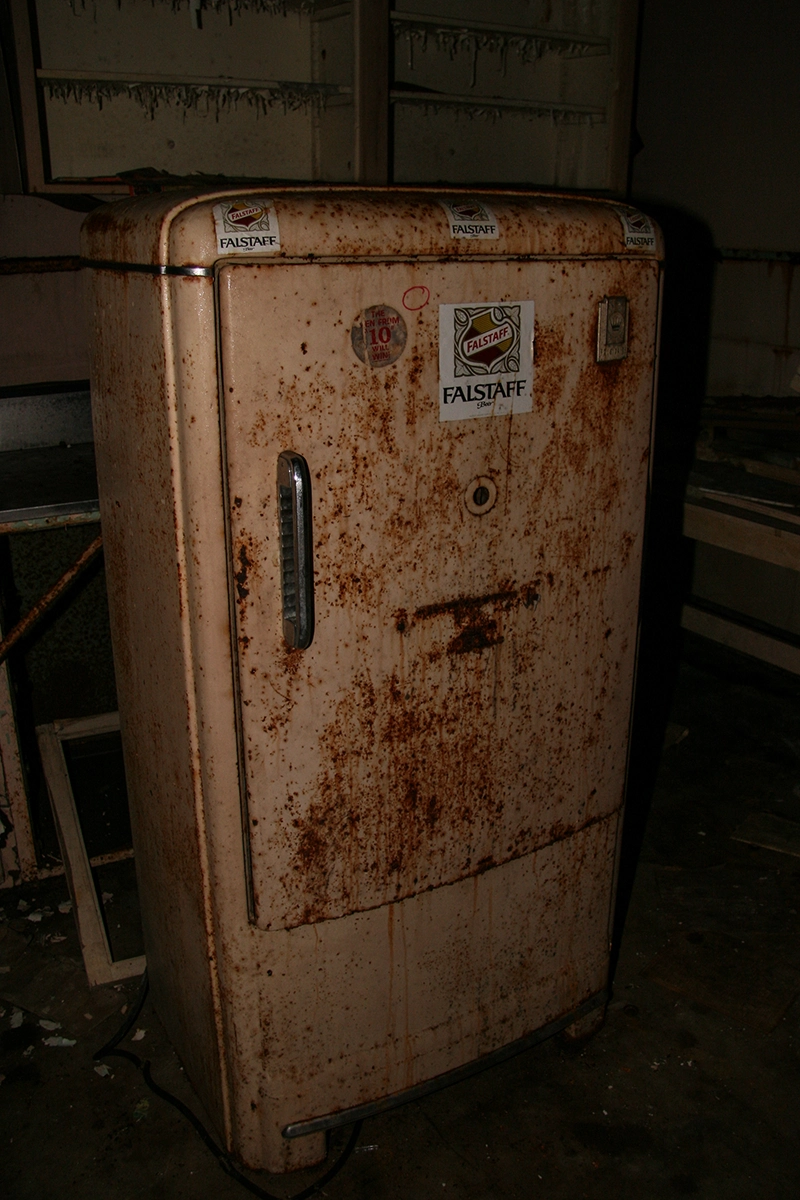
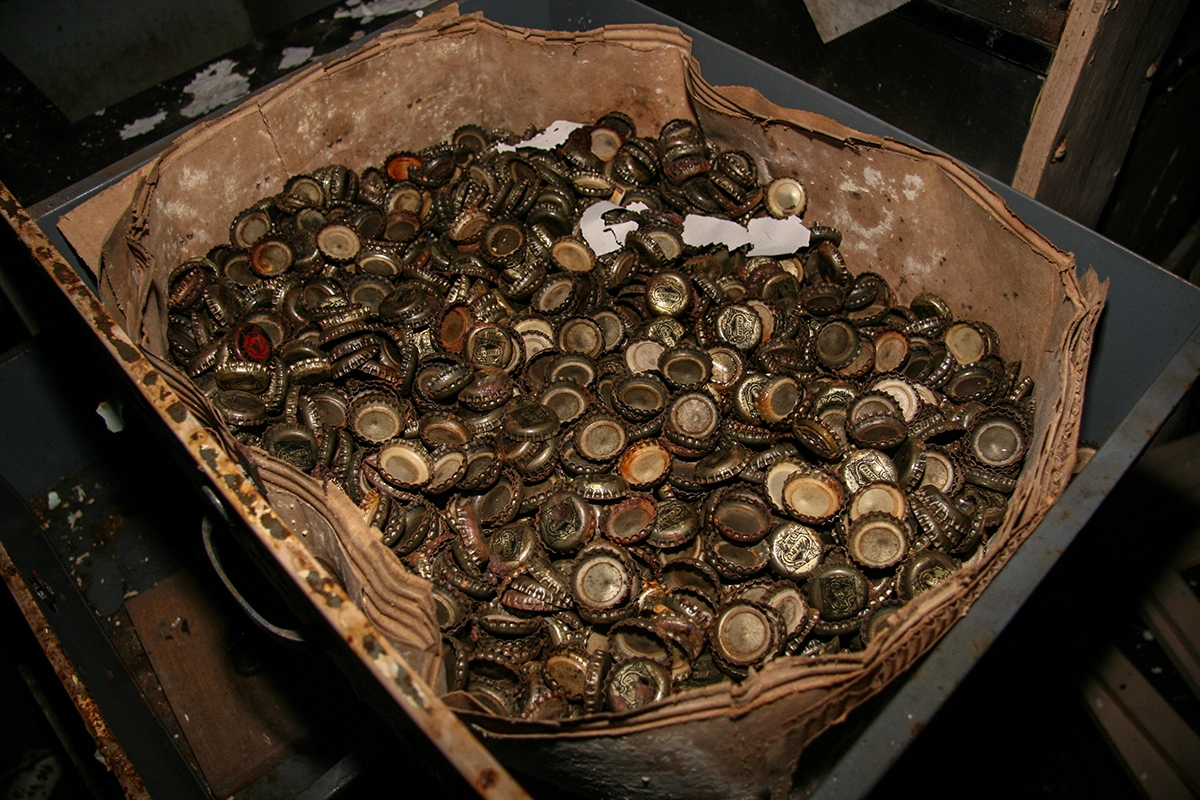
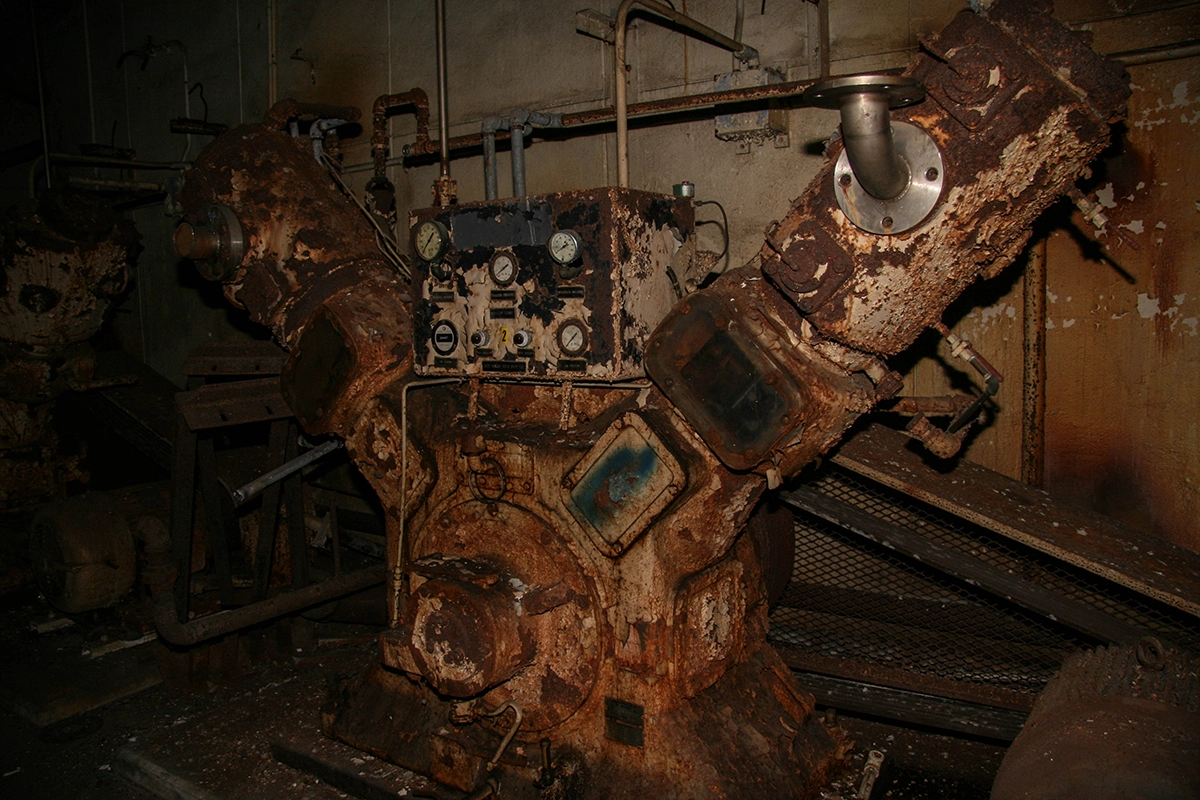

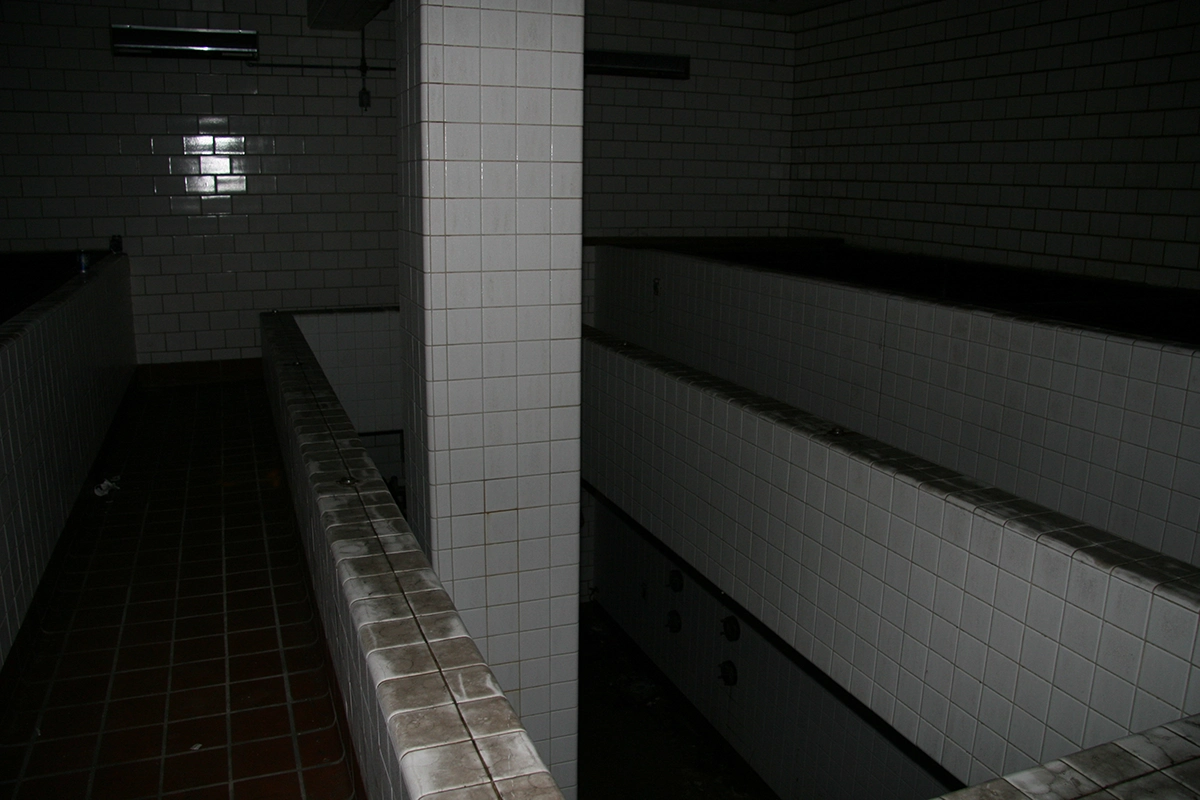
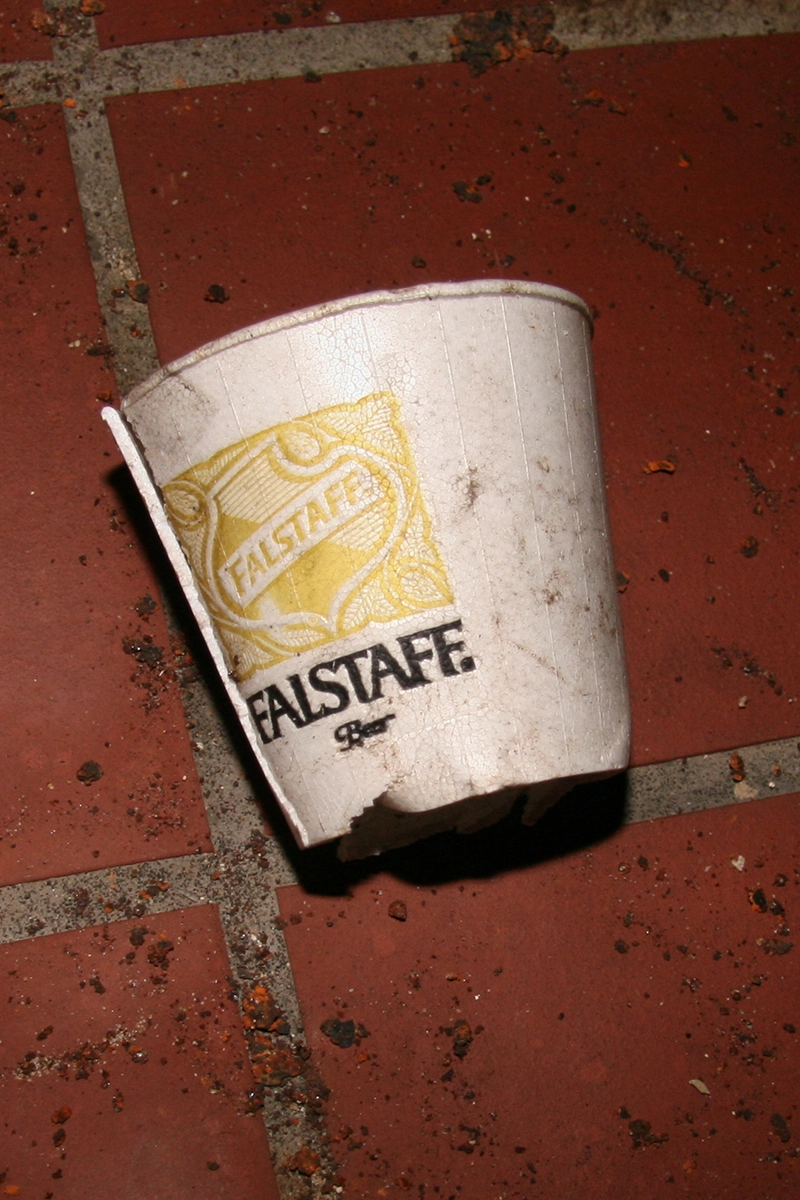
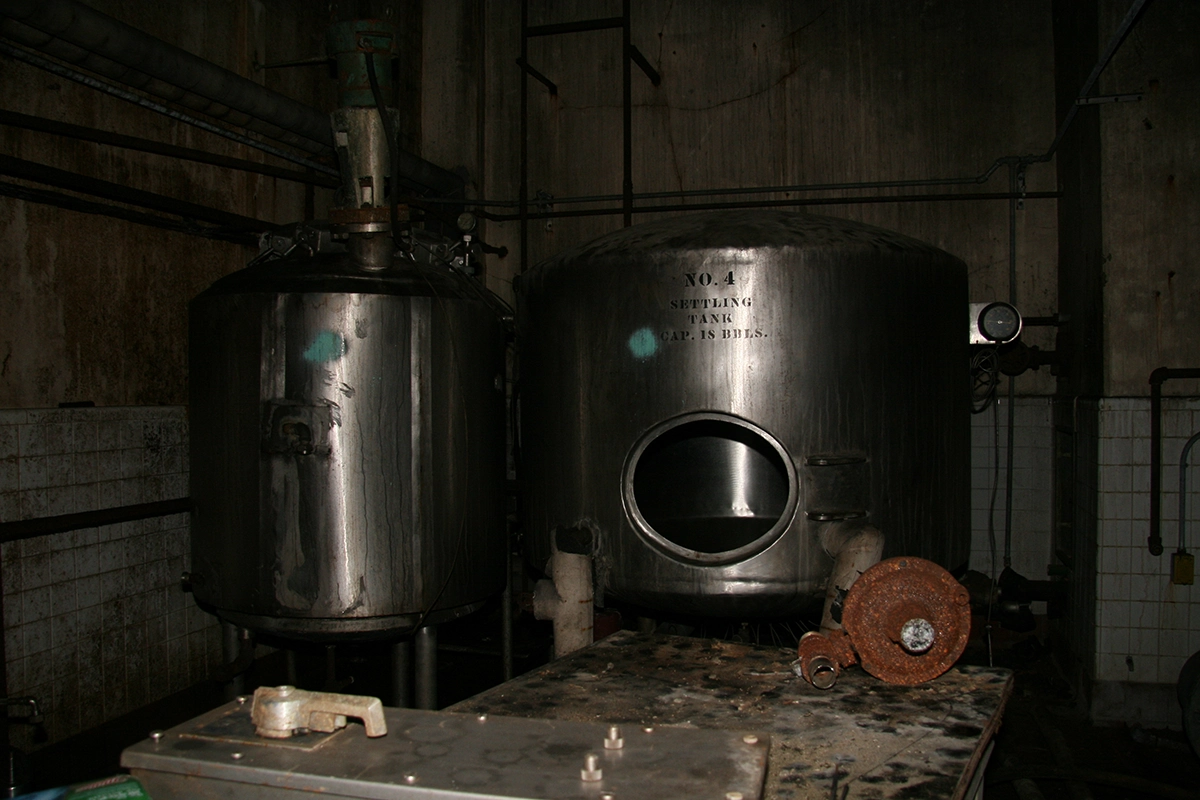
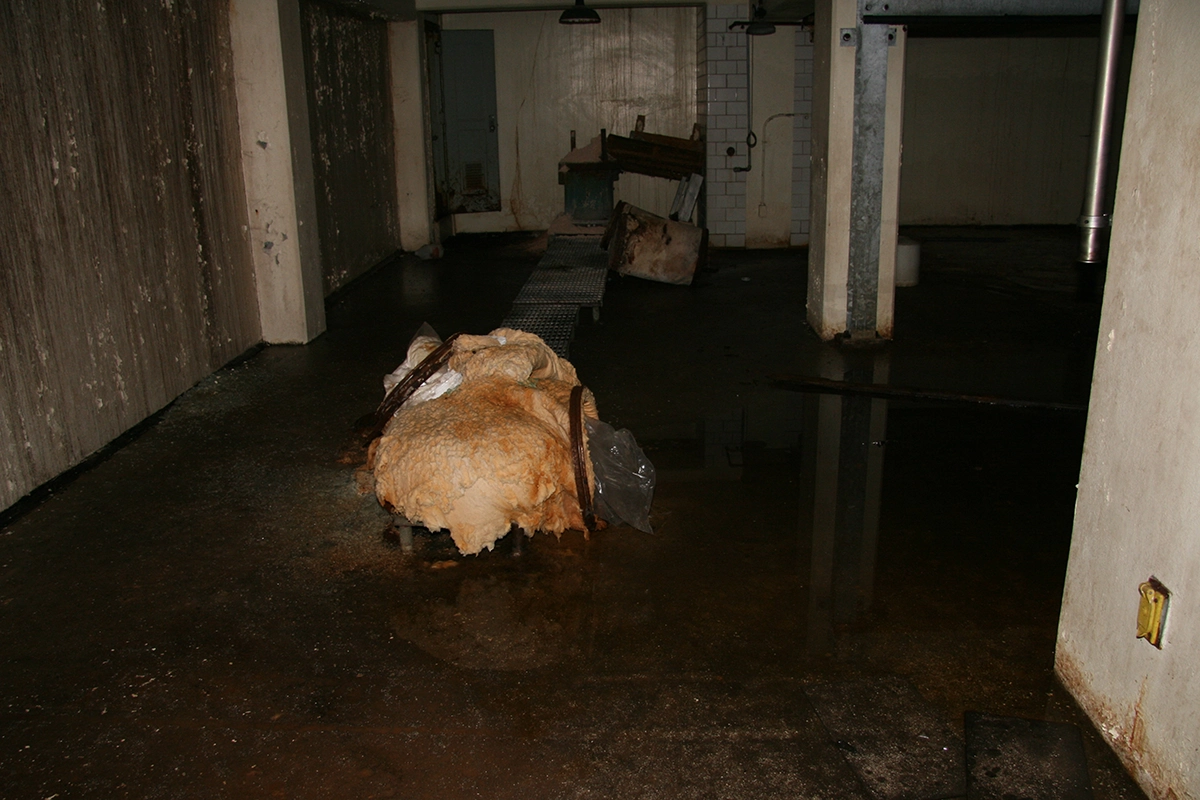

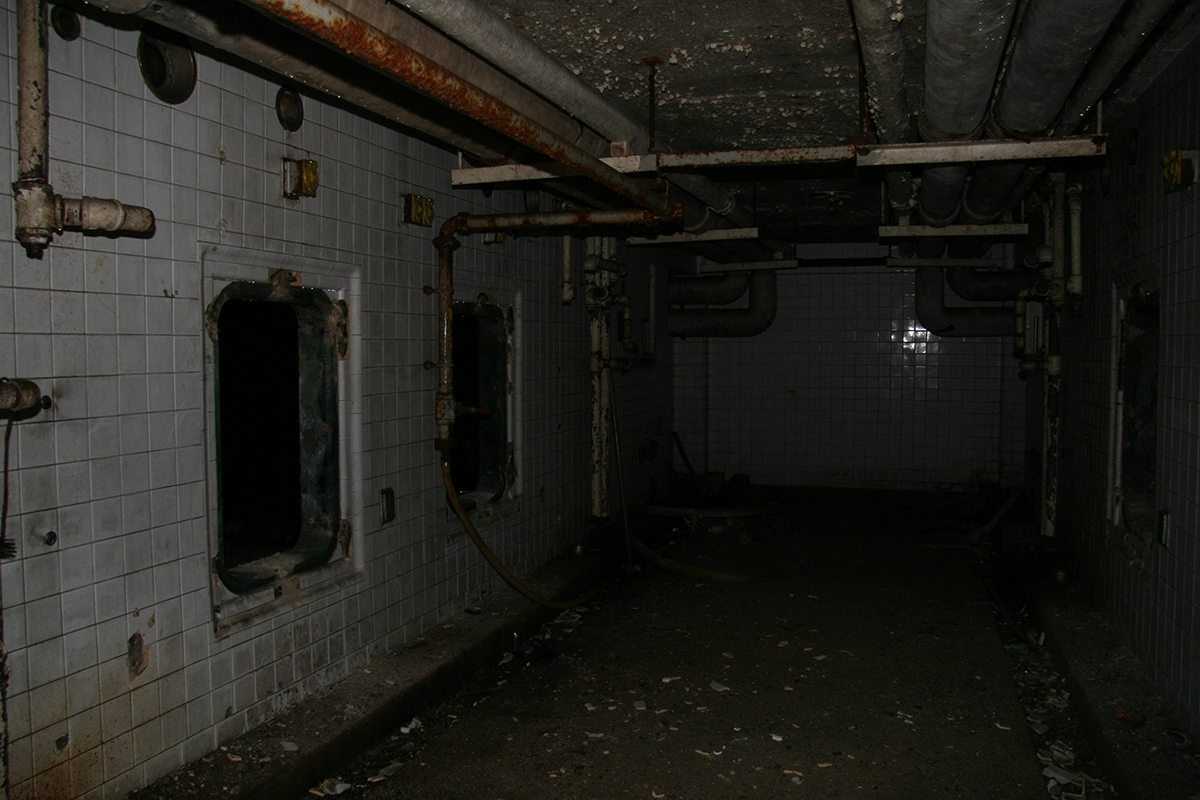
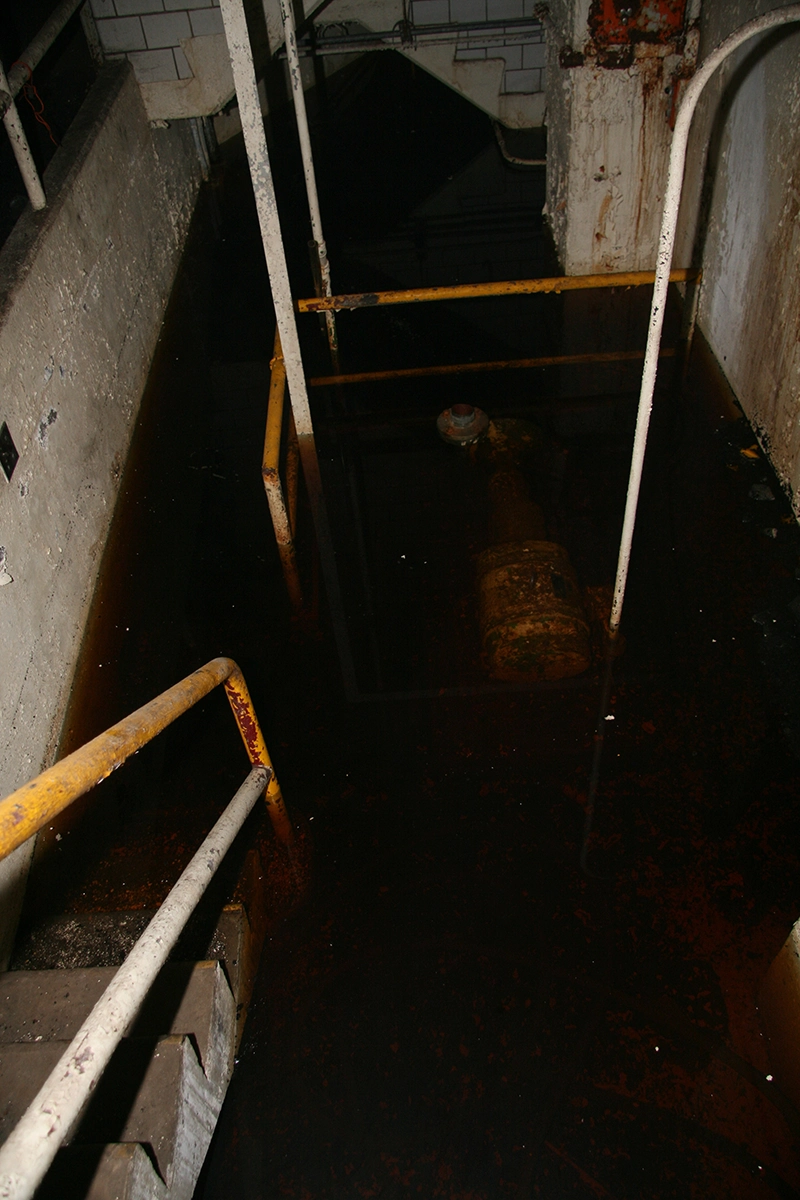
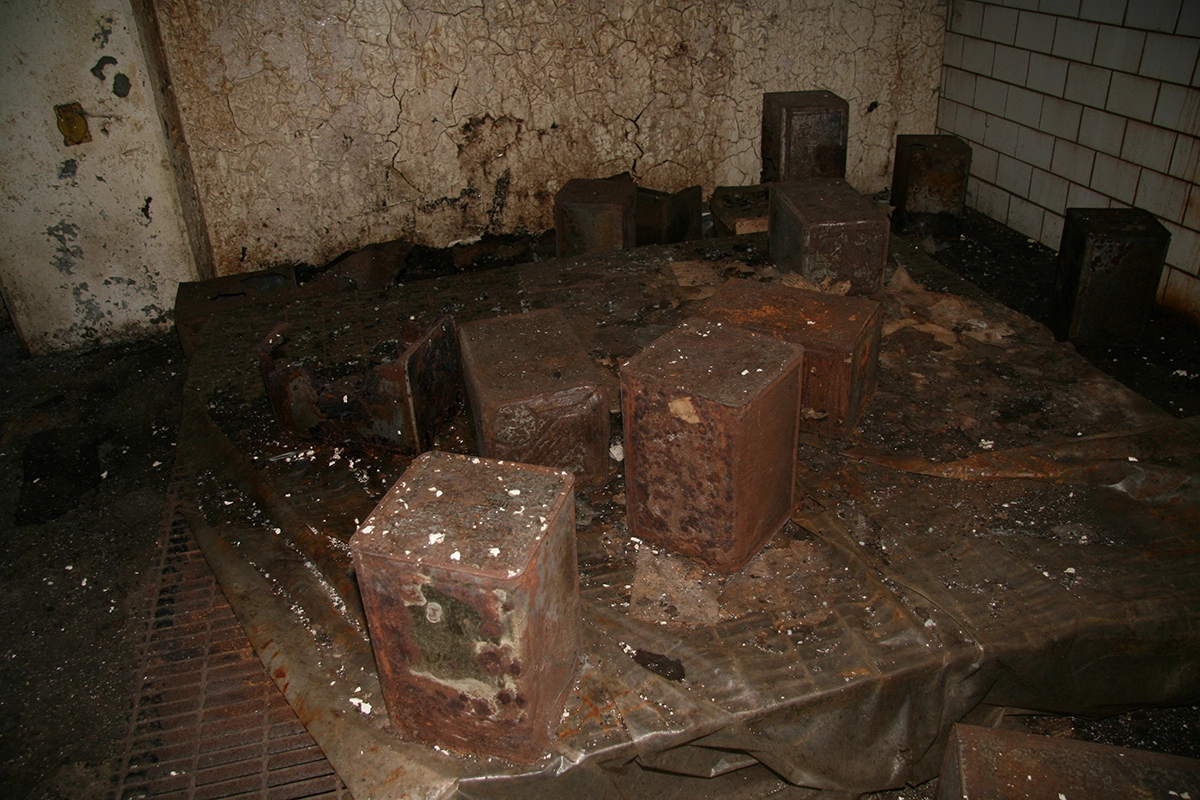
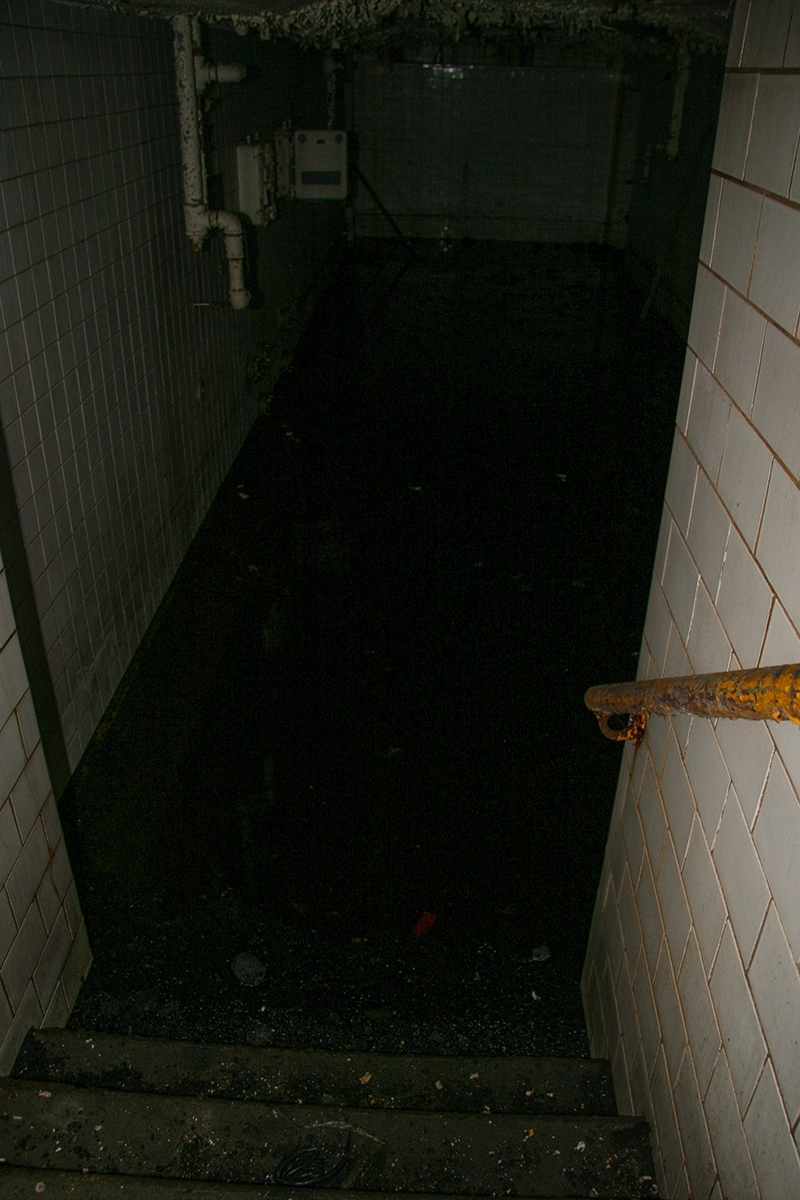
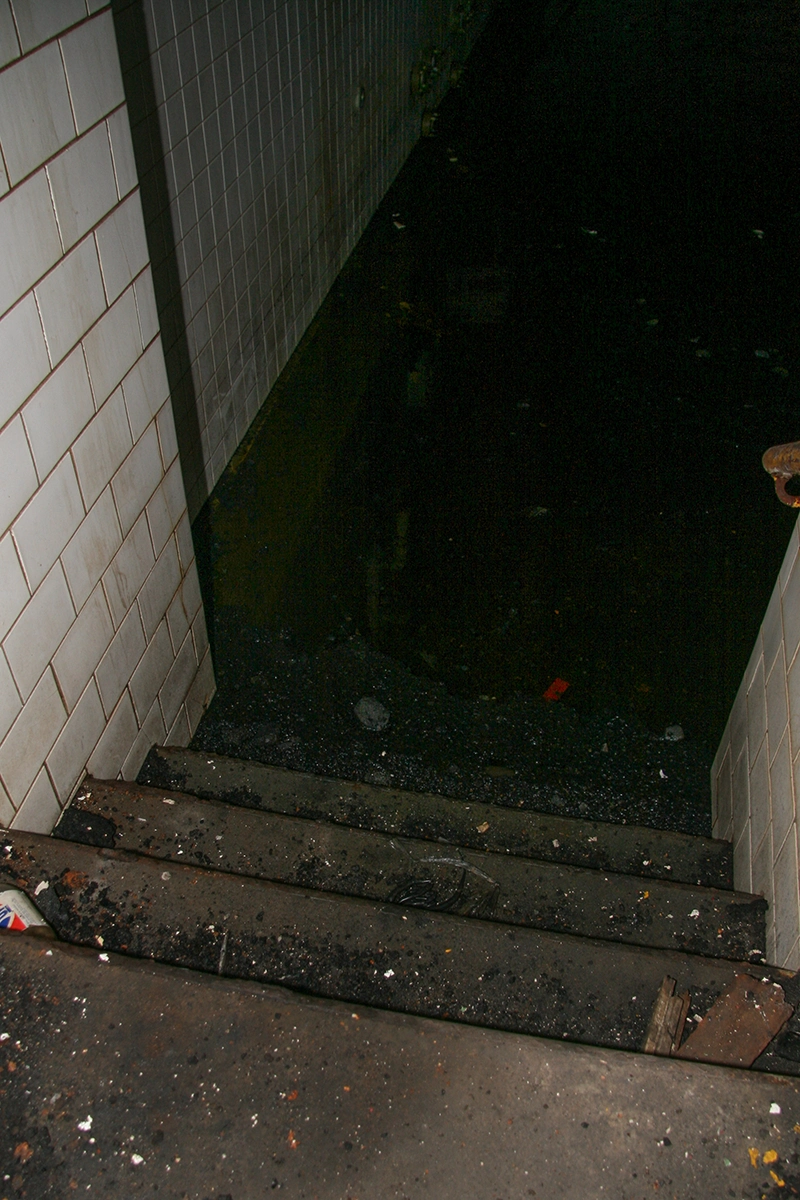
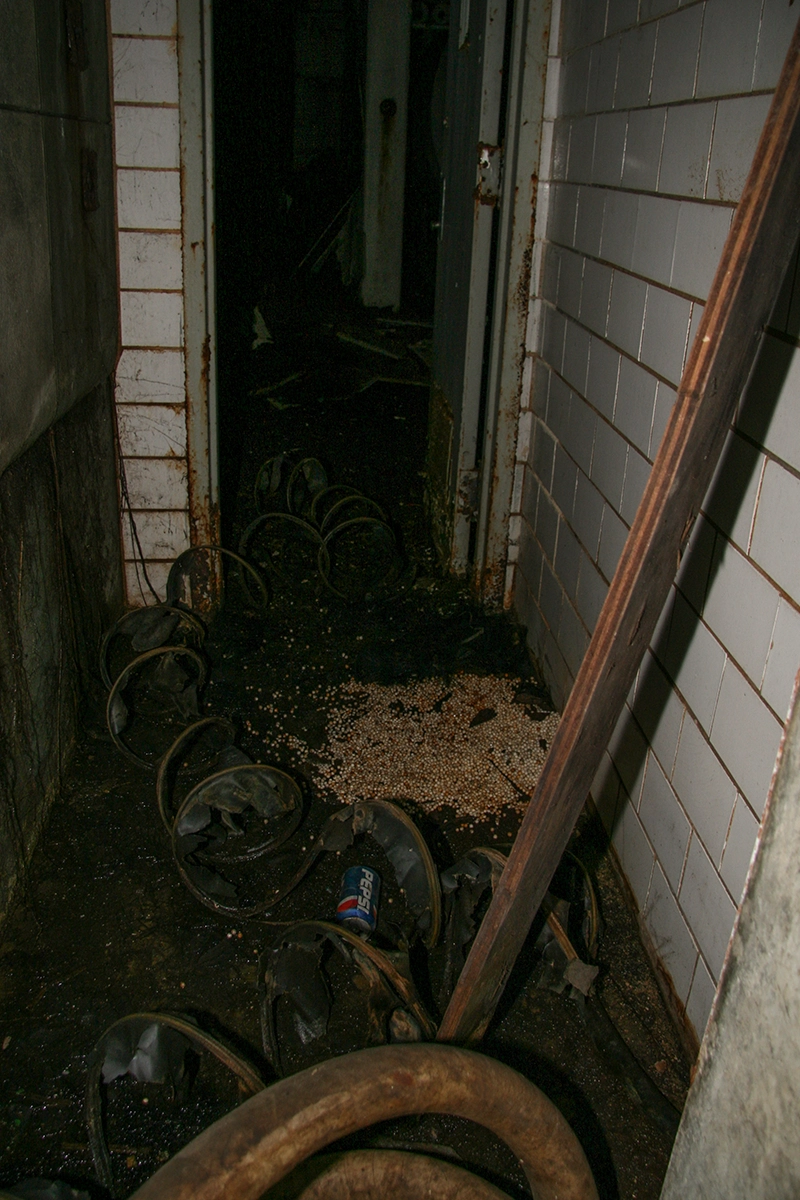
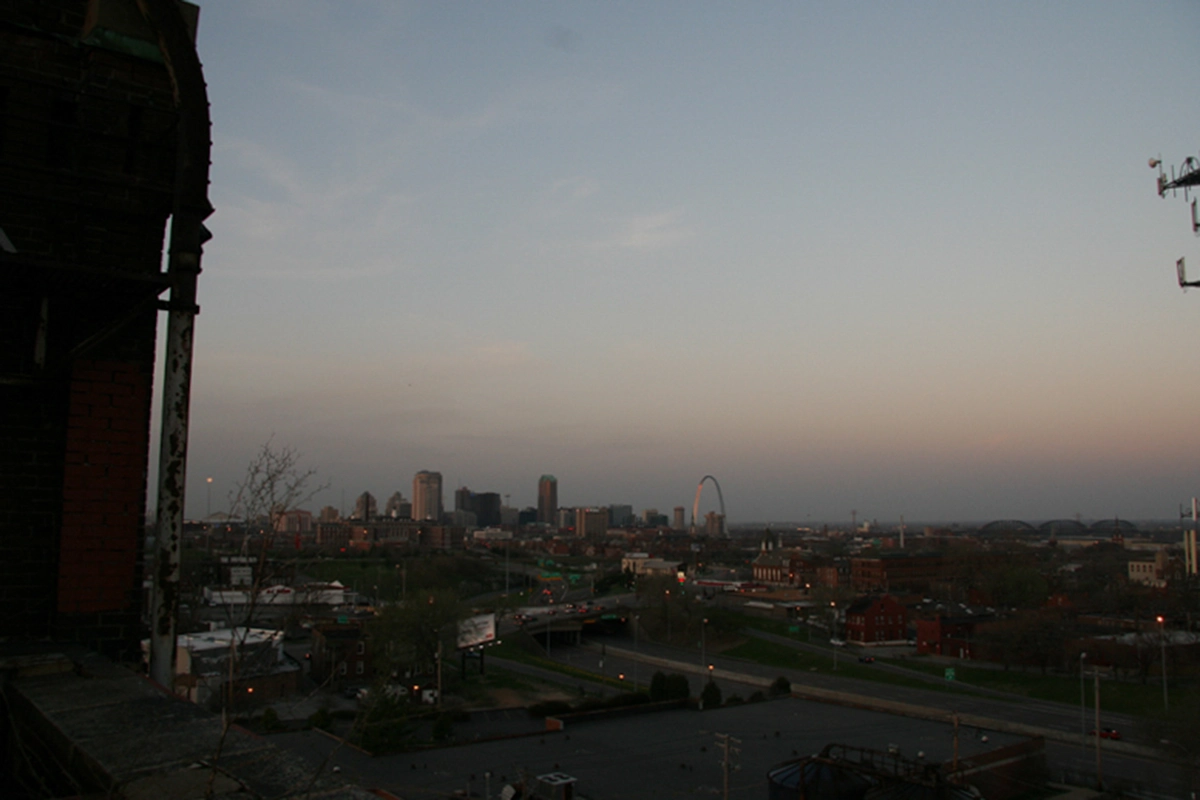
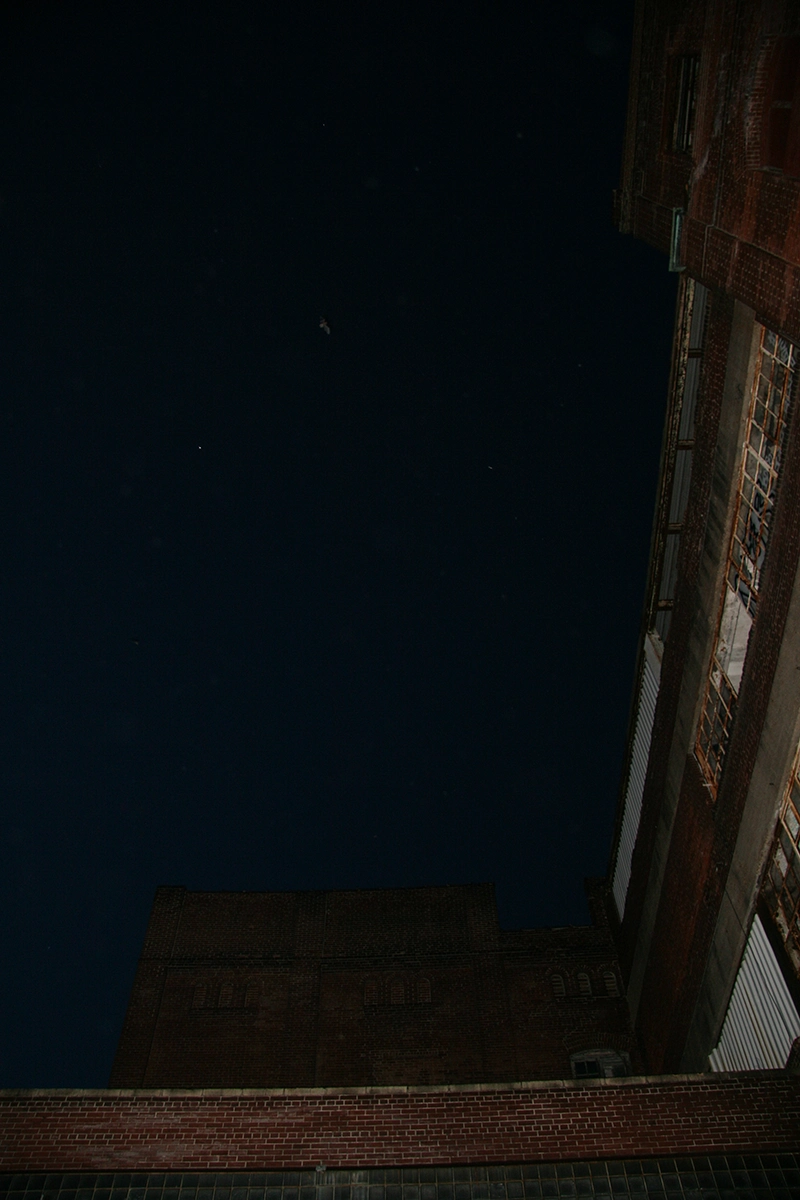
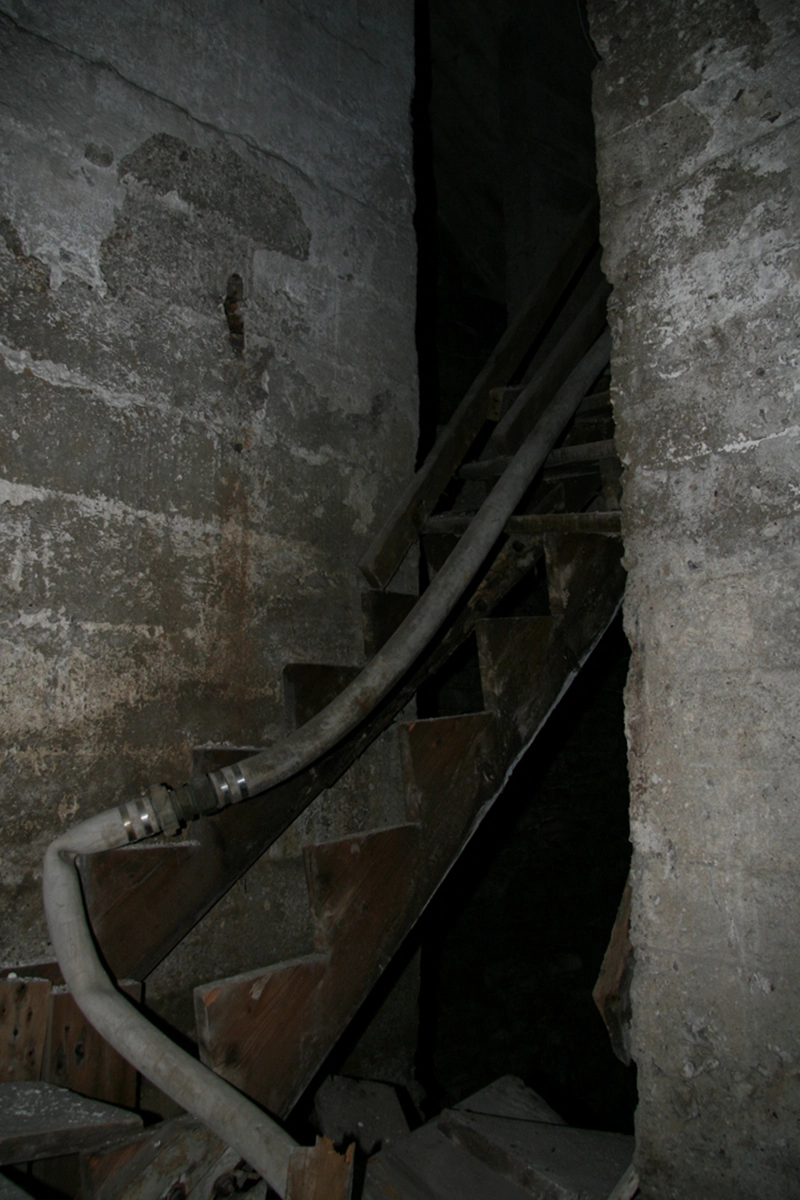
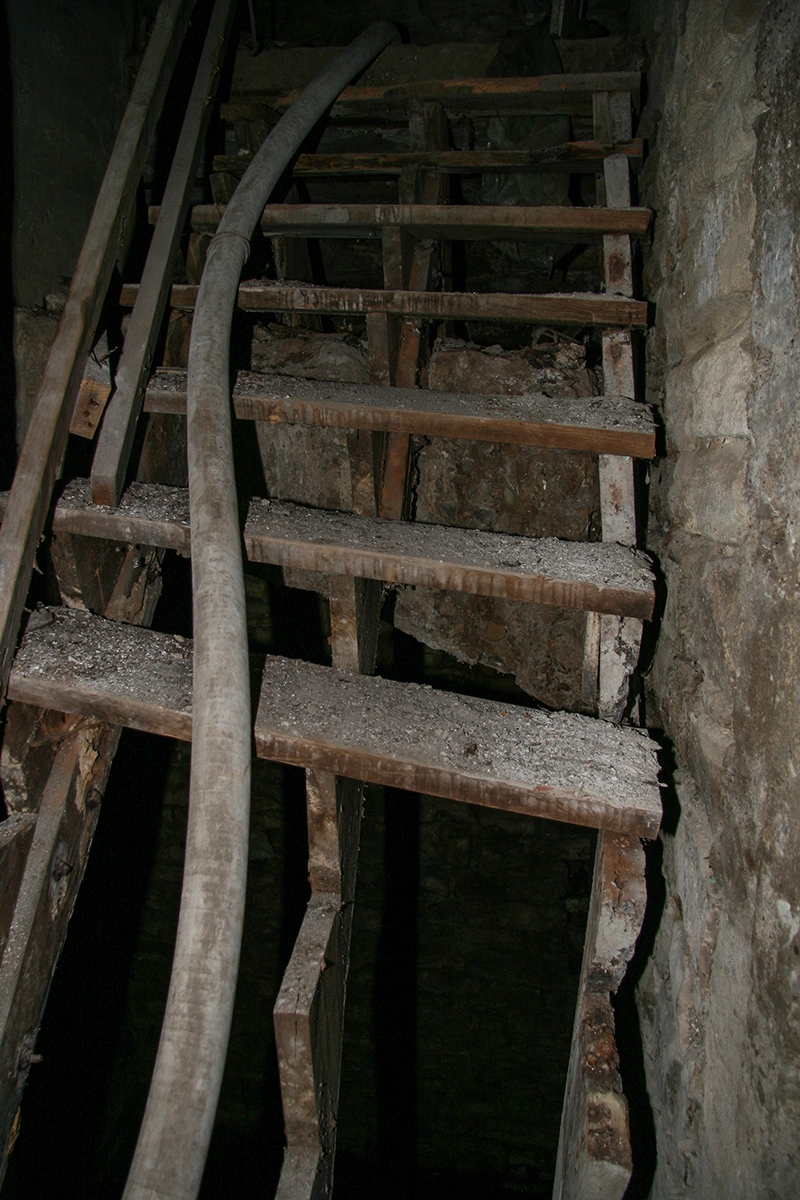
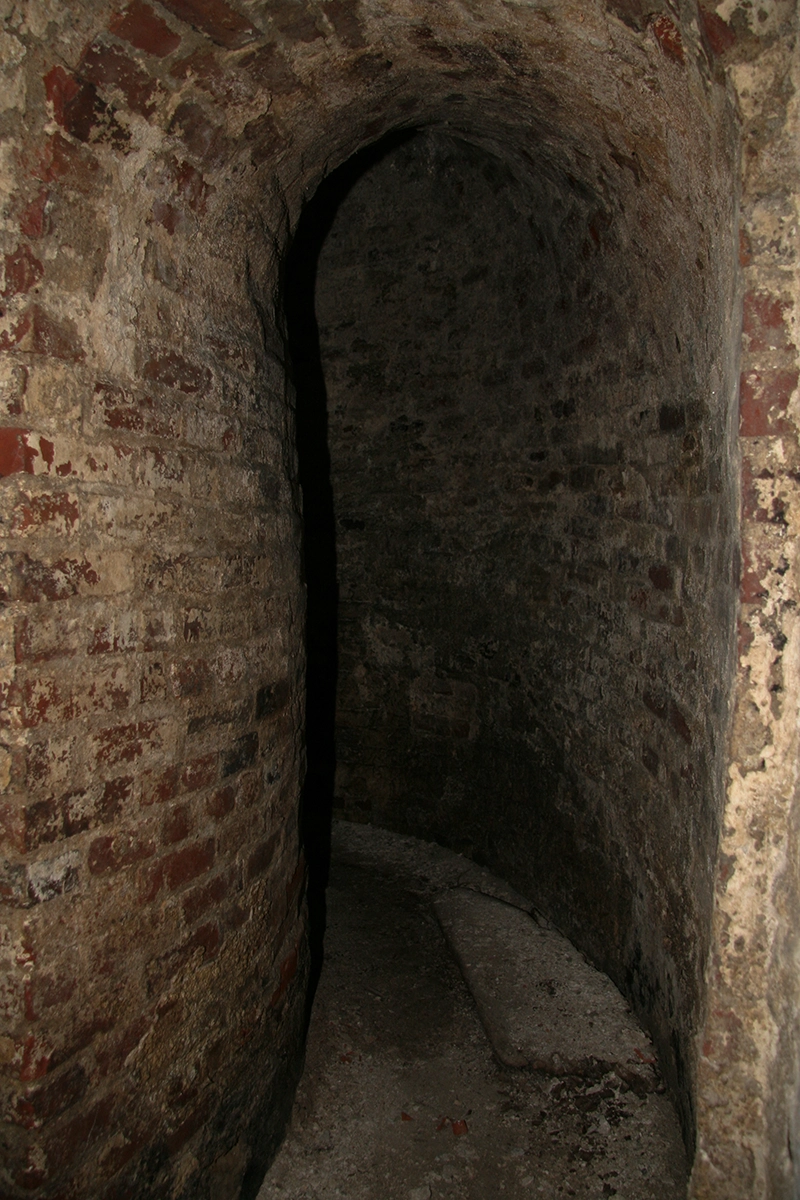
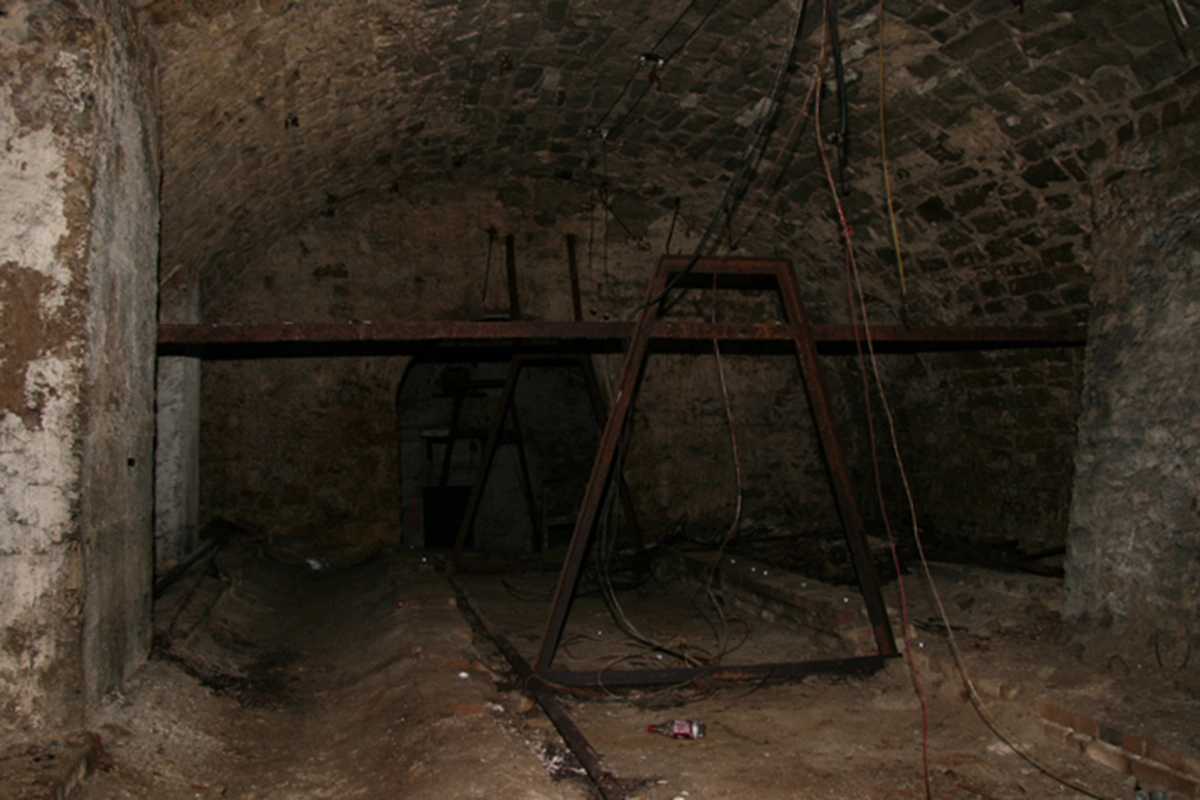
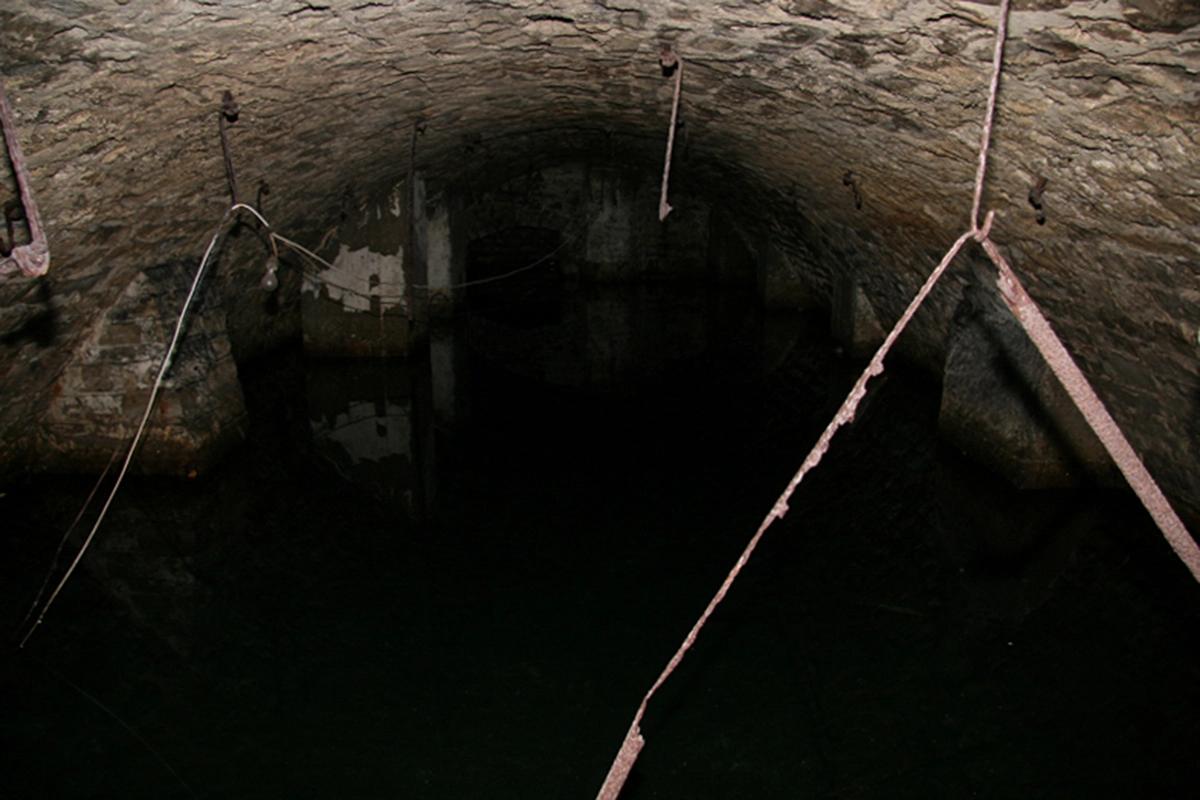
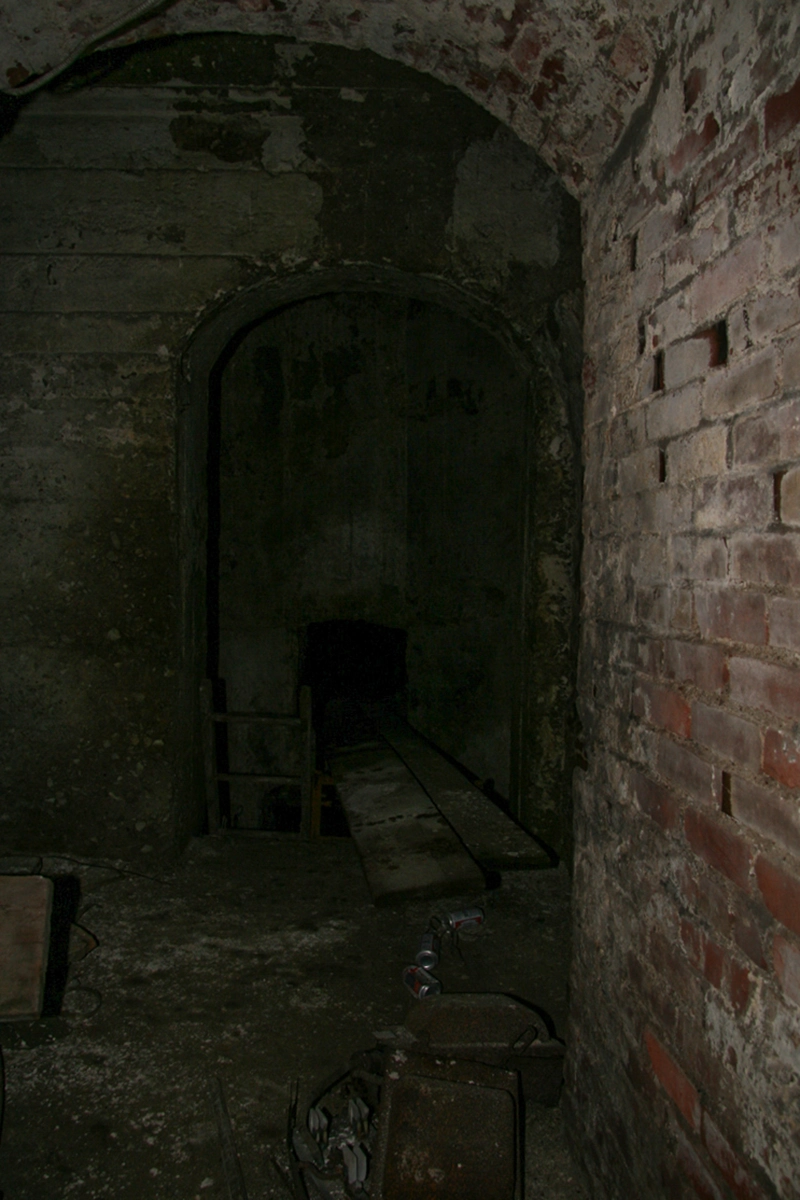
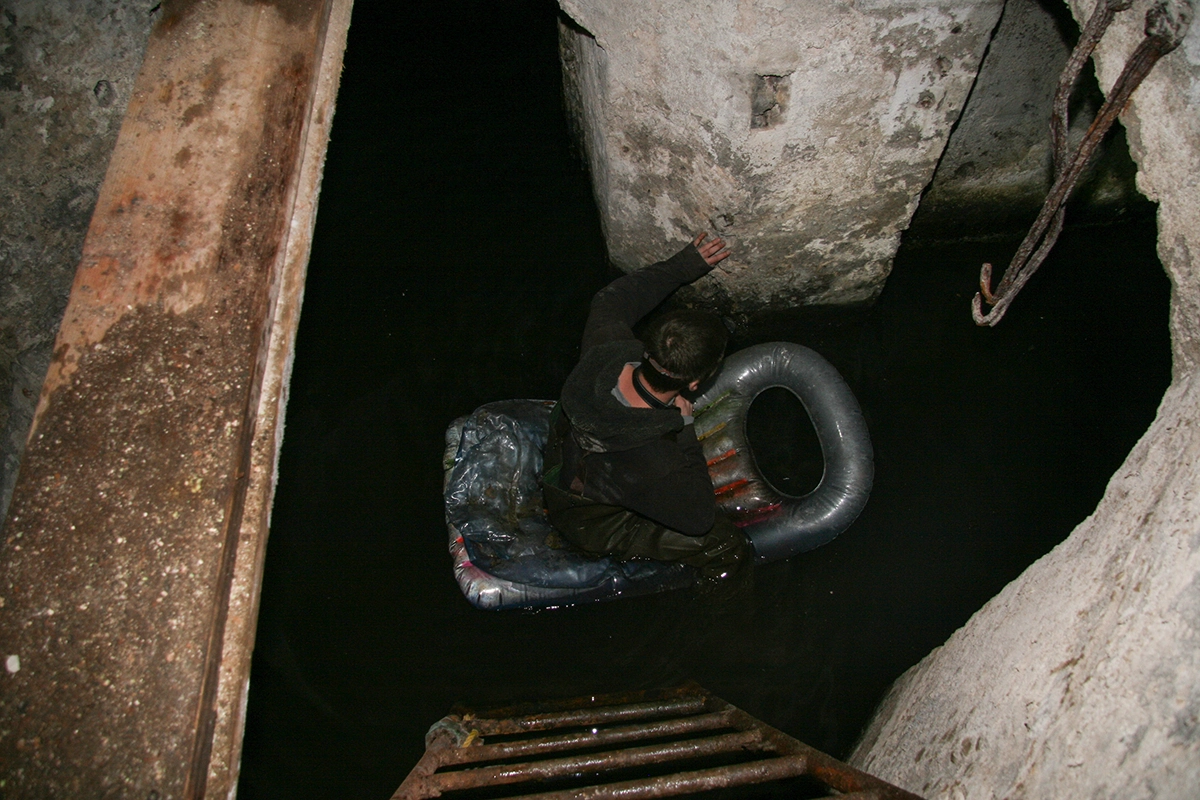
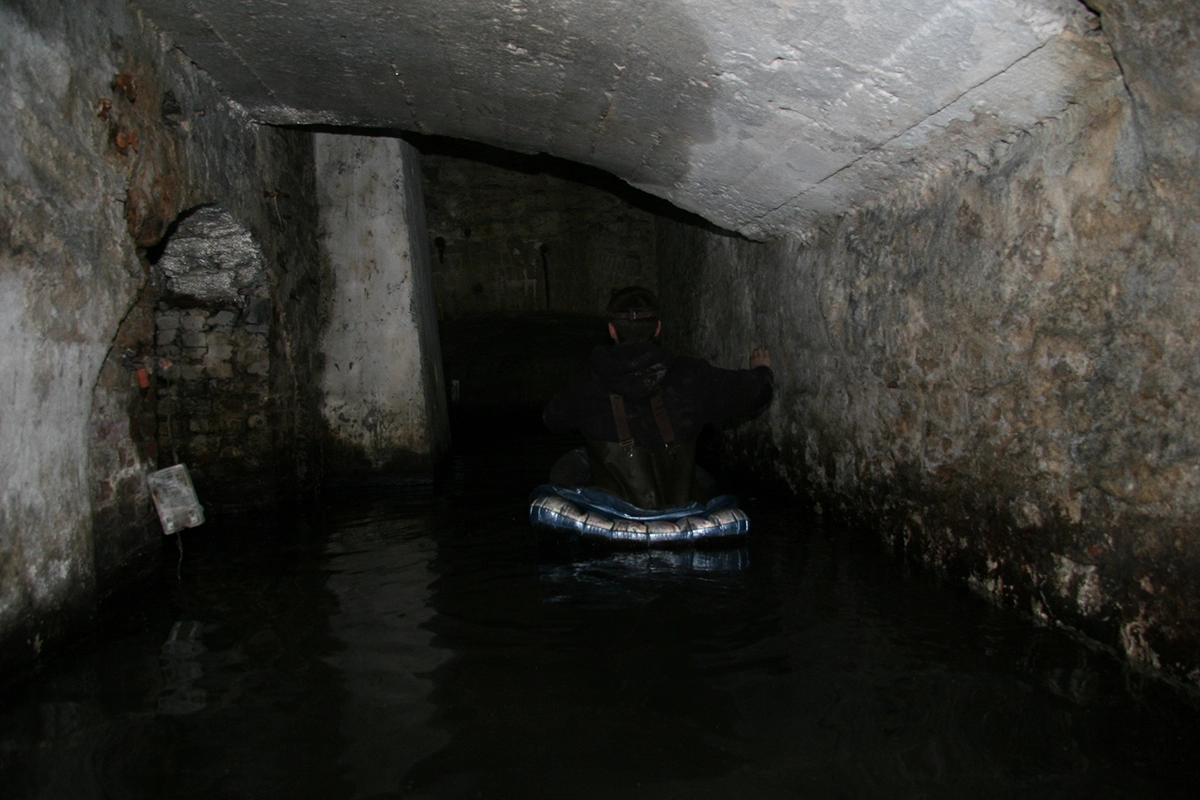
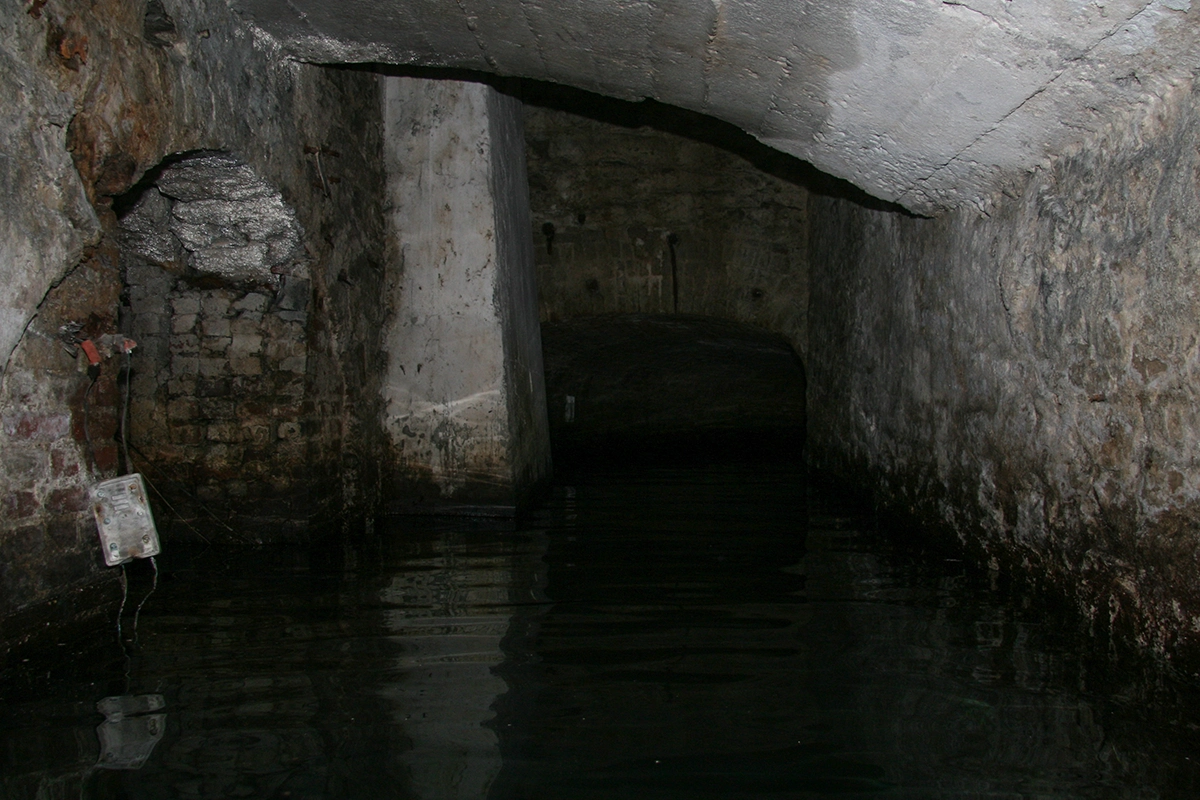
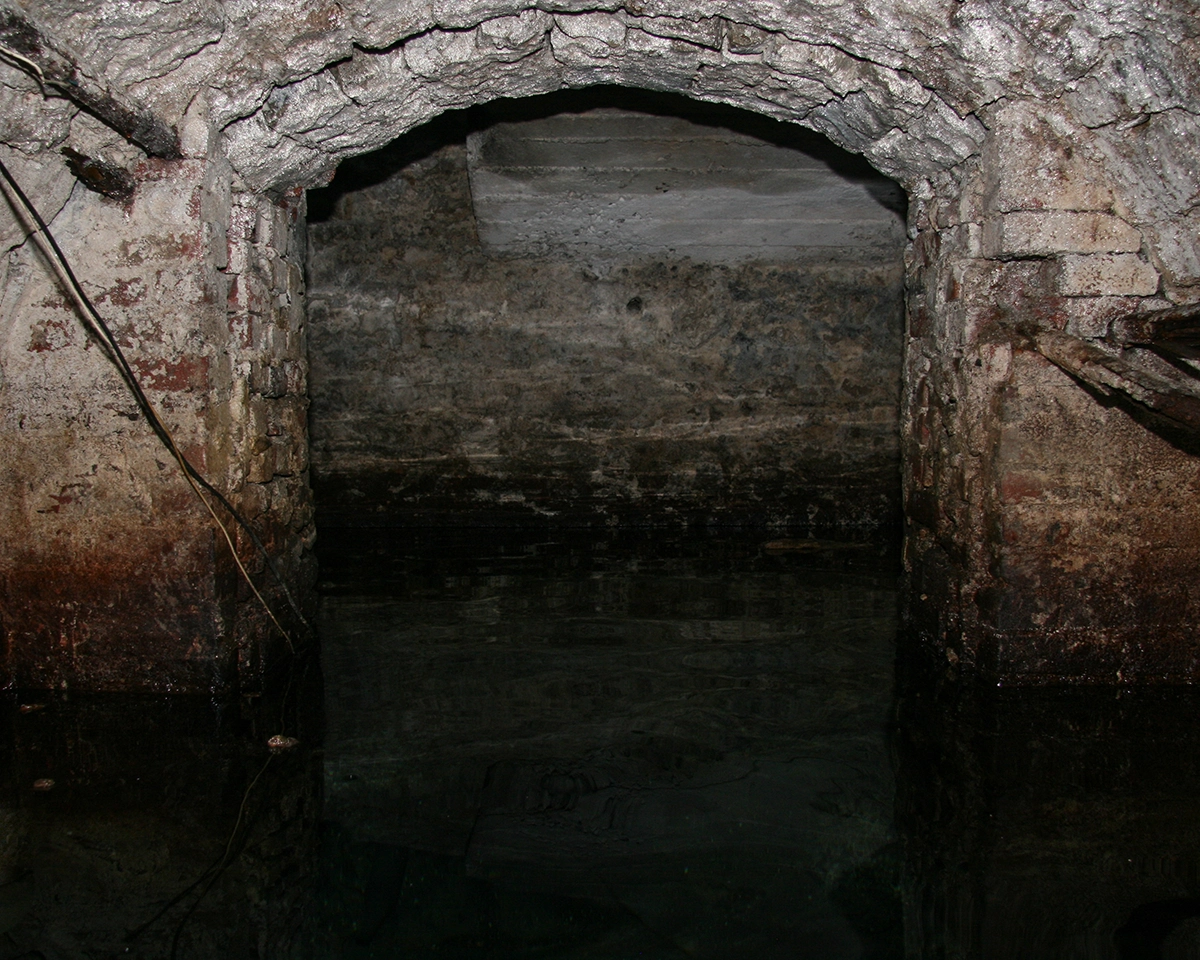
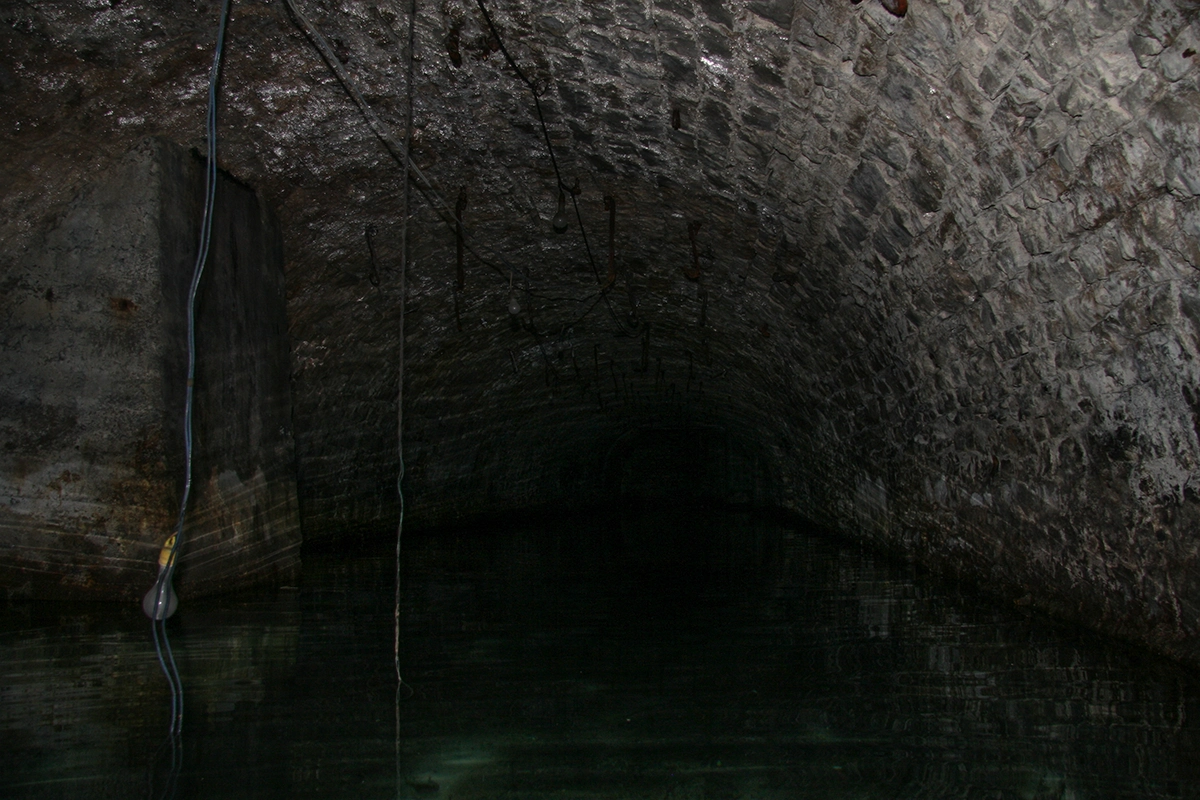
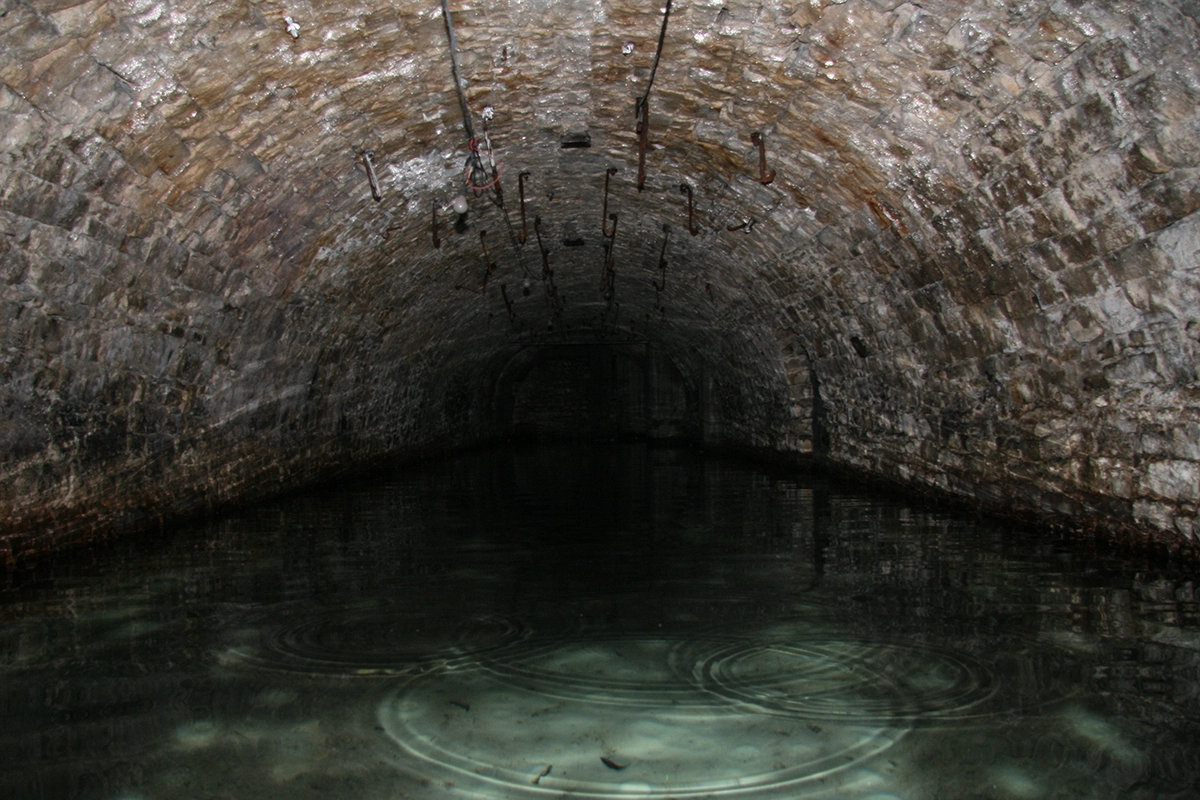
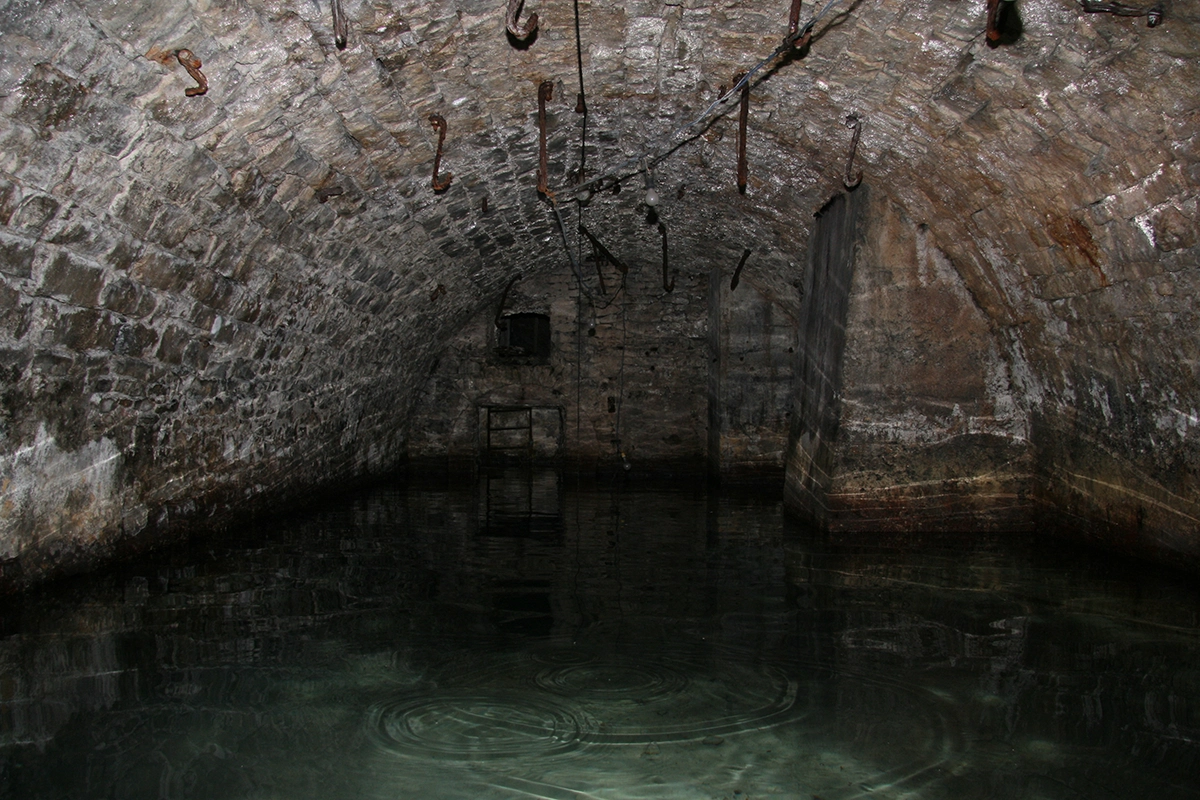
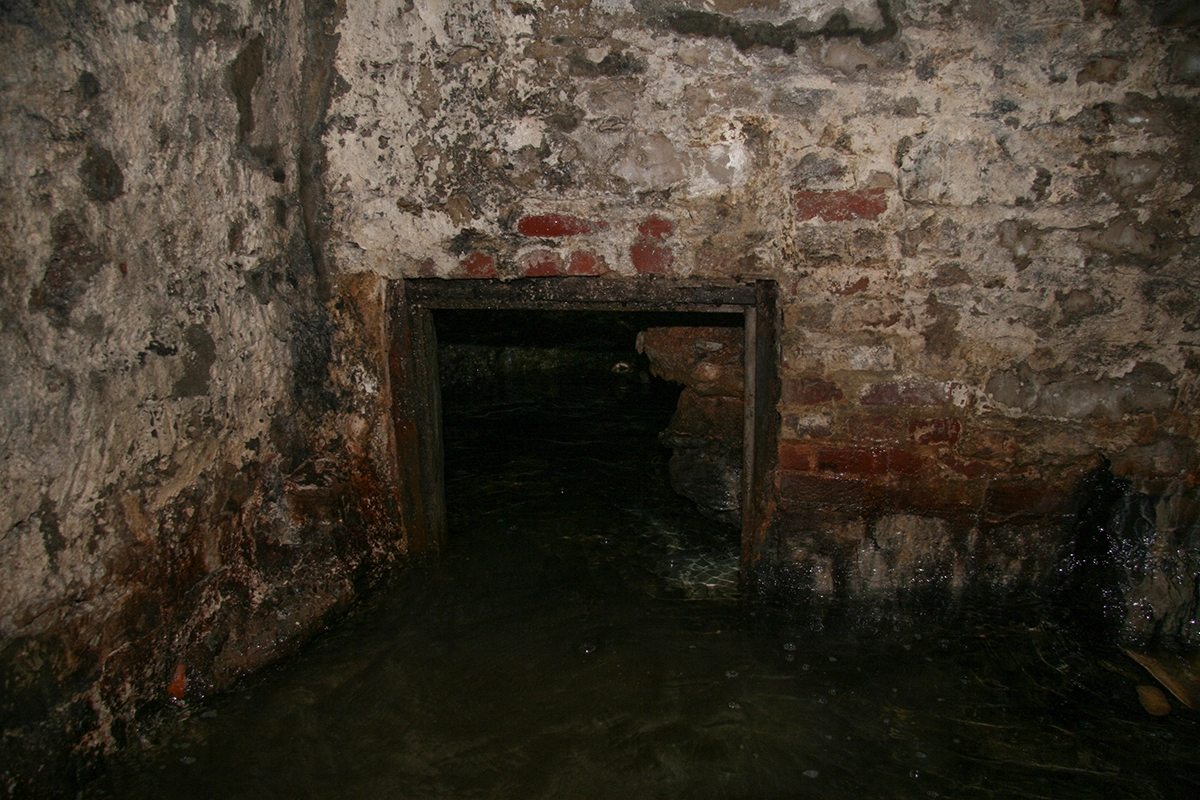
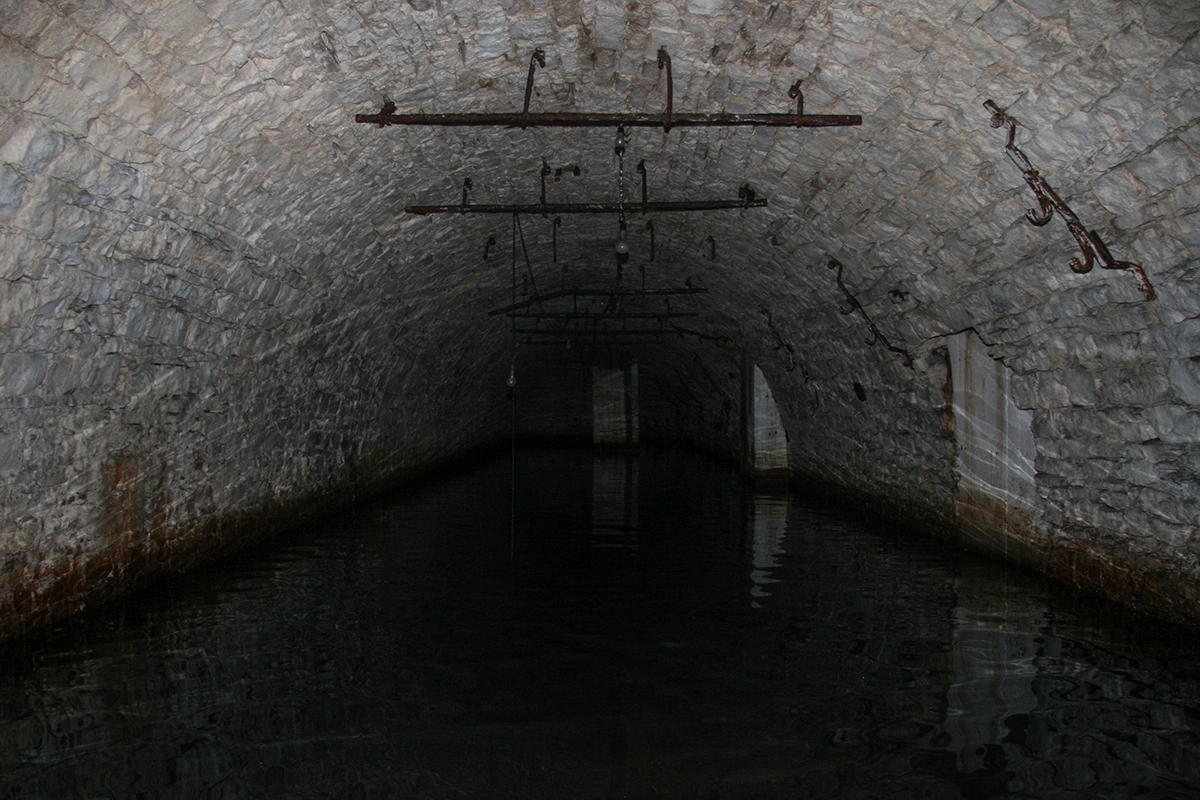
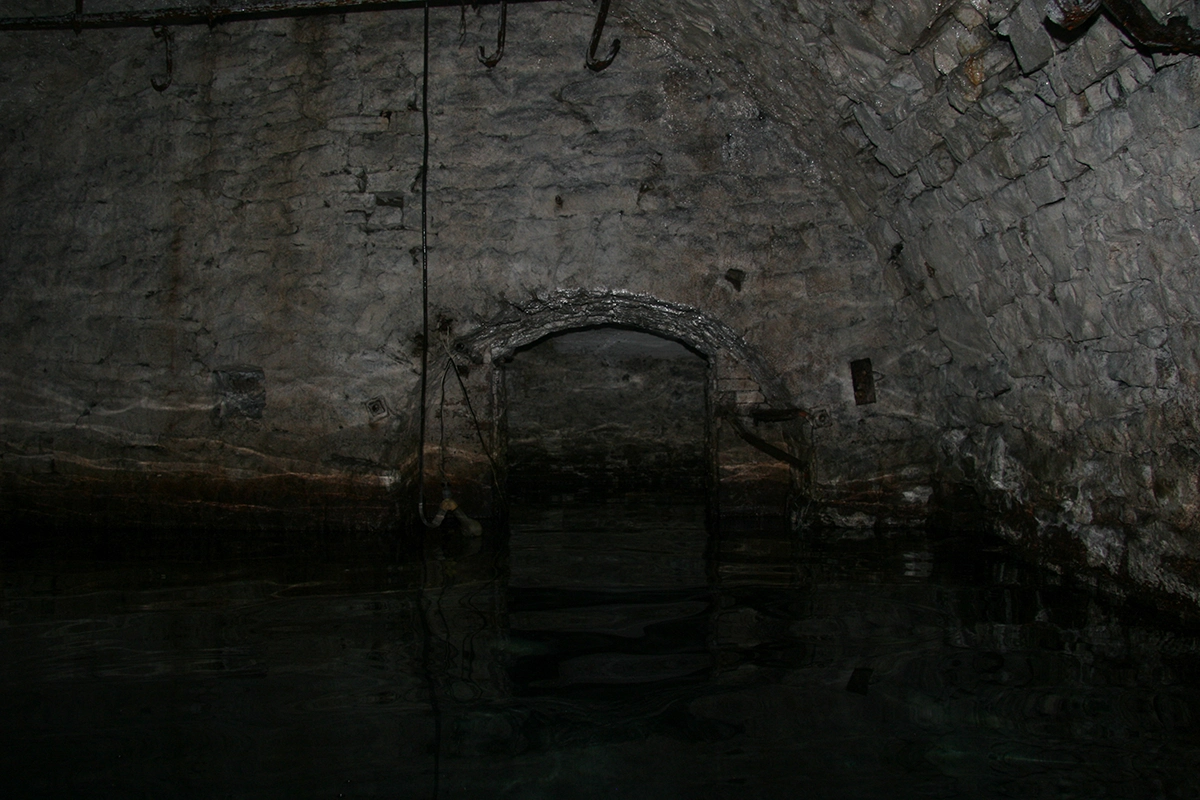
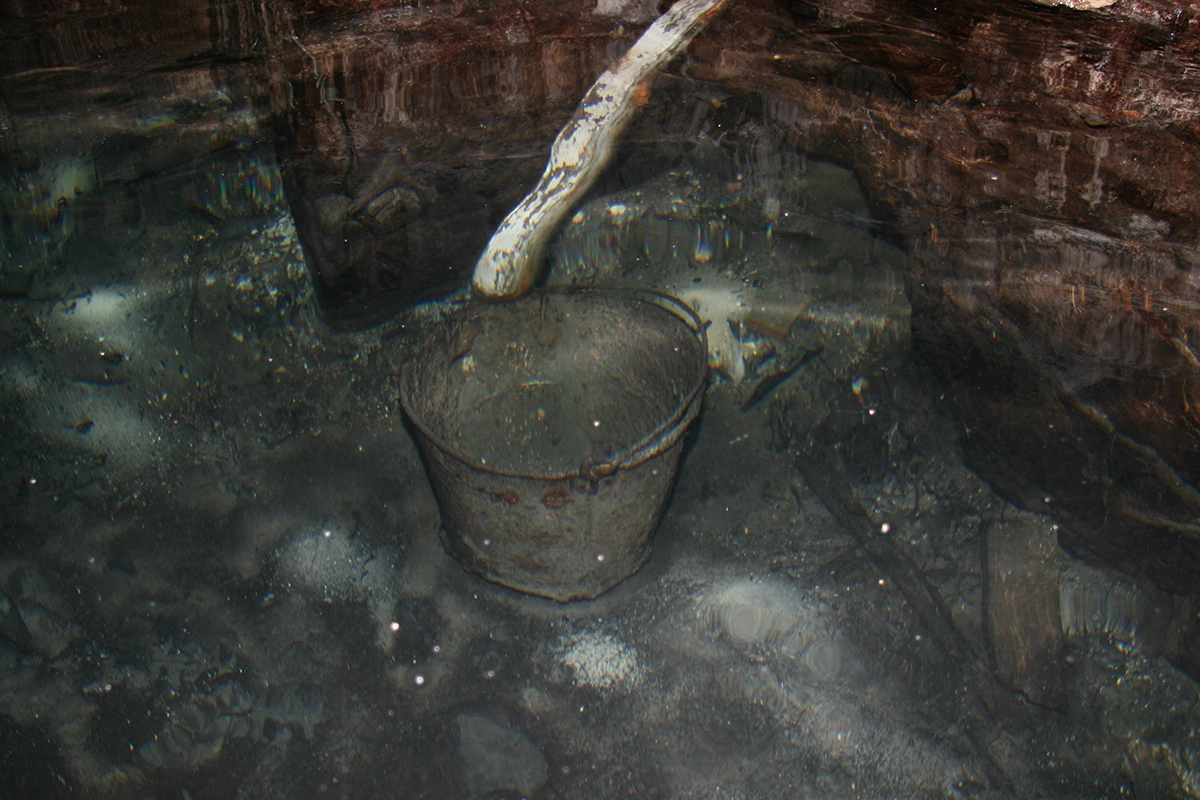
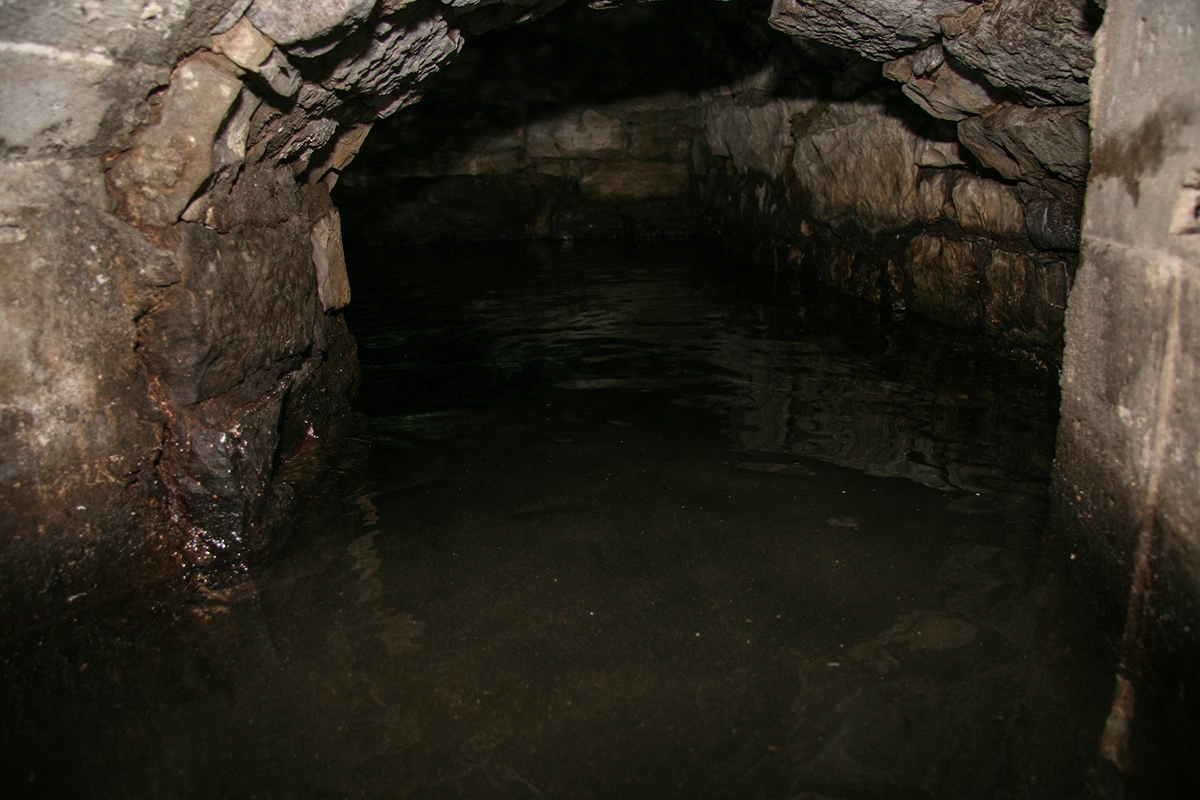
Labels: abandoned, beer, brewery, falstaff, saint louis, sublunar, urban ruins, urbex
